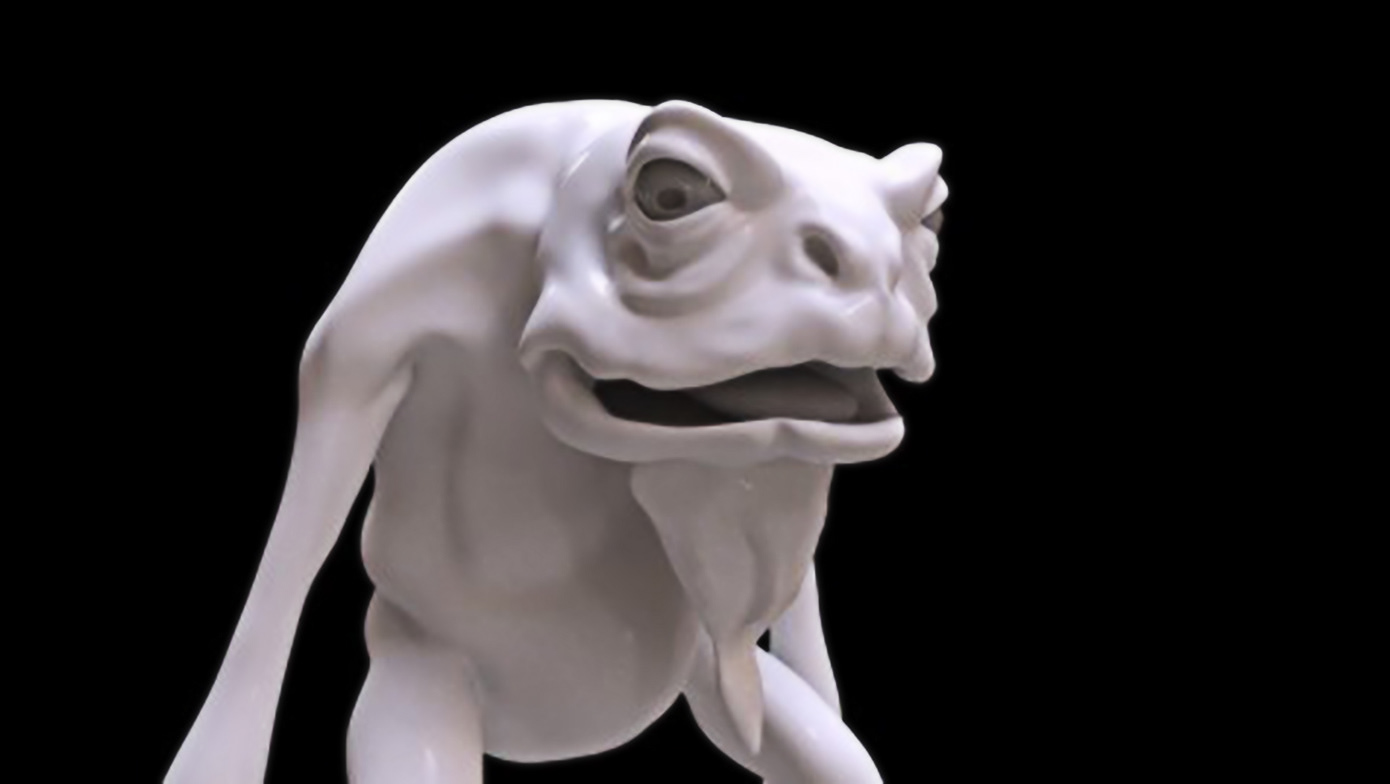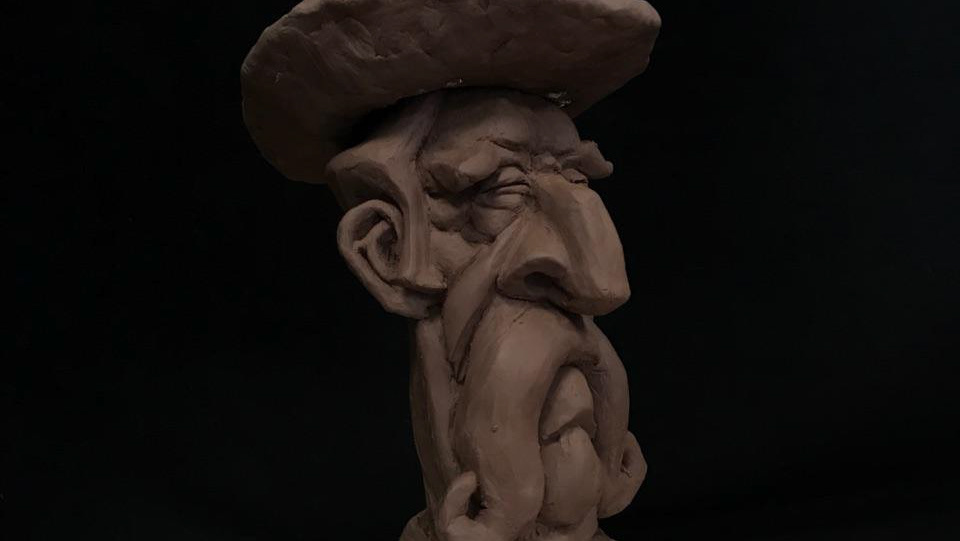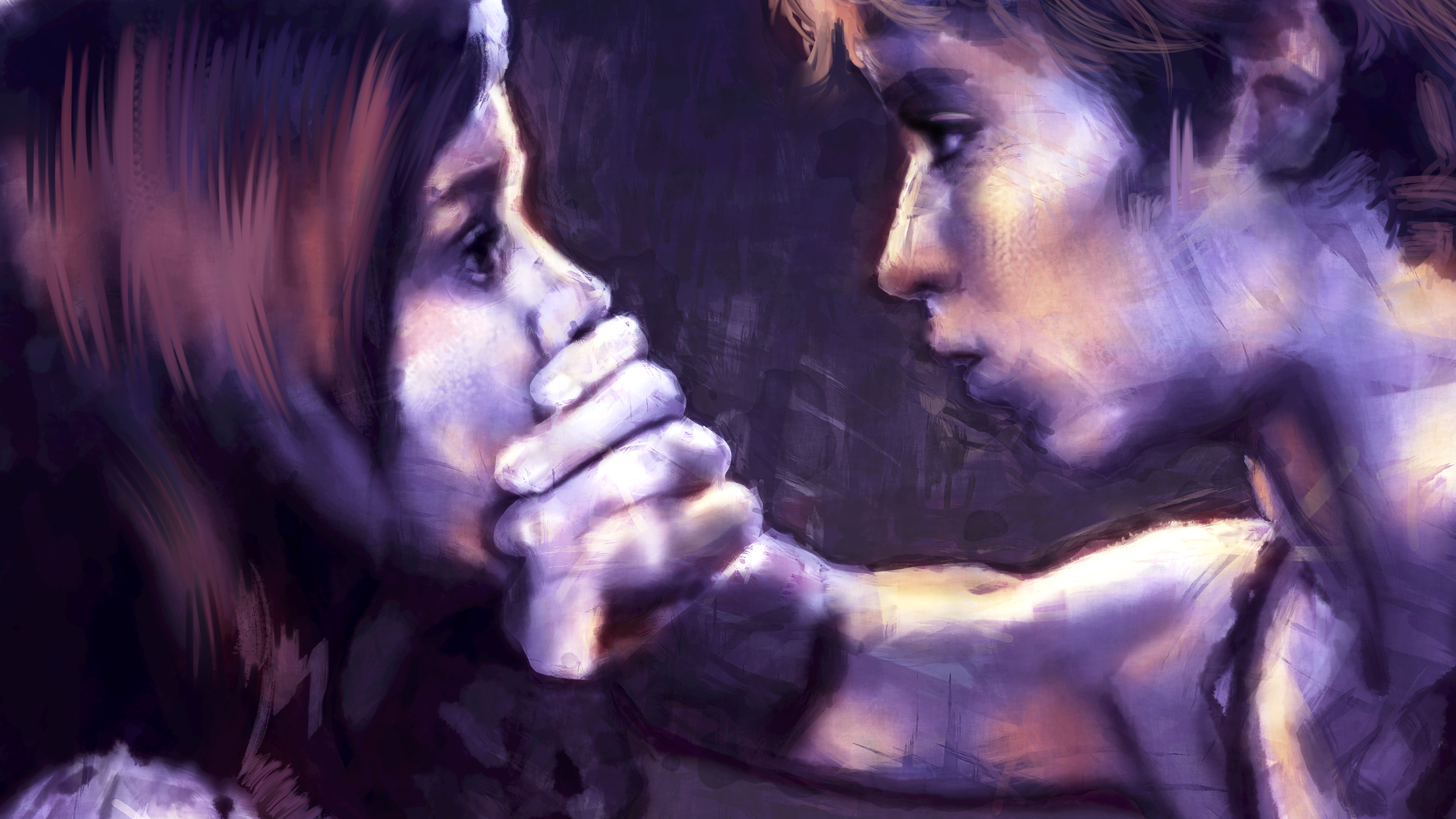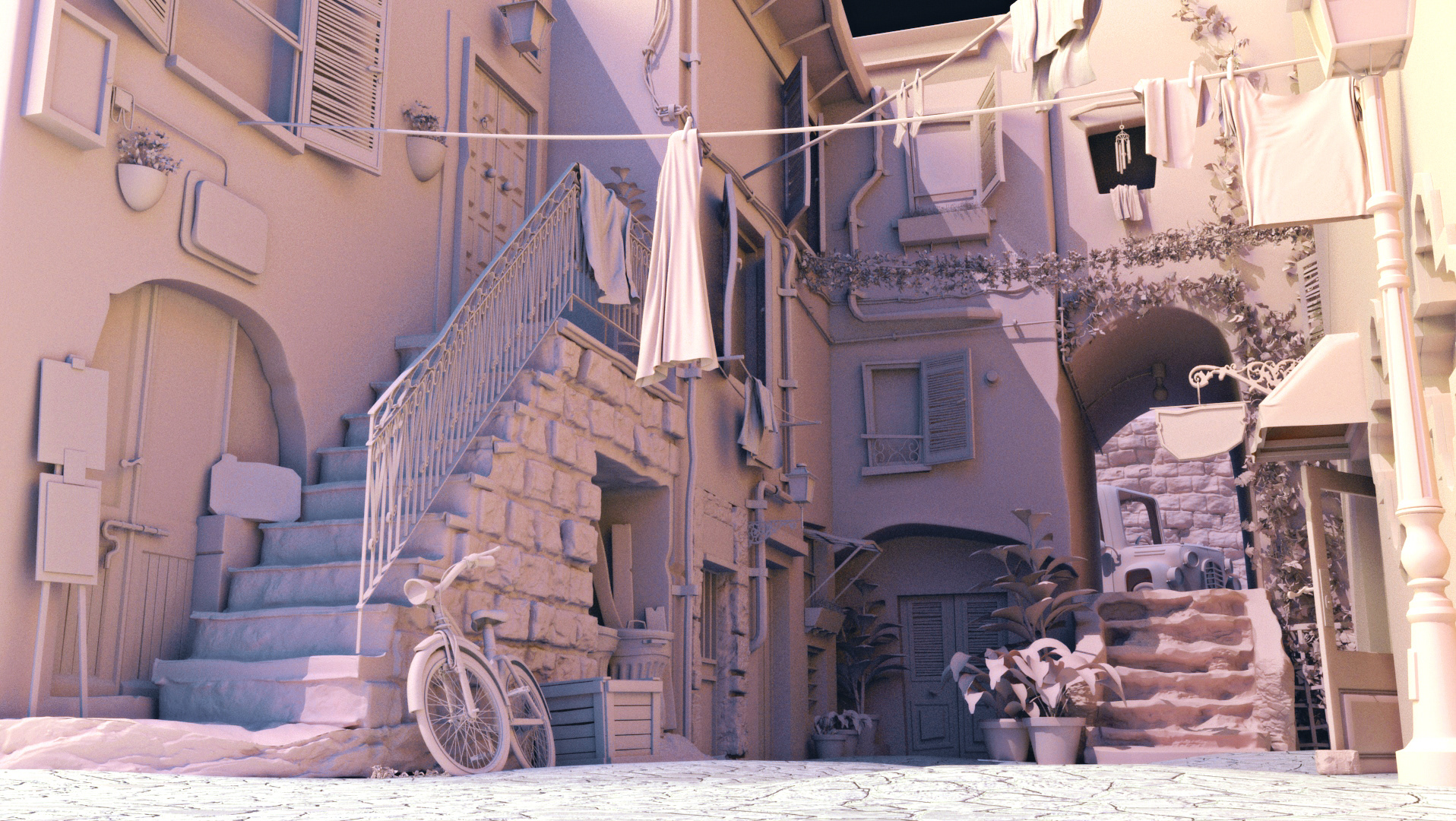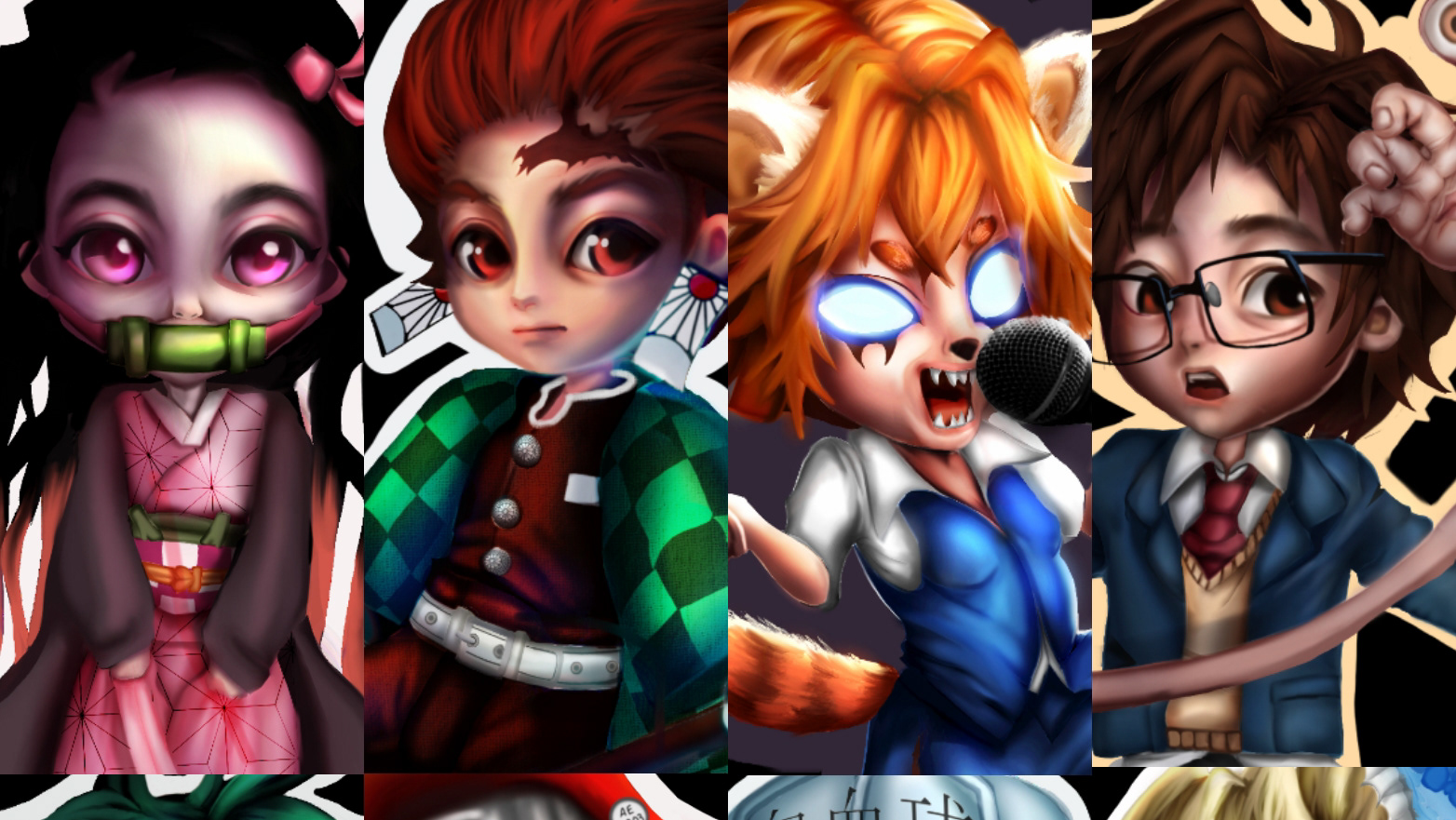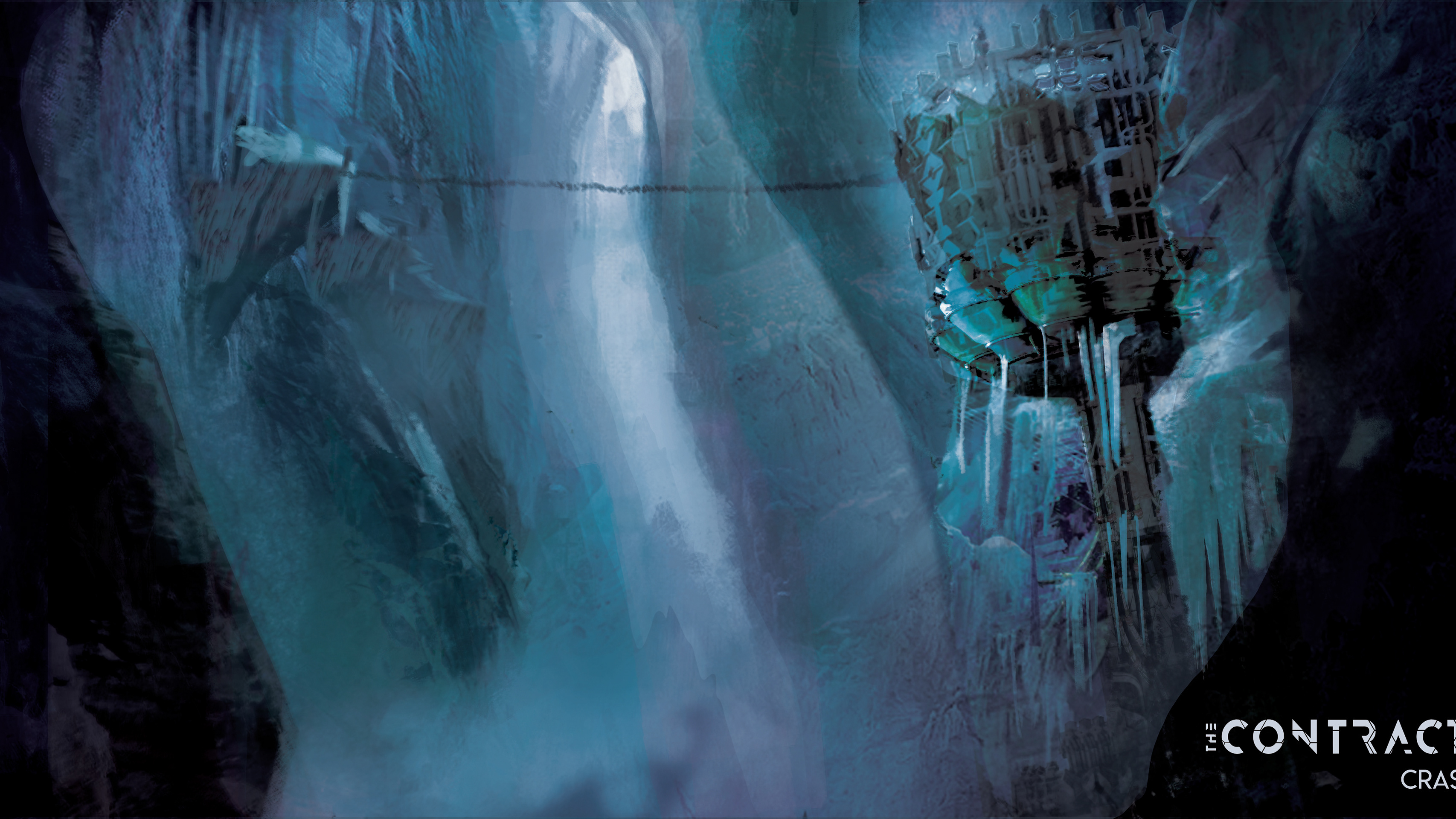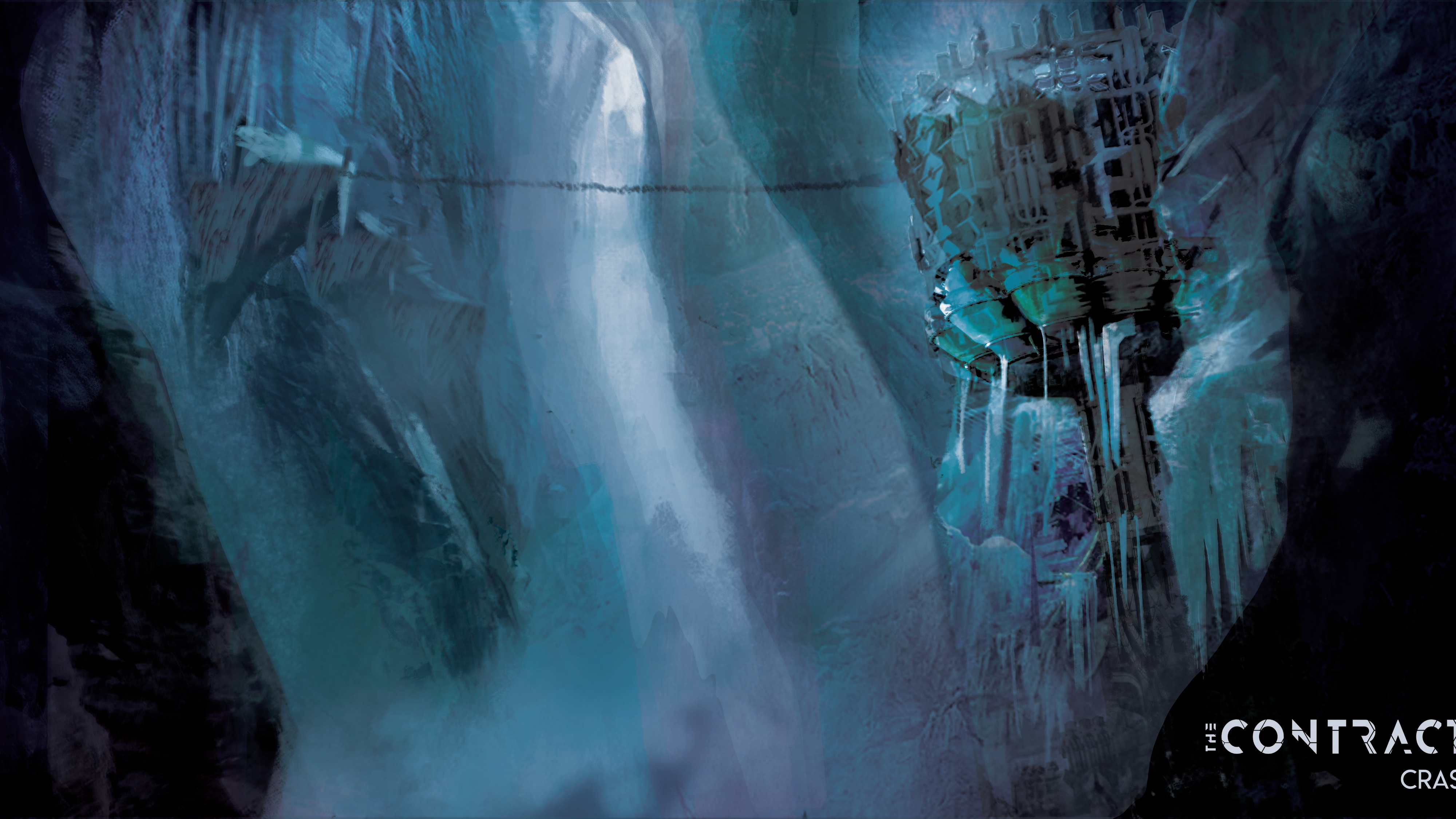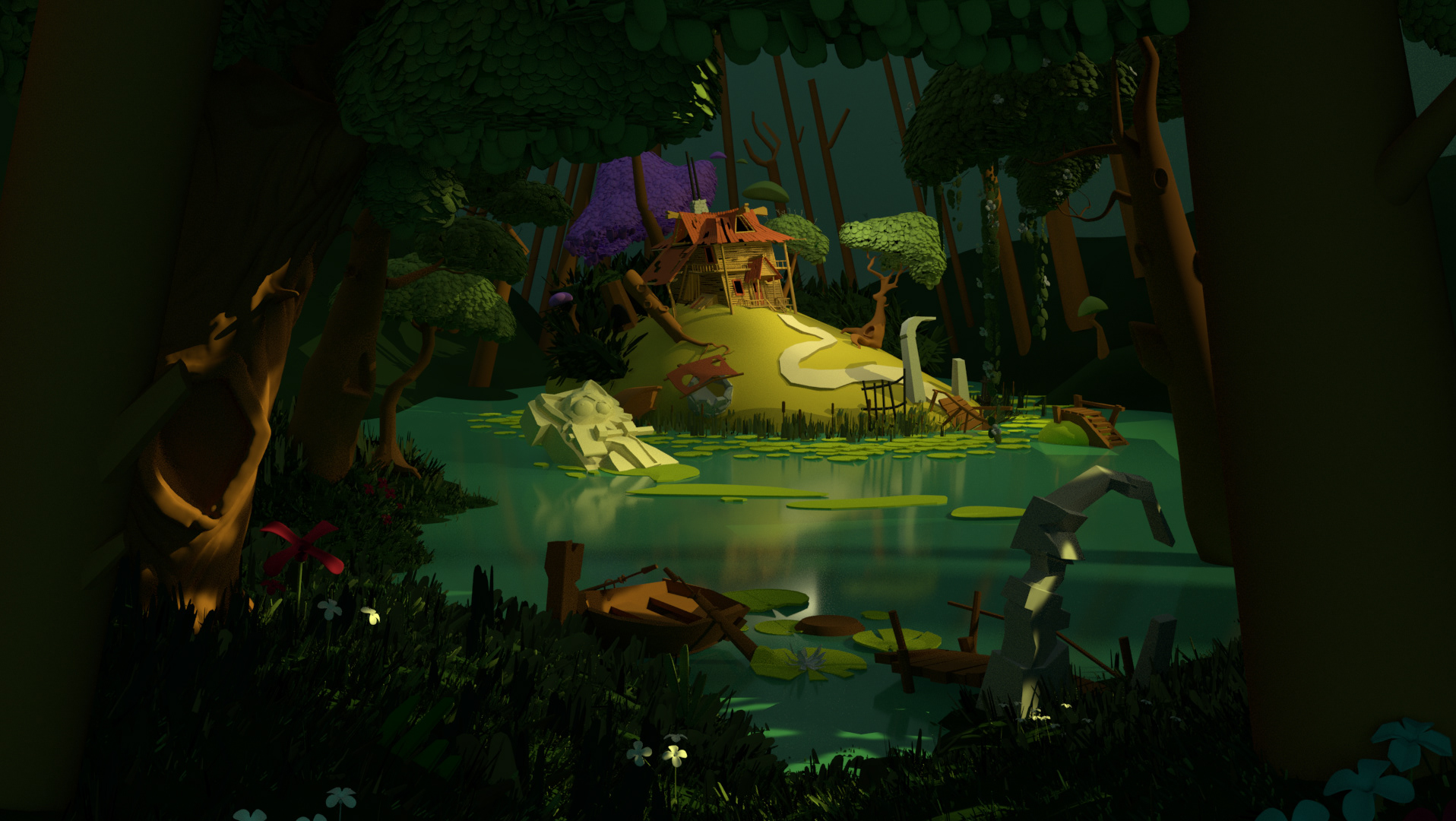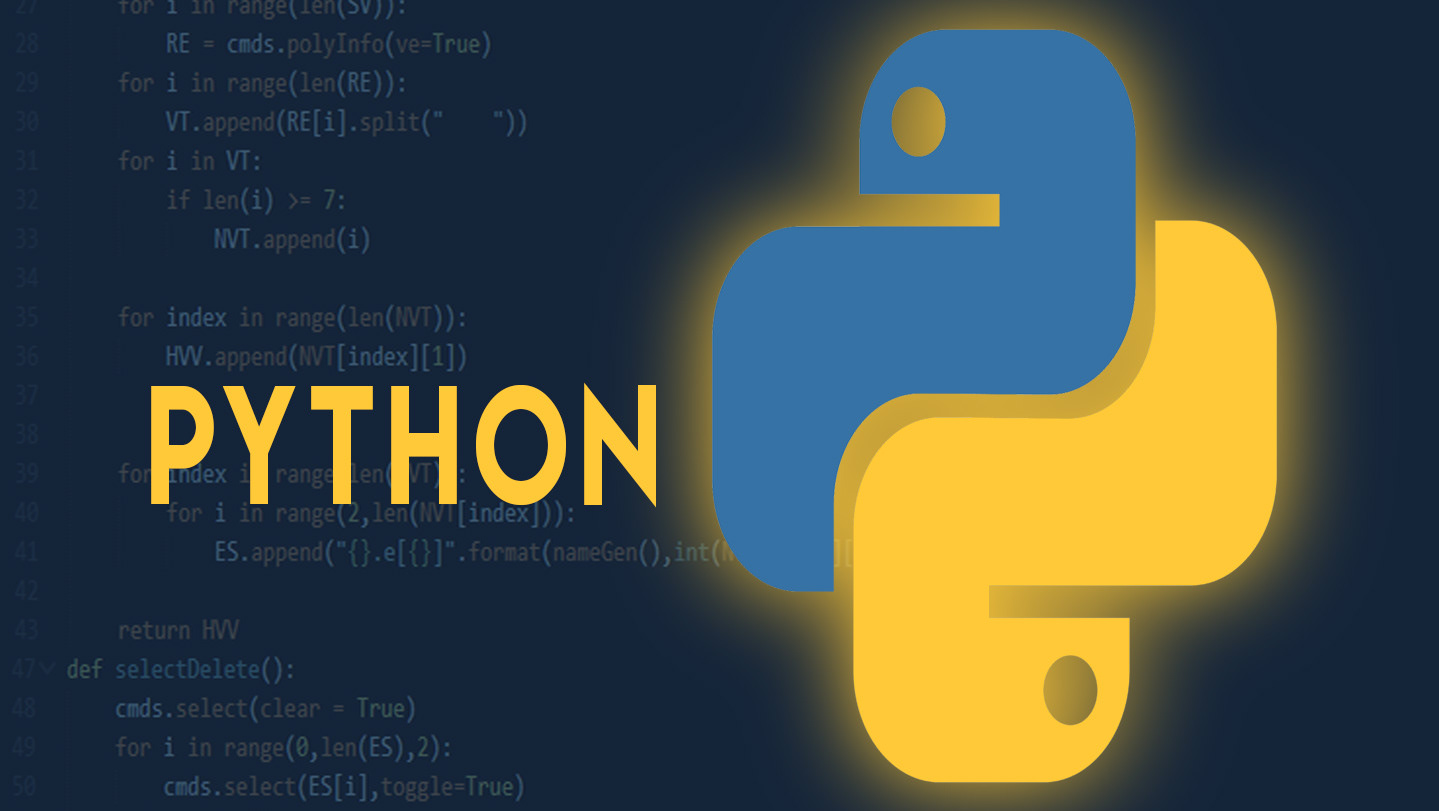Introduction
This is a blog documenting the progress of one of the University of Colorado Denver's Digital Animation centers senior thesis short. This short goes by the working title of monster roommates. This story is about a group of monster roommates and one human roommate. The human roommate cleans up the apartment and cooks a meal preparing for their Significant other to visit for the first time. When the Human roommate goes to pick up their date when the monsters accidentally make a mess out of the apartment. So the monsters have to work together to clean the place up before the humans come back.
Blog
DACD: Pre-Production
Spring 2020
these are the frames that I was responsible for for the first pass of the storyboards for our project. with this pass we just wanted to focus on telling the bare bones of the story. in this sequence we see that the human roommate and the significant other return to see that the monster roommates have cleaned up the mess and prepared a monster-esque meal for them.
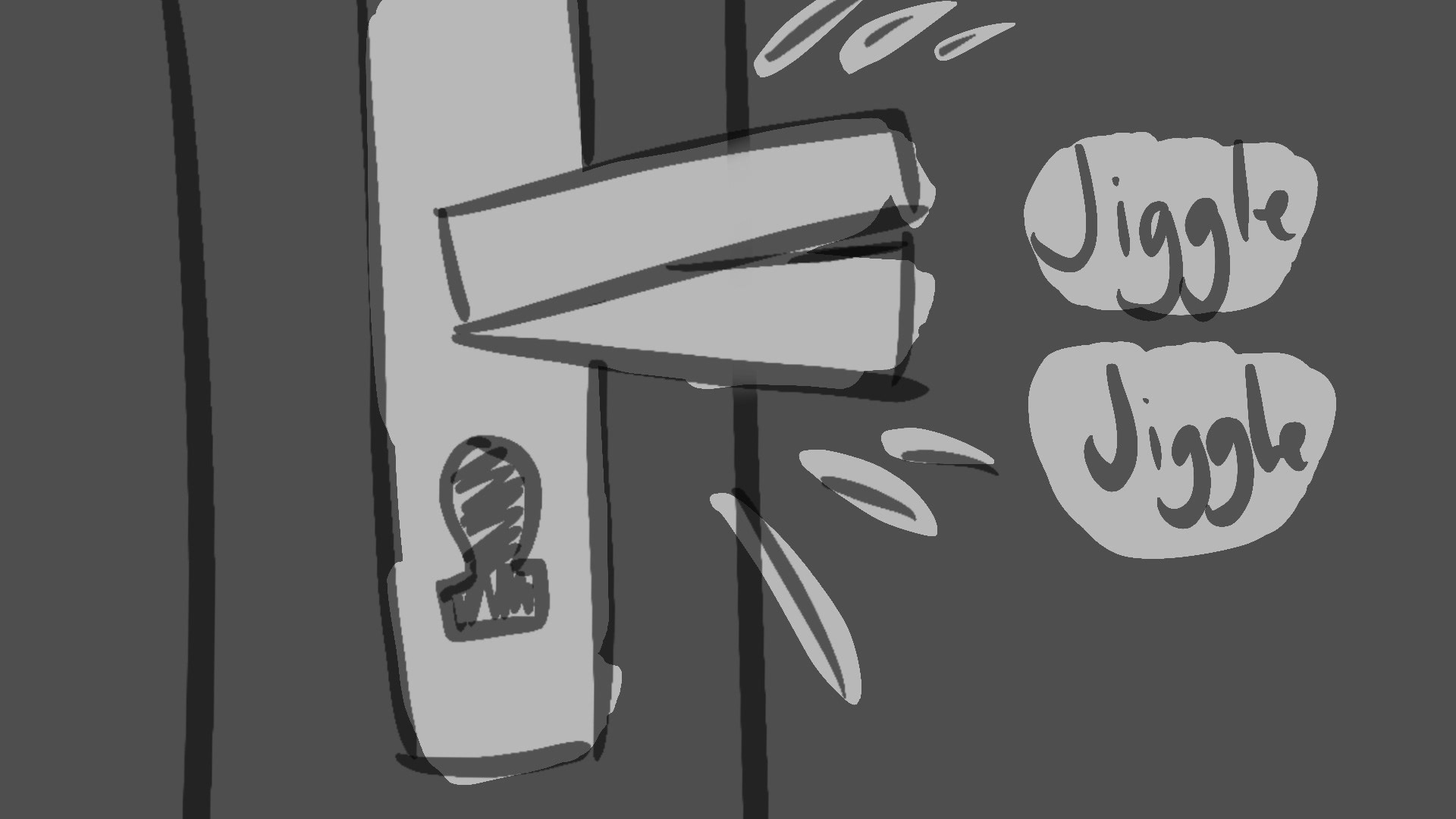
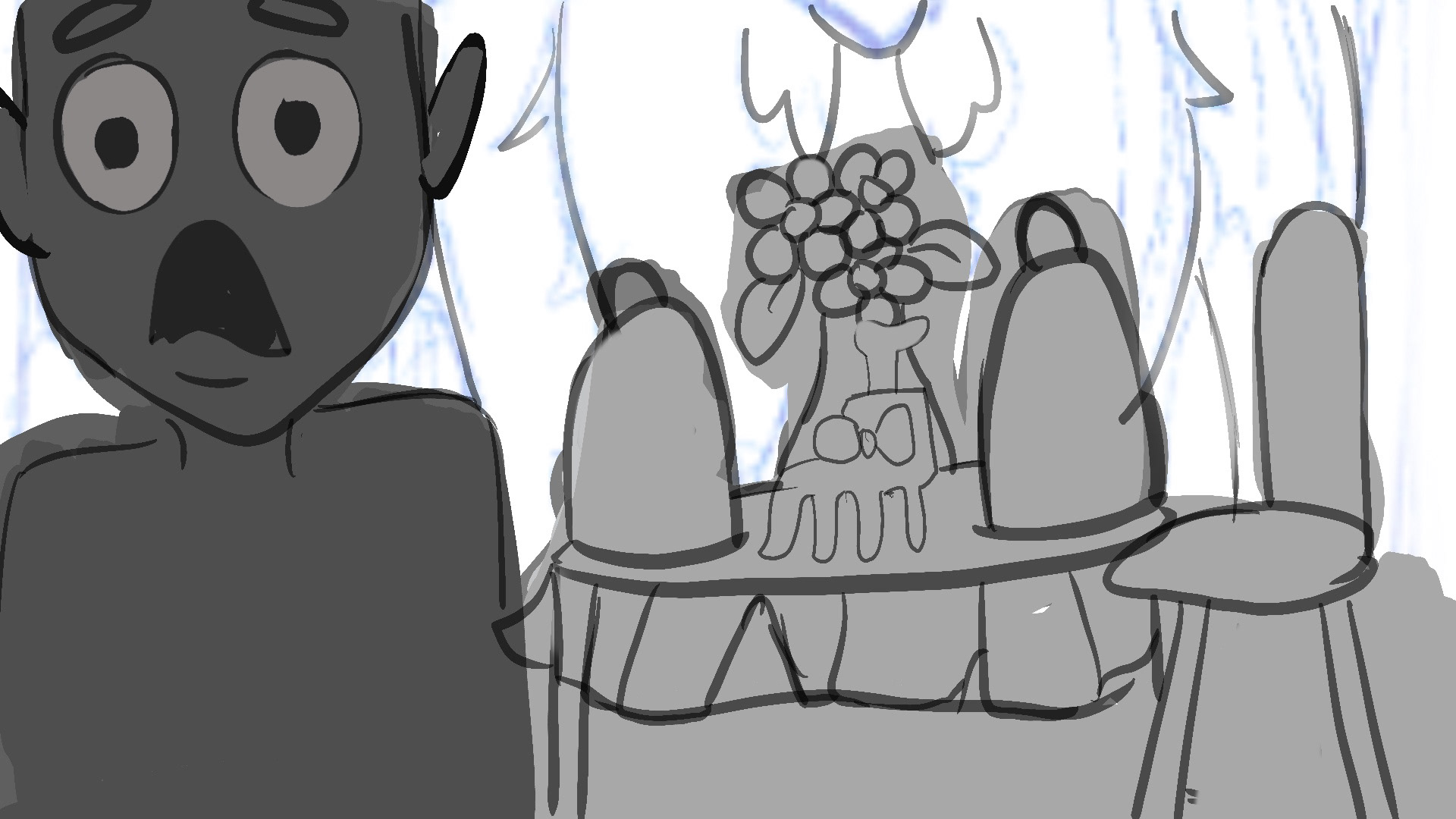
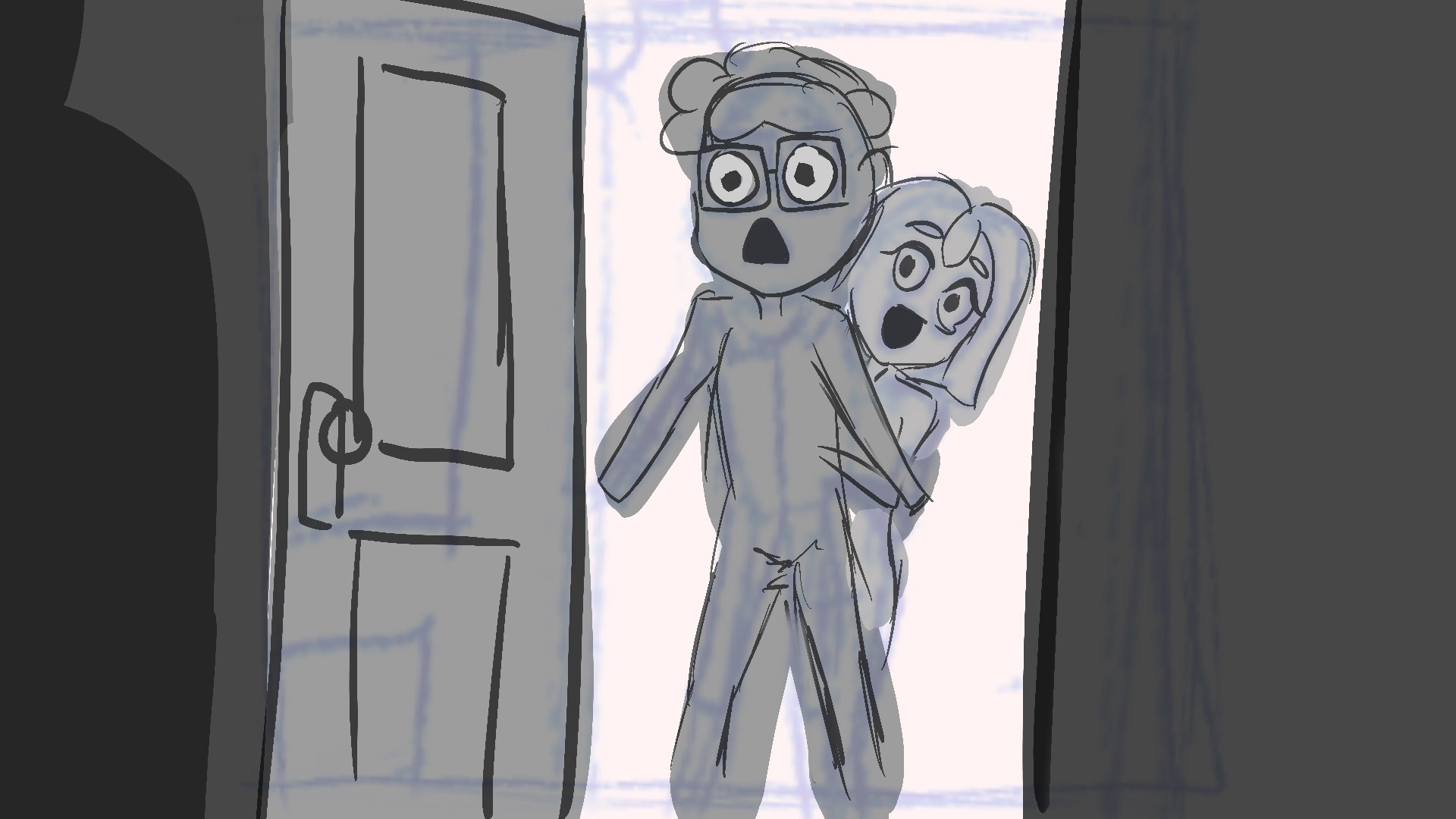
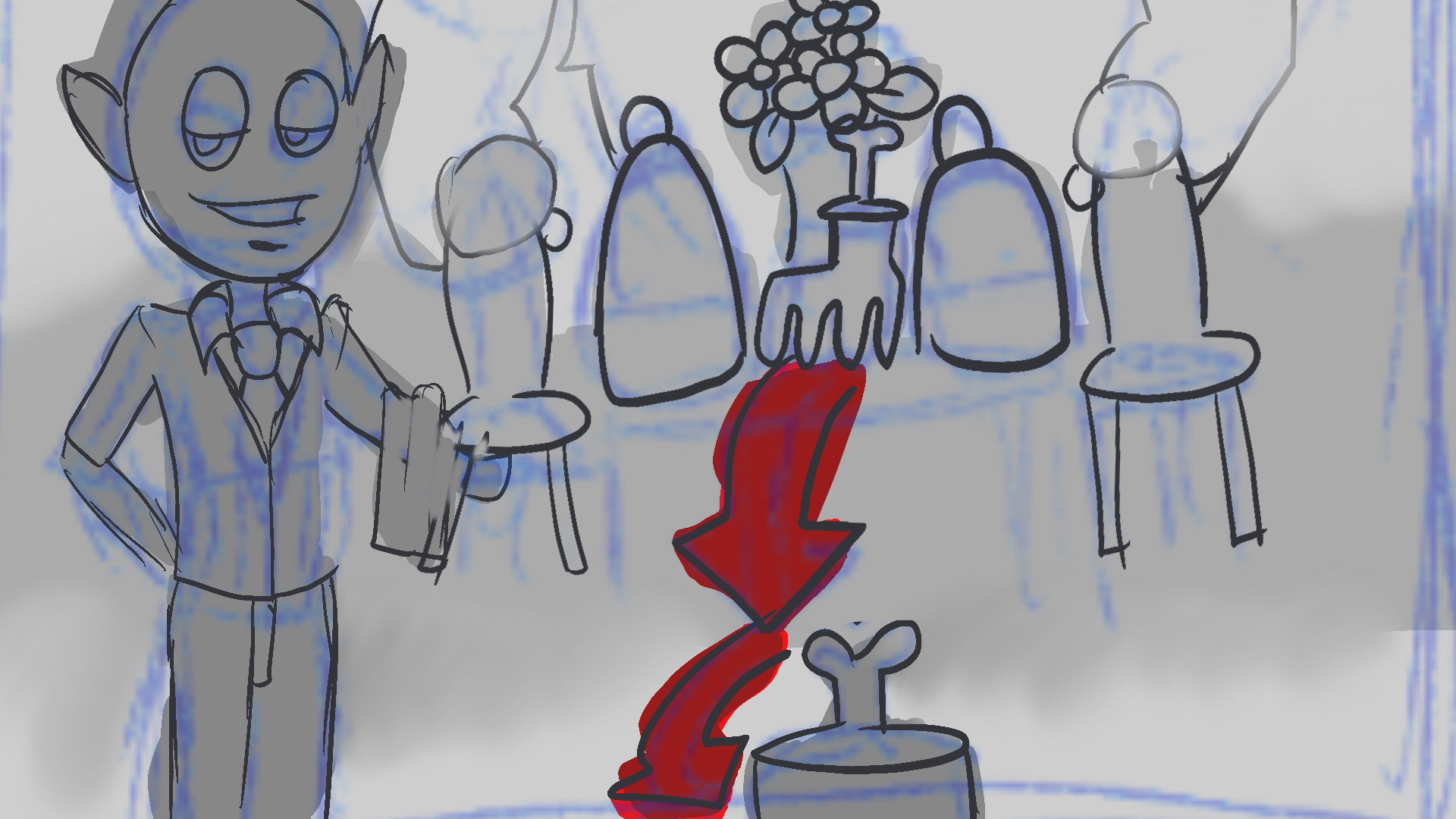
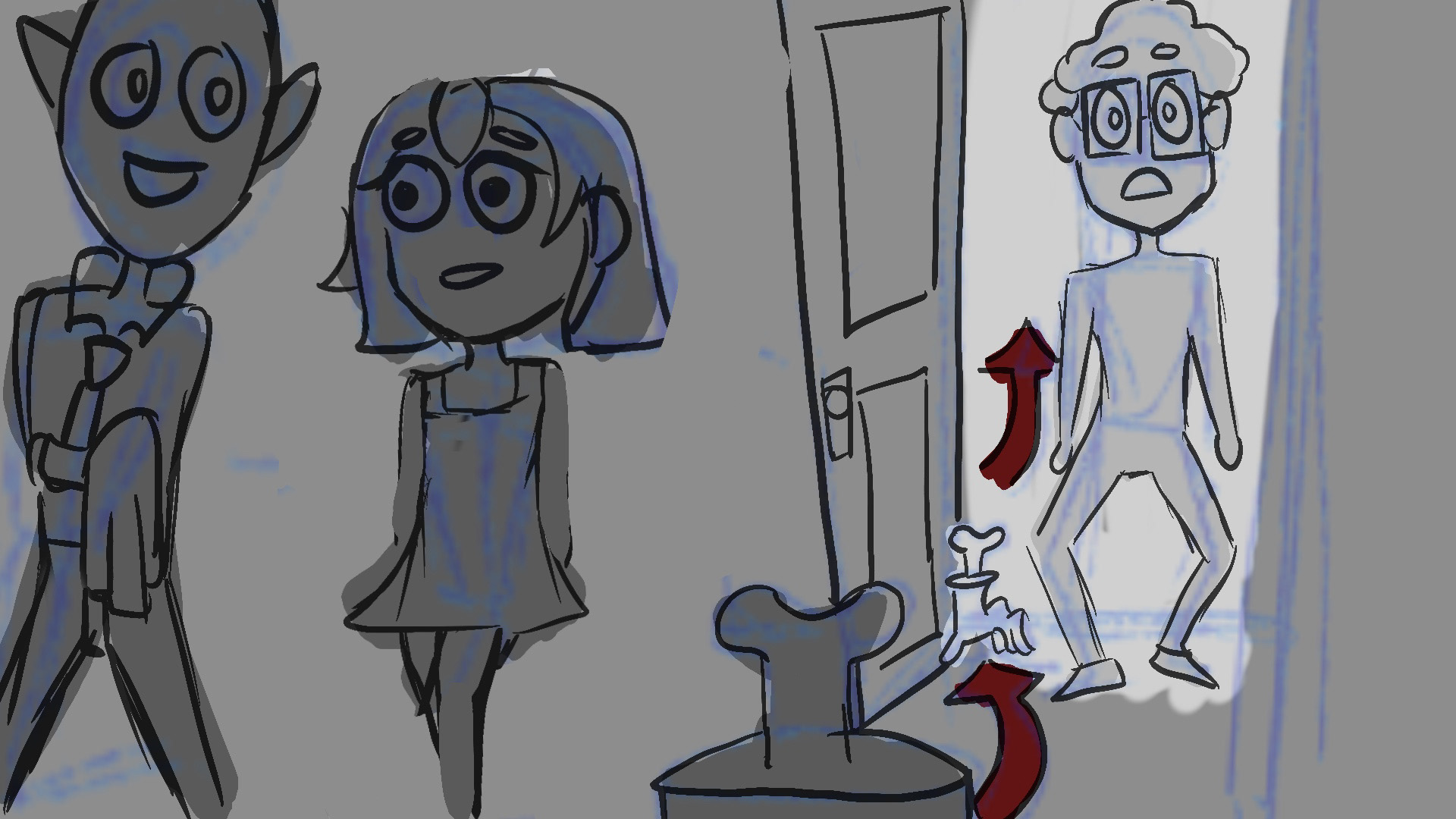
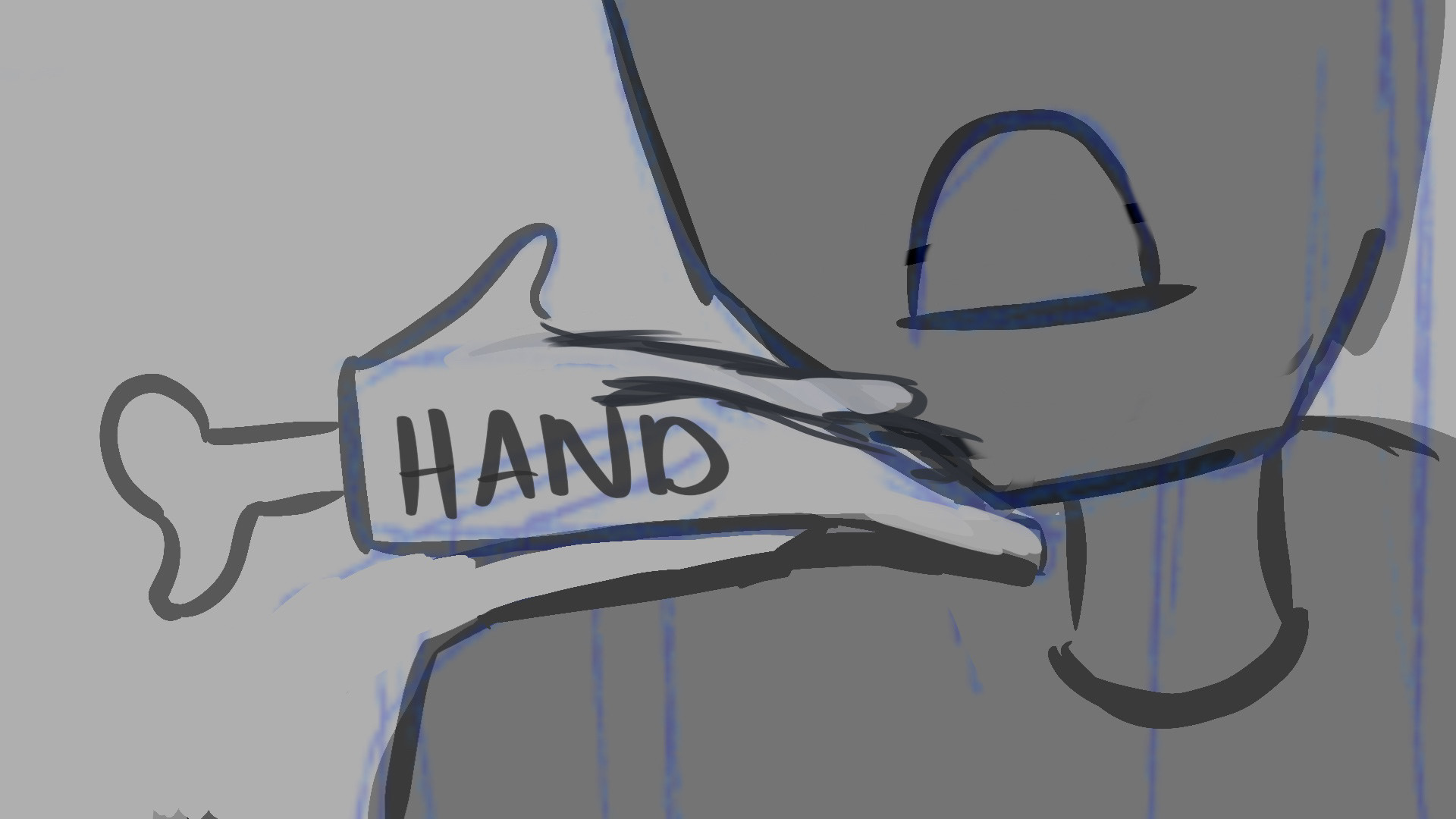

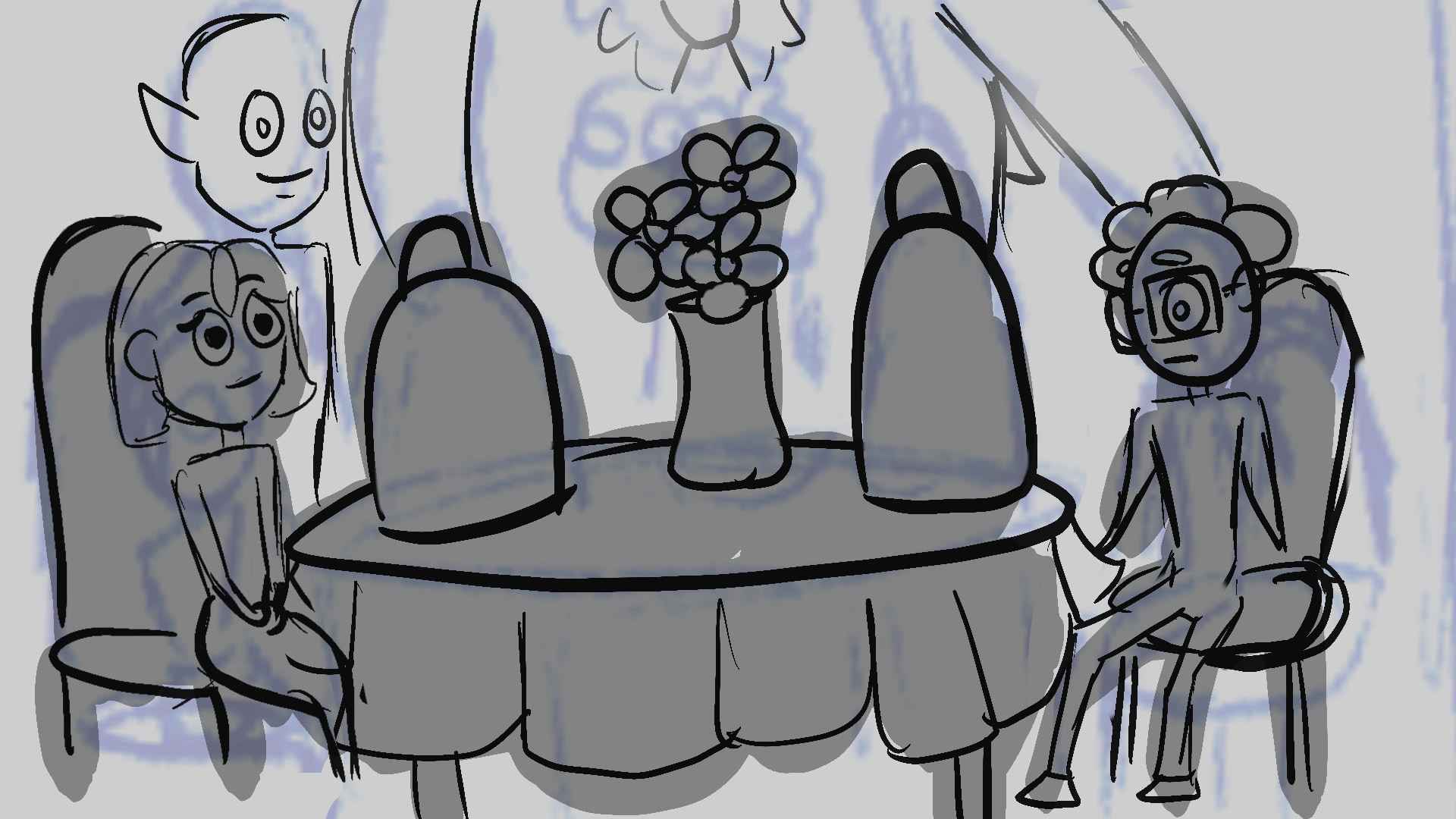
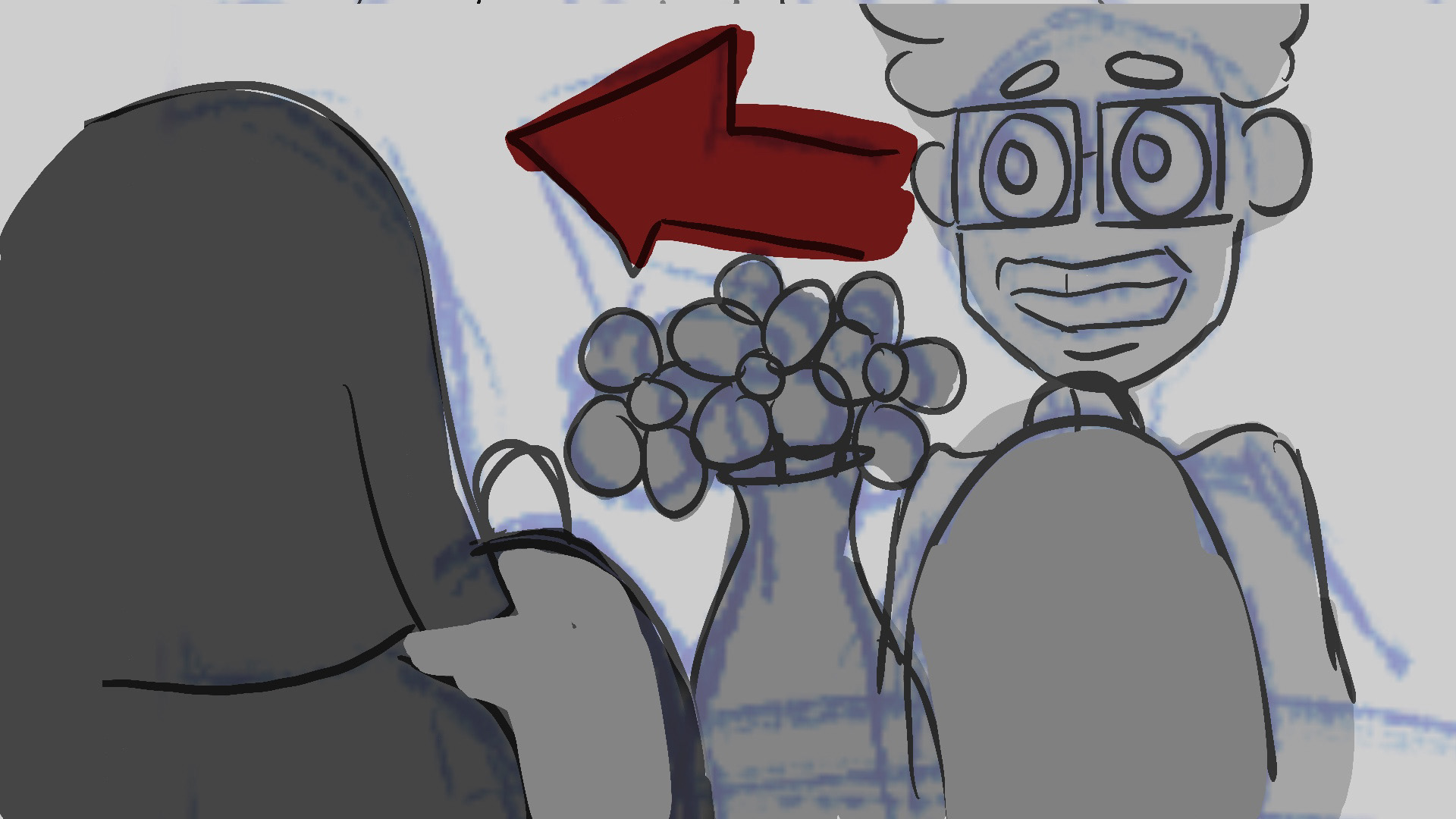
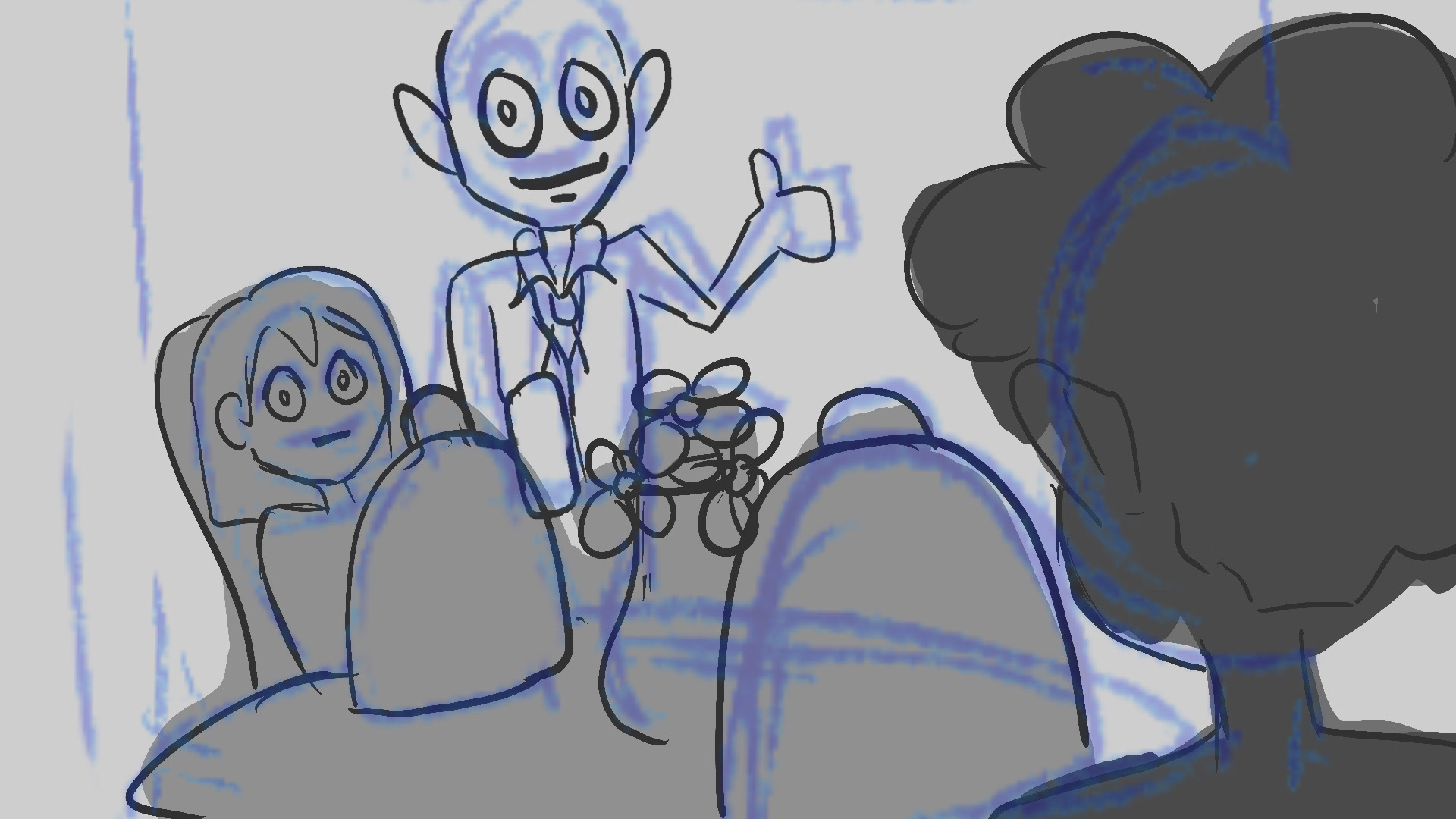
These drawings are a pass of silhouettes of the characters in our short. We are trying to get a feel of the scale of the monsters and look down and see how they look compared to the human characters. The silhouettes also help us explore the form and shape of the monsters before we have to commit to details.
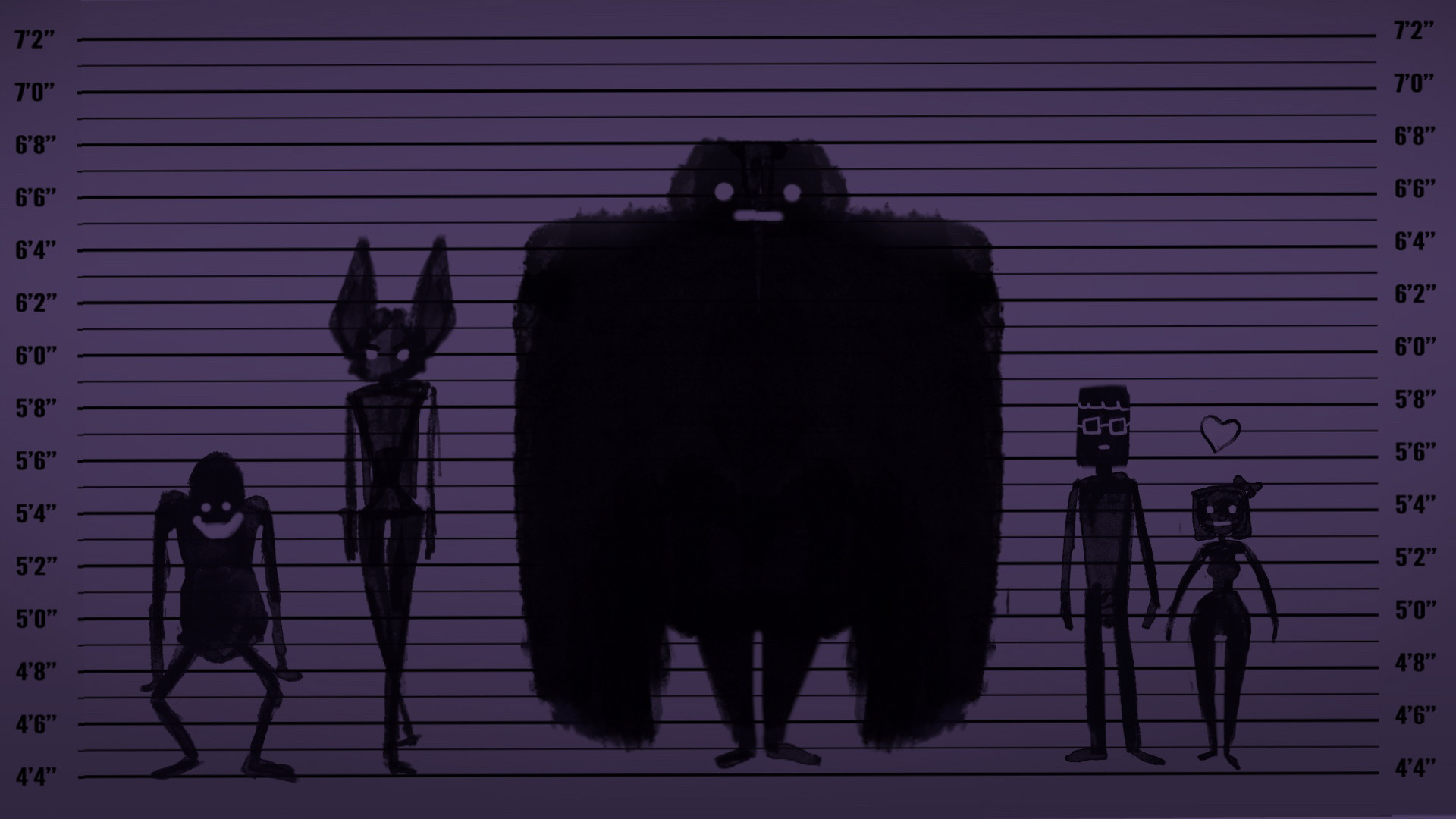
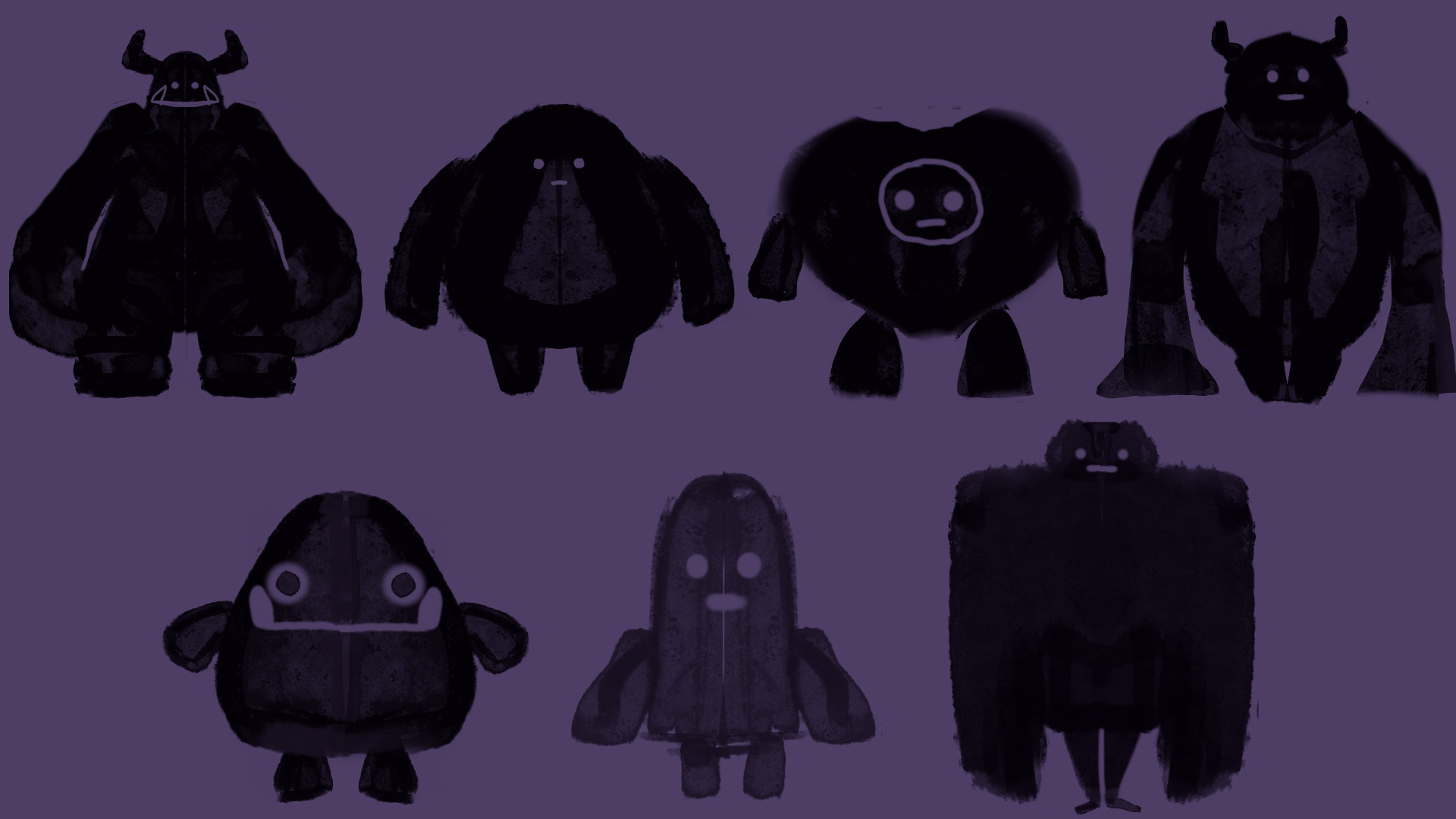
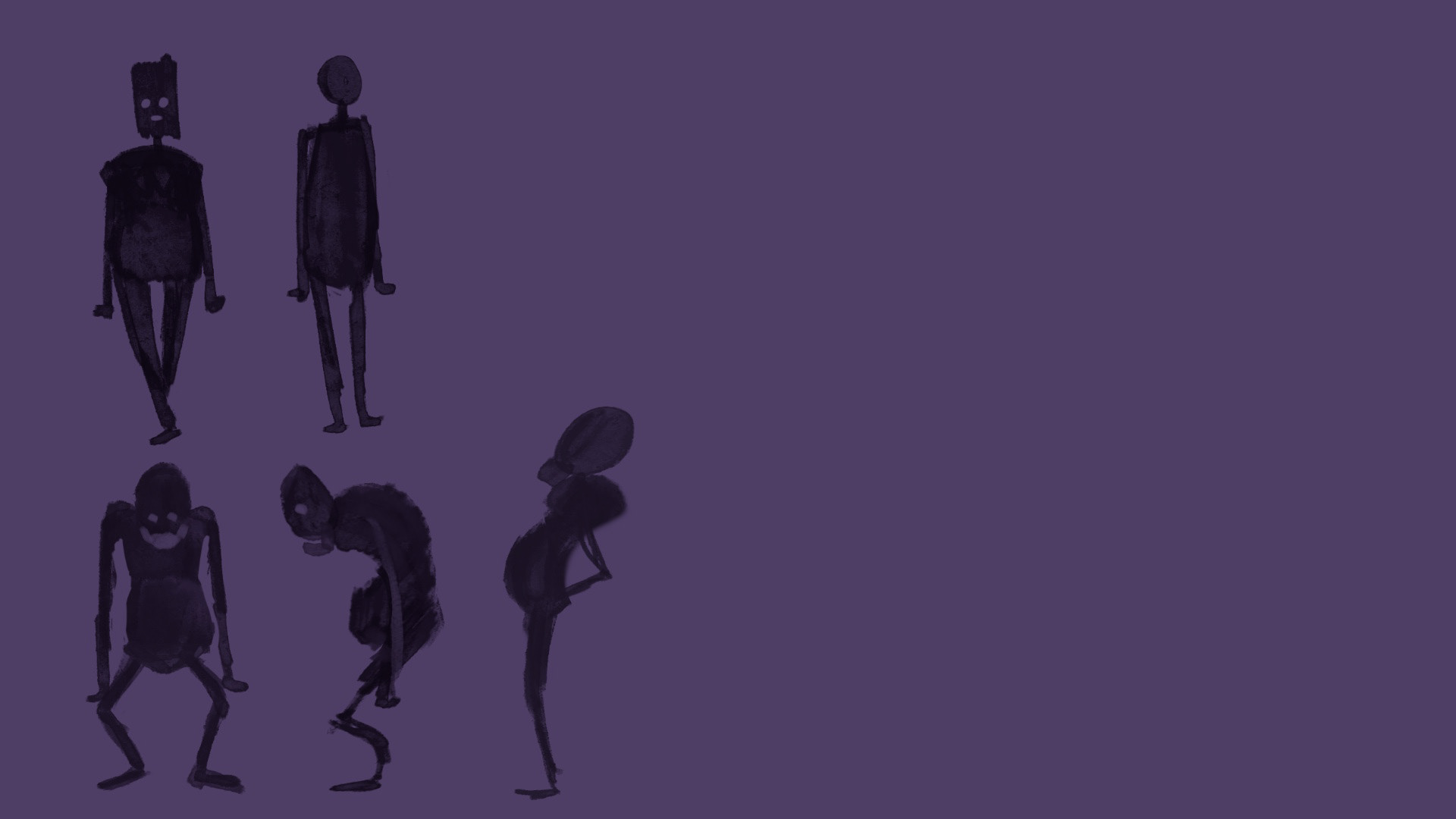
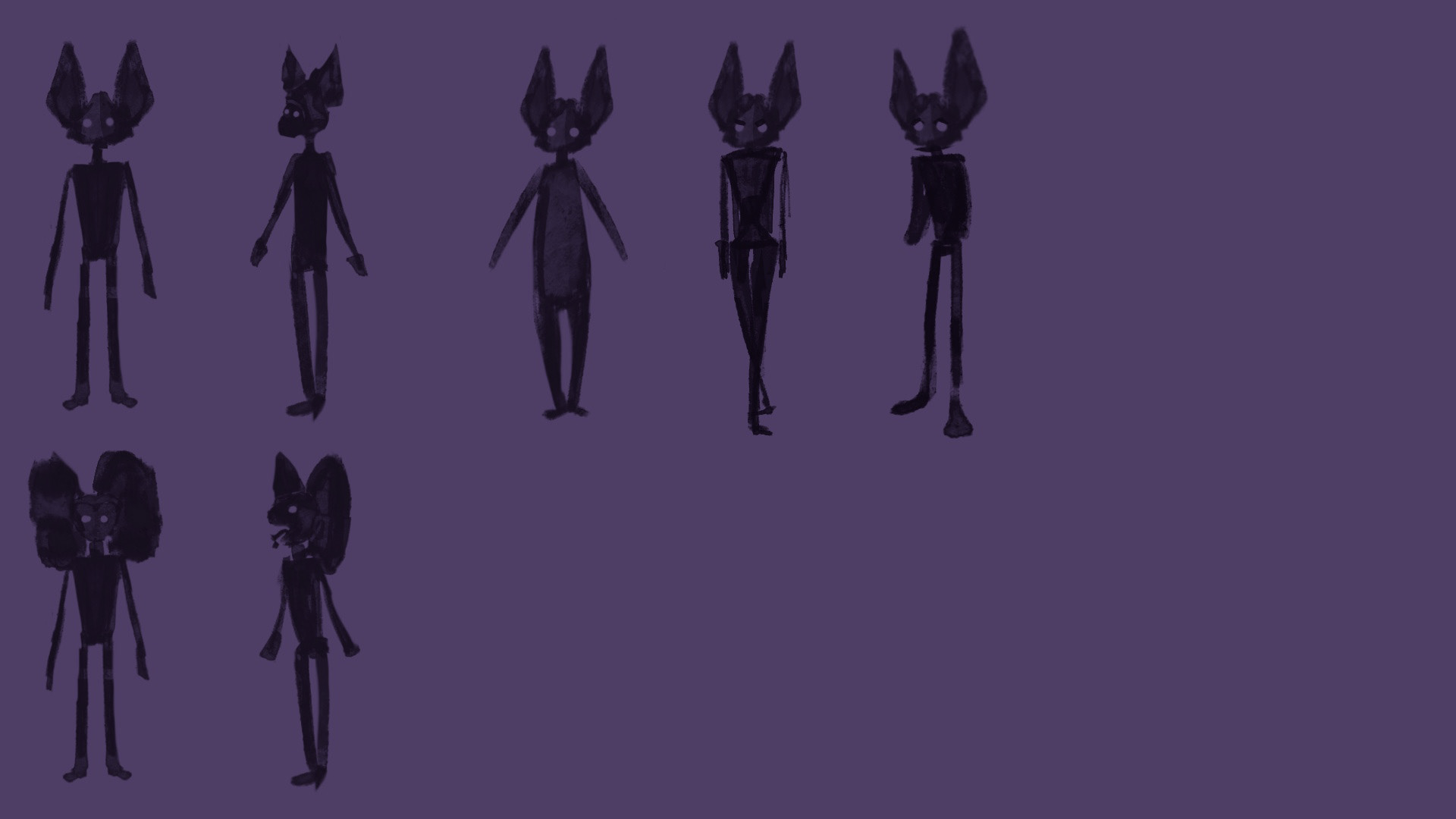
from the silhouettes we talked it over as a group and a few people who could draw set out to Further develop the monster characters. Trying out different materials and color pallets. also beginning to test out lighting.
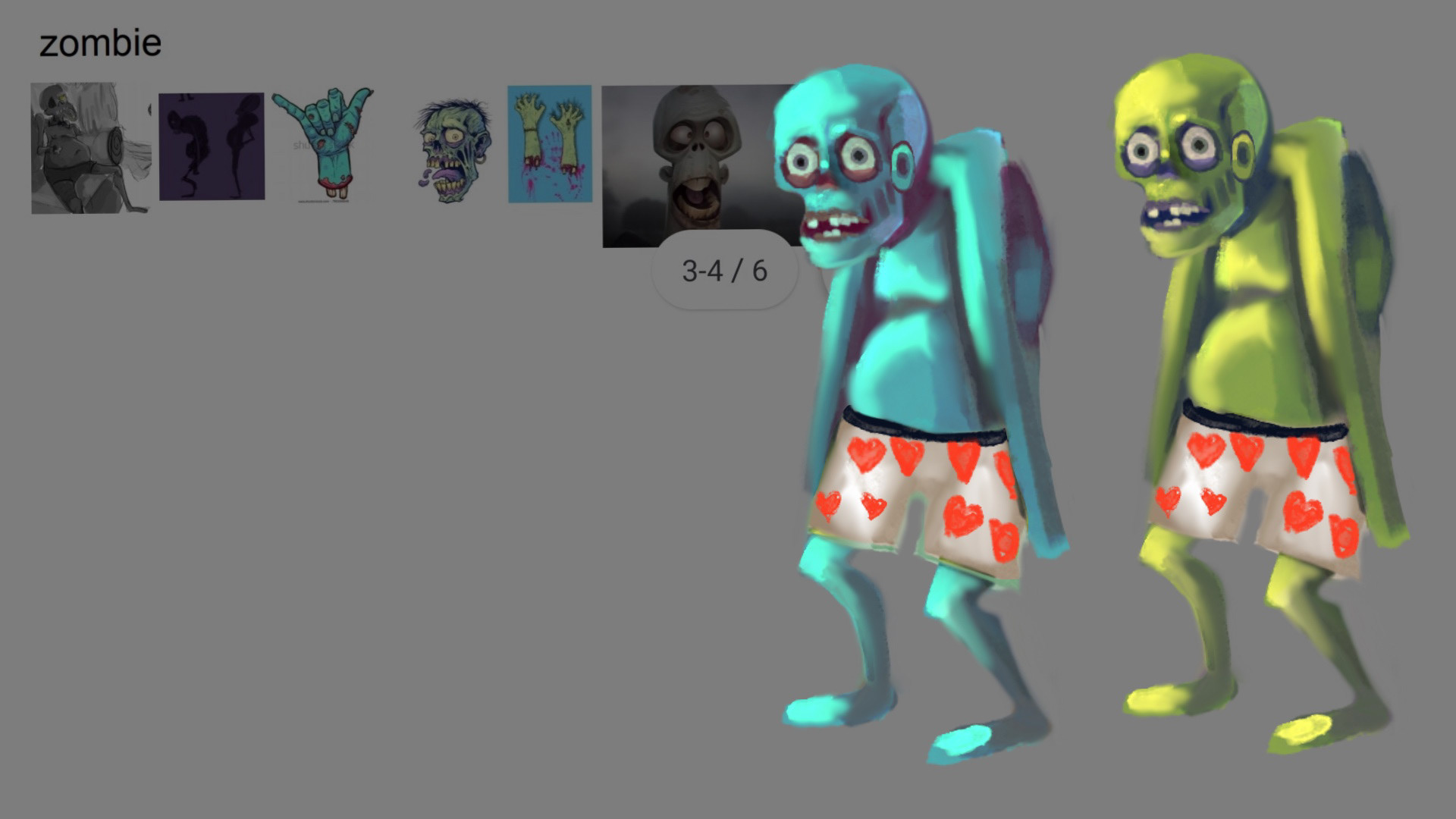
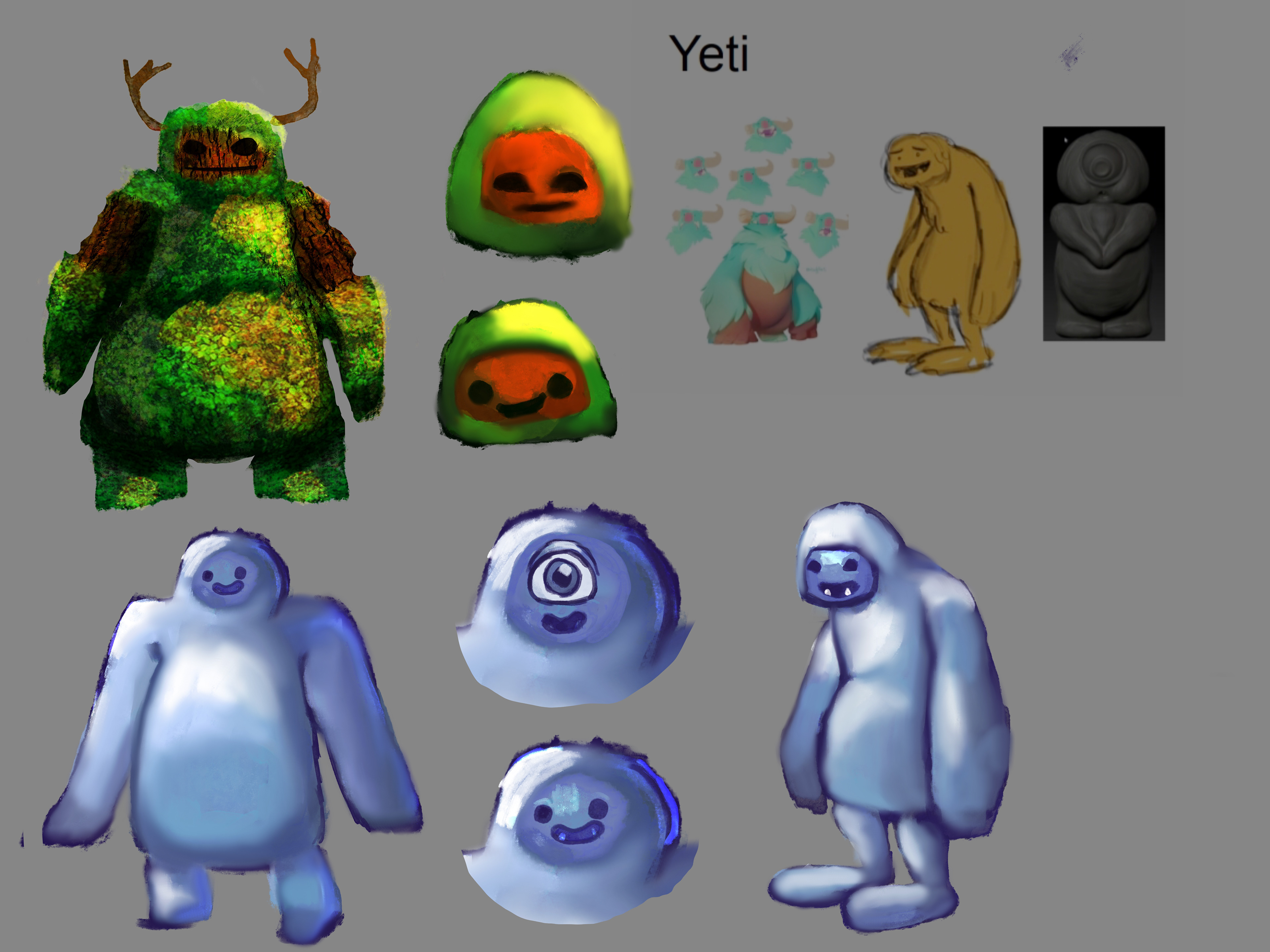
This sketch is another pass of Character Concept sketches of one of the characters in the project that we refer to as: "the Smart Monster". He is based off of a vampire sort of character but instead of human facial features he has bat features and a humanoid body.
as someone who is interested in hard surface modeling I am working with a few others in my group, Mitchell and Svetlana, trying to nail down a style sheet for our hard surface environment. this was the first pass of the style sheet which we then discussed as a group now that we have direction from the story portion of the group we can now reiterate on our shorts overall hard surface Look.
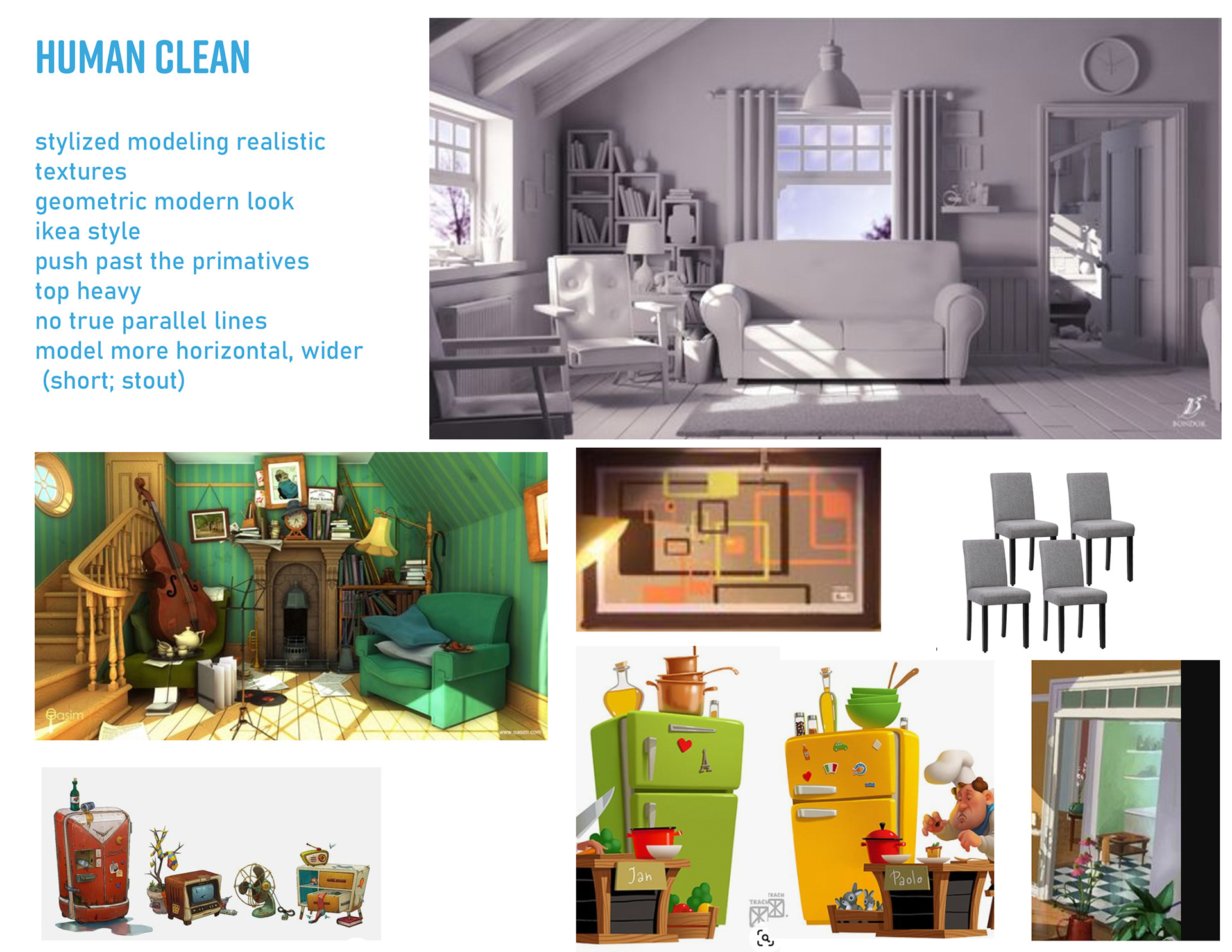

After conversing with the story team of my group we were able to nail down the type of hard surface assets that we would be needing in our production. SO from here I was able to create a google spreadsheet that organizes the assets by level of priority and by room. the spreadsheet is also color coated by name and also by the level of completion.
for the TD's in our pipeline that were interested in modeling and or texturing we decided to work on an extra project under the guidance of DAC senior, Ethan Pflugh. Our task was to take the fan from the concept art done by Dariya Ria and we had to model and begin the process of texturing it while we receive feedback from Ethan. This is still ongoing.
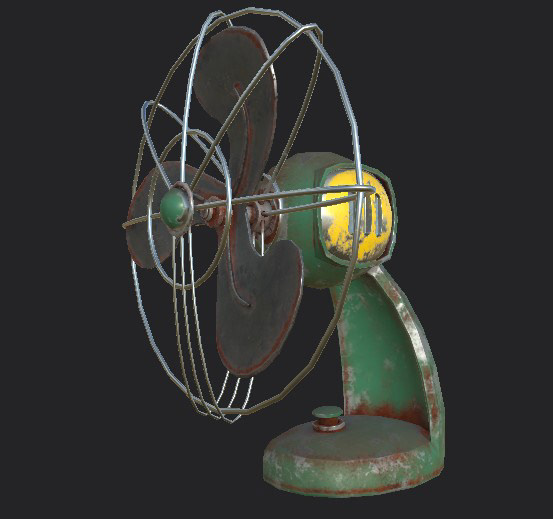
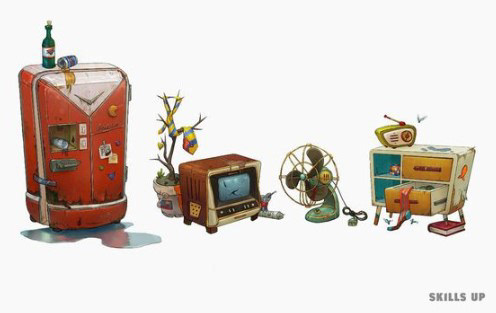
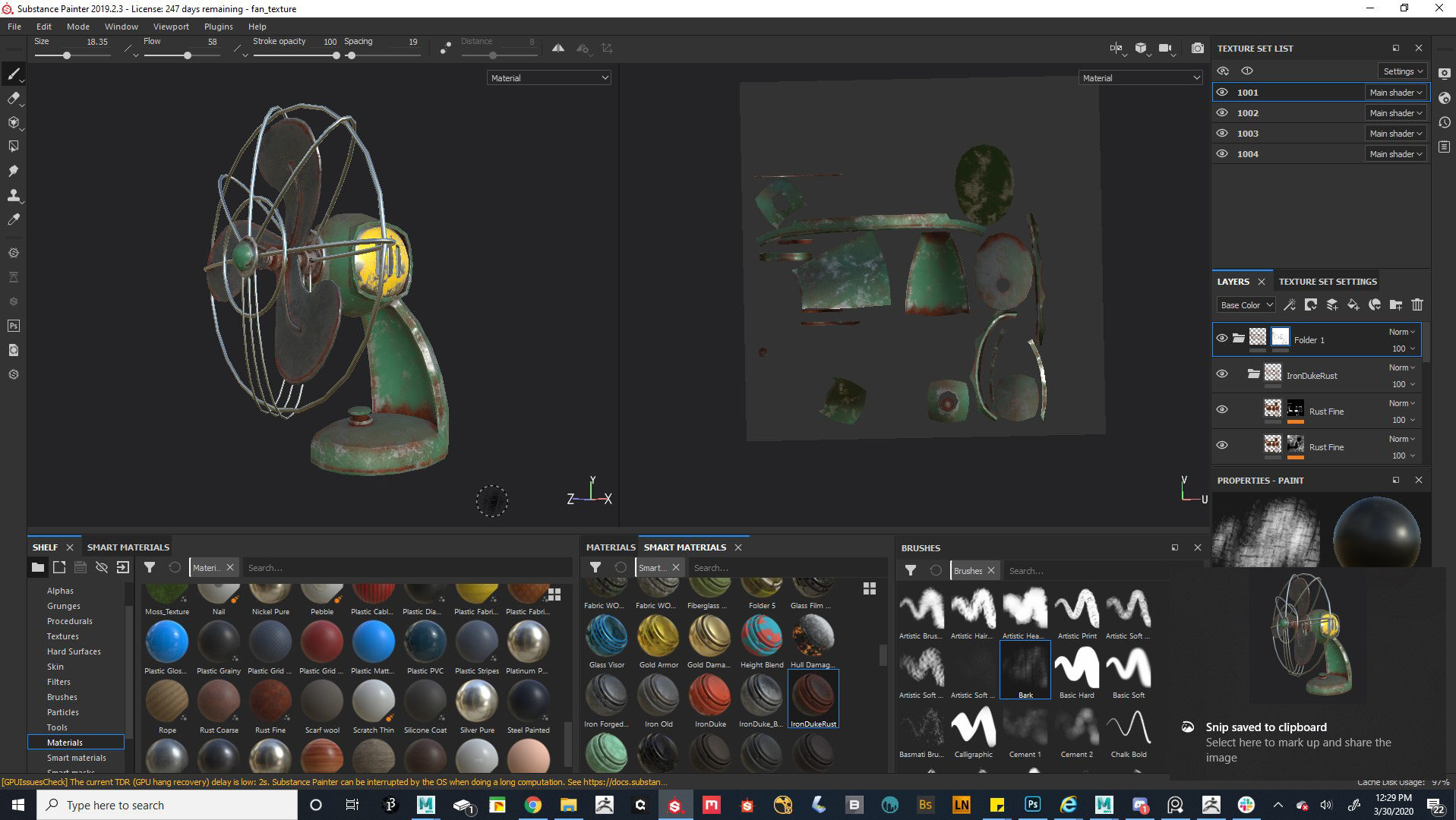
For the semester I was one of three people in our group that volunteered to explore a pipeline for Aldo, our leaf yeti character. We had absolutely no idea how to approach this character. So I decided to look for a solution inside of Houdini. I bought a tutorial a while back created by DAC Alumni, Tyler bay that explains how to make trees and foliage inside of Houdini using l-systems. So I thought that this would be a great option to explore.
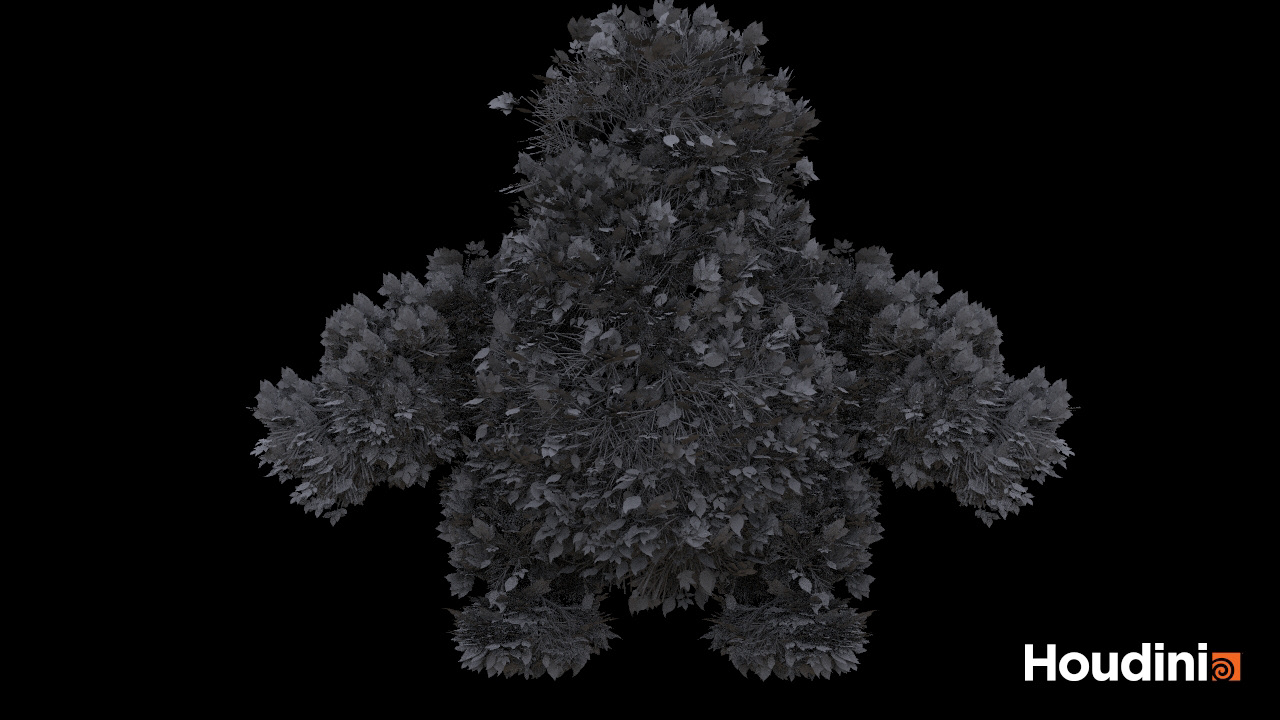
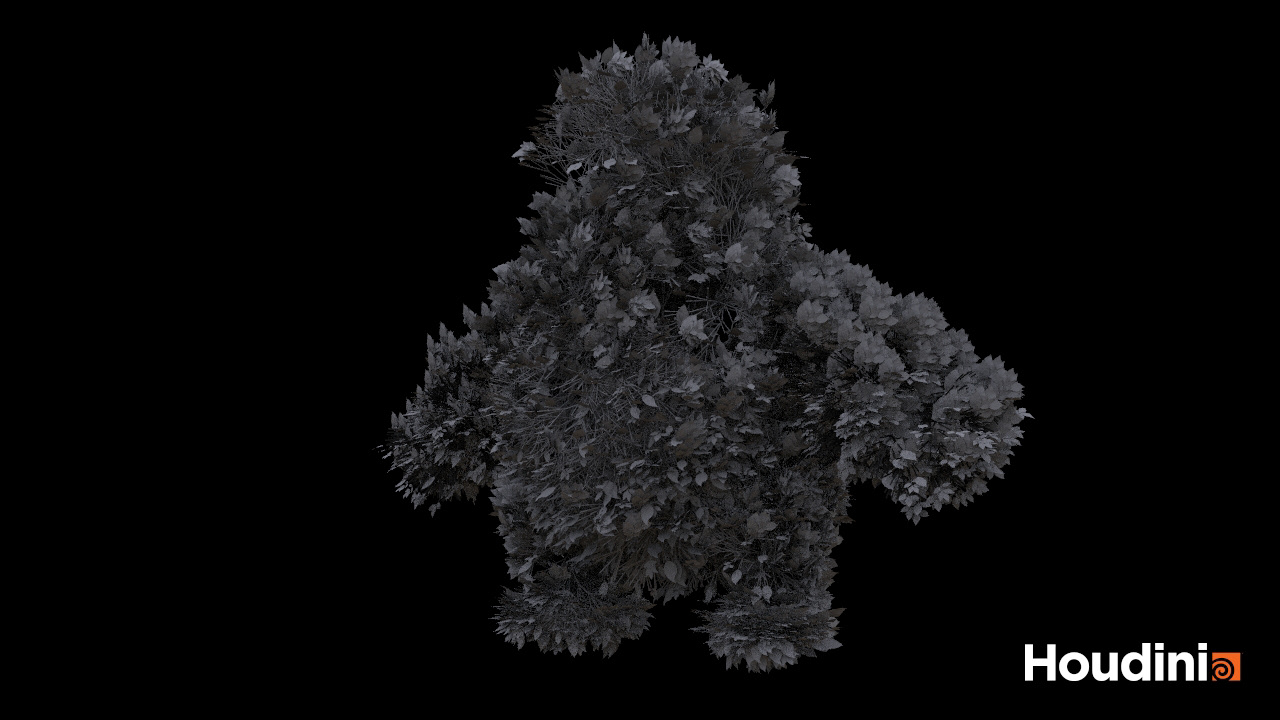
After showing my progress to my group they gave me critique. instead of him looking like a tree they wanted him have a topiary shrub look. From here I had to greatly deviate from the tutorial. I found a lot of reference and from here I was able to create a little branch using L-system in Houdini then from there I procedurally placed the branch on a mesh as a test. I was pretty happy with the result so I decided to move on to a mesh that looks more like the character.
From here I modeled a simple char based off of the character concept art that Eric Wencel created and the in progress character sculpt done by mason Marshall. From here I threw on a quick rig, cached out an alembic animation, and took it into Houdini and applied the same method I did on the sphere previously to the more finalized mesh.
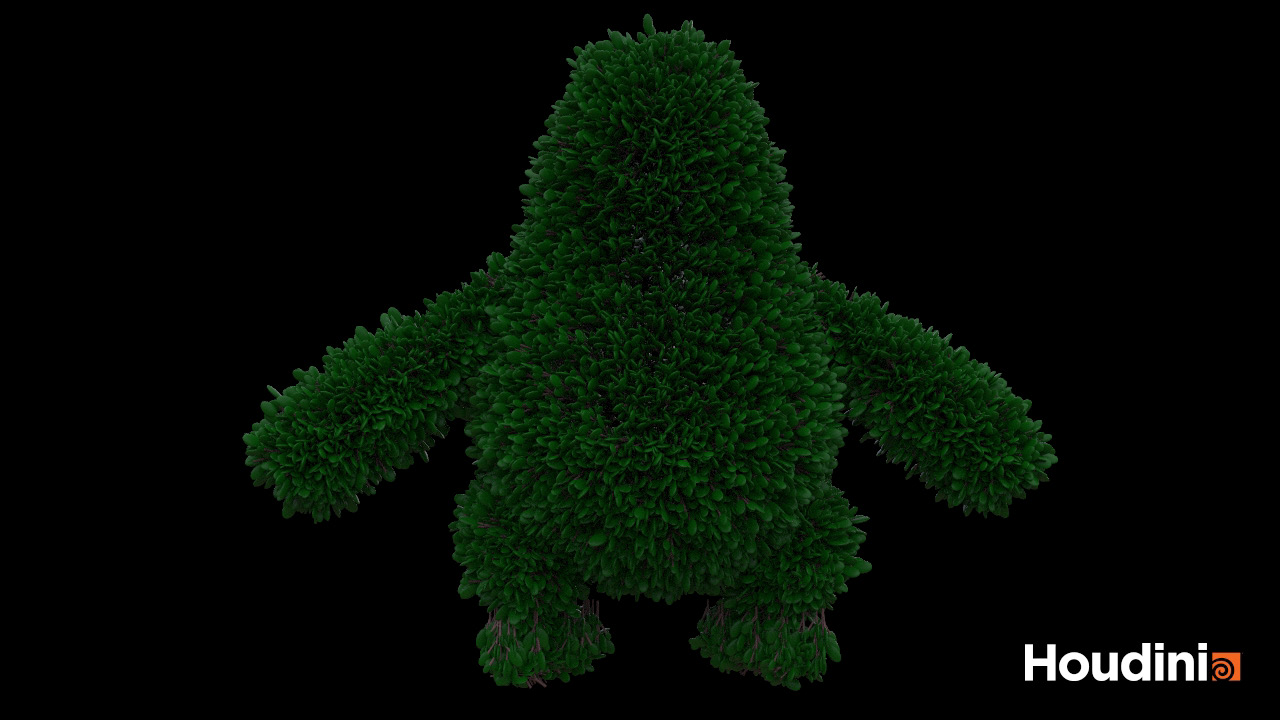
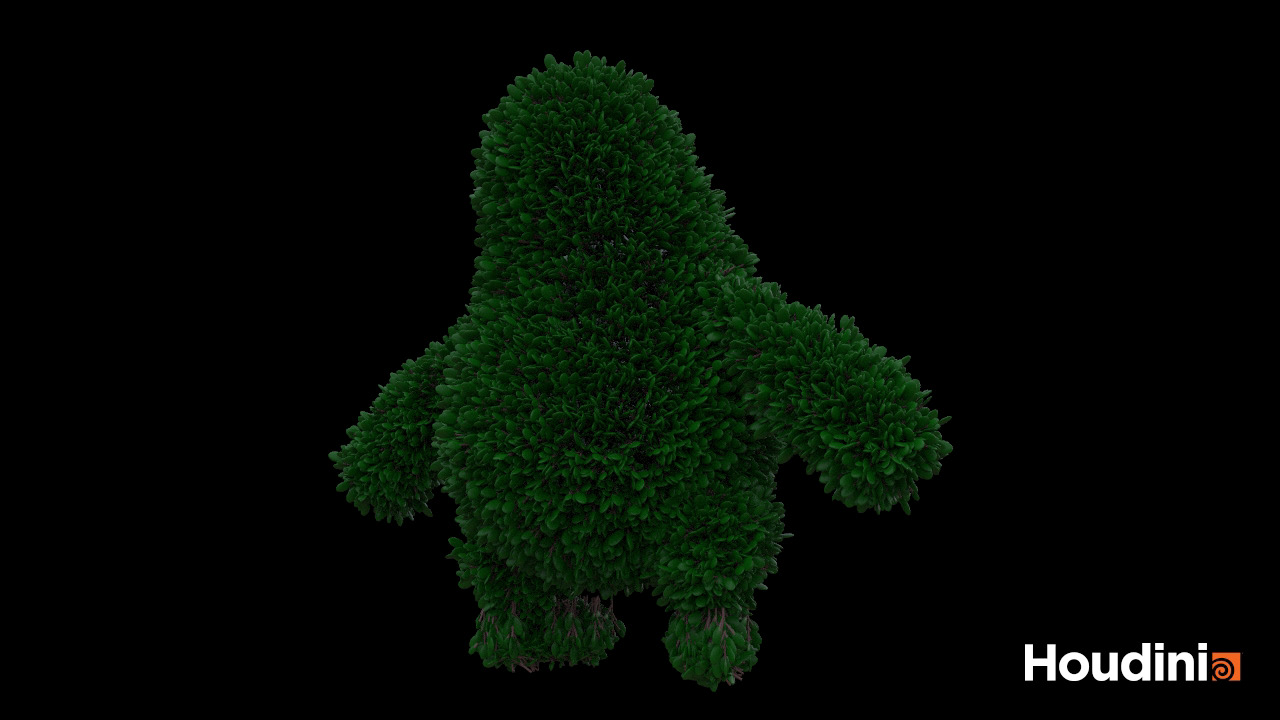
after I got the character looking pretty decent I used the alembic to deform the points of the branches for a quick animation test.
I wanted to further explore the final look of the character so I was able to get the in progress model from Mason and I threw on a quick rig and animation.
from here I took the new character alembic through the same pipeline as the previous mesh so we could get a better feel for the look of the finalized character. There is still a lot to be done to explore this character, but I feel like we are on the right track and over the summer we will be able to produce something that is easy to use and incorporate in our pipeline.
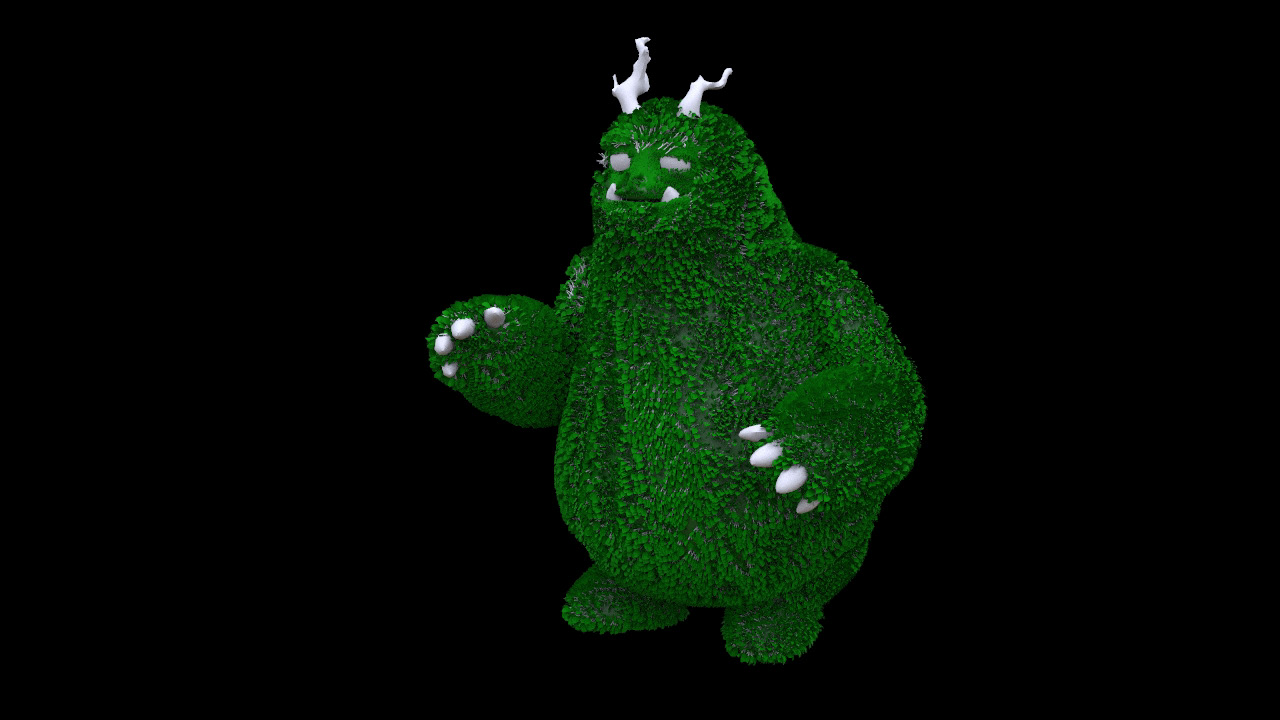
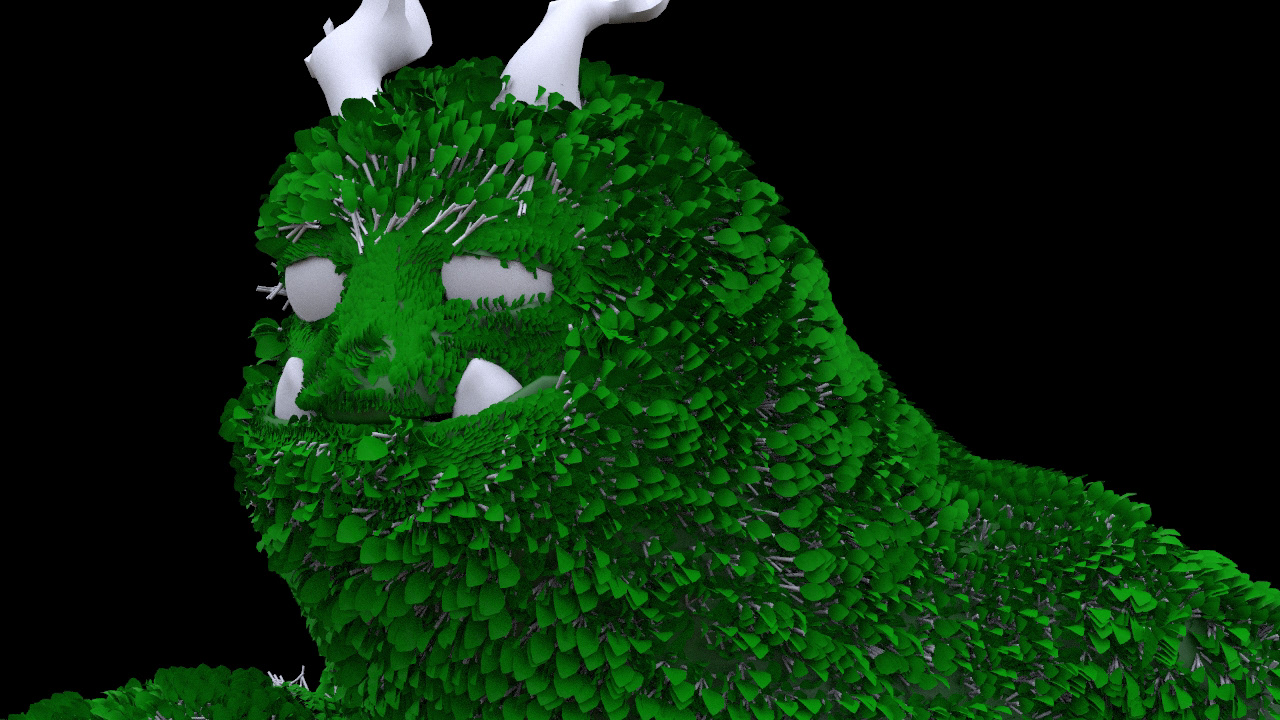
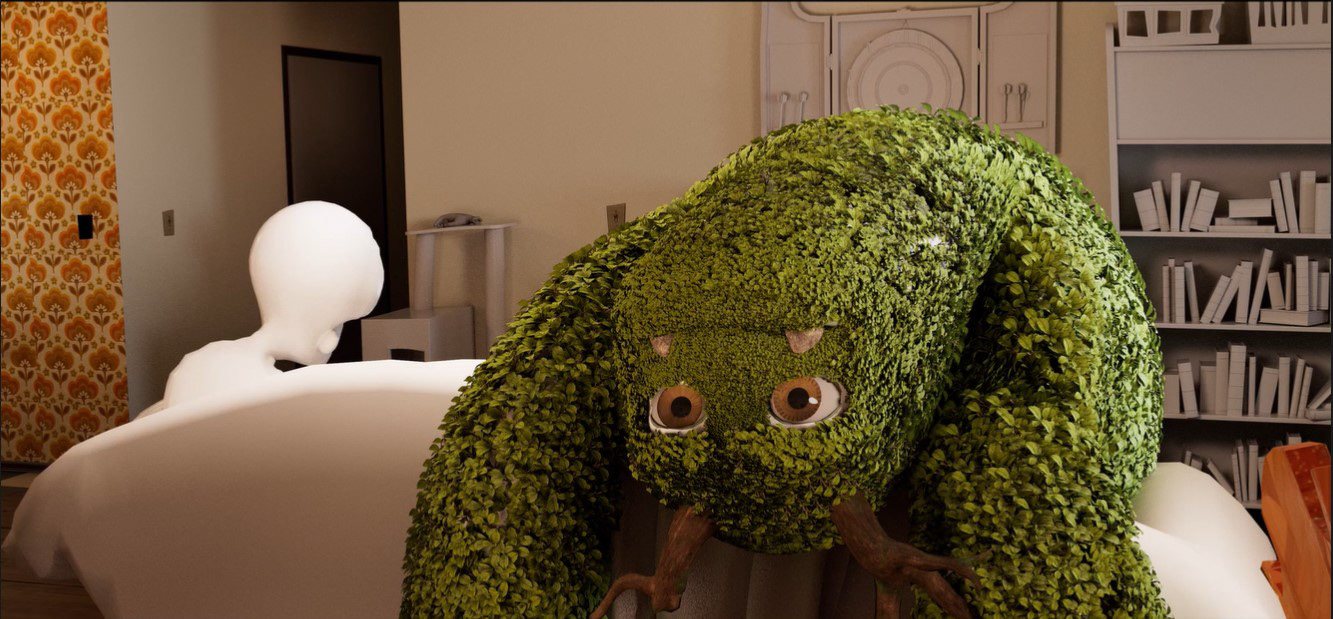
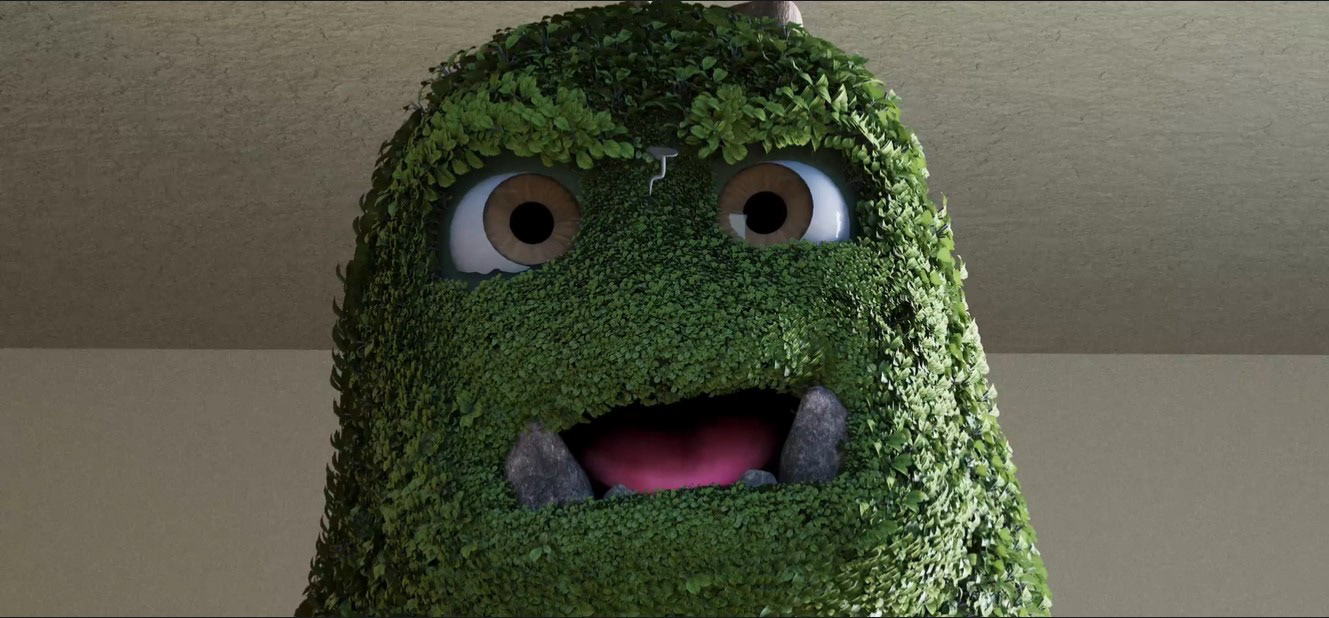
DACD: Production 1
Fall 2020
In our group Hogan and Ryan spent the summer learning Prism Tray a Free pipeline program and they developed A pipeline that fits the needs of our group. Sense the beginning of the semester I have been working closely with Hogan, Ryan, and Mitchell to further develop our pipeline. I help with asset organization and I also help Ryan decide where certain files are going to be saved to keep our pipeline clean and organized.
Ryan created Documentation for our pipeline that is around 50-60 pages long. It is incredibly detailed and well organized. Based off of his documentation I made a cheat sheet that takes his information and condenses it to the bare necessities. This cheat sheet basically is guide for naming conventions and file locations. Something that is meant to supplement the knowledge that is on the Documentation.
I worked the Eric and Christine to create the first pass of the shot list we stayed up late one night scrubbing though the animatic and we organized it into an excel spreadsheet. My main interest in this documentation was that I wanted to break down what assets were going to be seen in what shot and how close they were going to be to the camera. I was also interested in quantifying the FX we would need for our short.
DAC Production 2
Spring 2021
Monster Roommates takes place in one location, however our set goes through three separate conditions. There is the Human Clean version of the apartment. This is where the story starts; it is the ordinary everyday world. It's the apartment at its most normal. Then we have a version of the set where chaos has ensued and everything in the apartment is destroyed by the protagonist, Aldo. Then there is the final version of the set where Aldo uses plant magic in order to put the set back together again. In our short It was my job to do the initial blocking/ Pre-Vis of the sets for our project. Getting blocking done as fast as we could ensured that we could troubleshoot layout issues.
One of the things that we discover during our short is that we had to stick to the continuity of the short when it came to the models. We needed to have the normal human clean assets completed before we could break the assets in the destroyed apartment and we needed to have the destroyed assets before we could model those assets fixed with plant magic in the Aldo Clean version of the apartment.
Last semester Mitchell, Svetlana, and I spent a majority of our time working in the Human Cleans Set, modeling and texturing assets for the Shot that was due at the end of the semester, but during winter break we were able to finish out the Human Clean models after we modeled assets it was my job to set dress them into the scene.
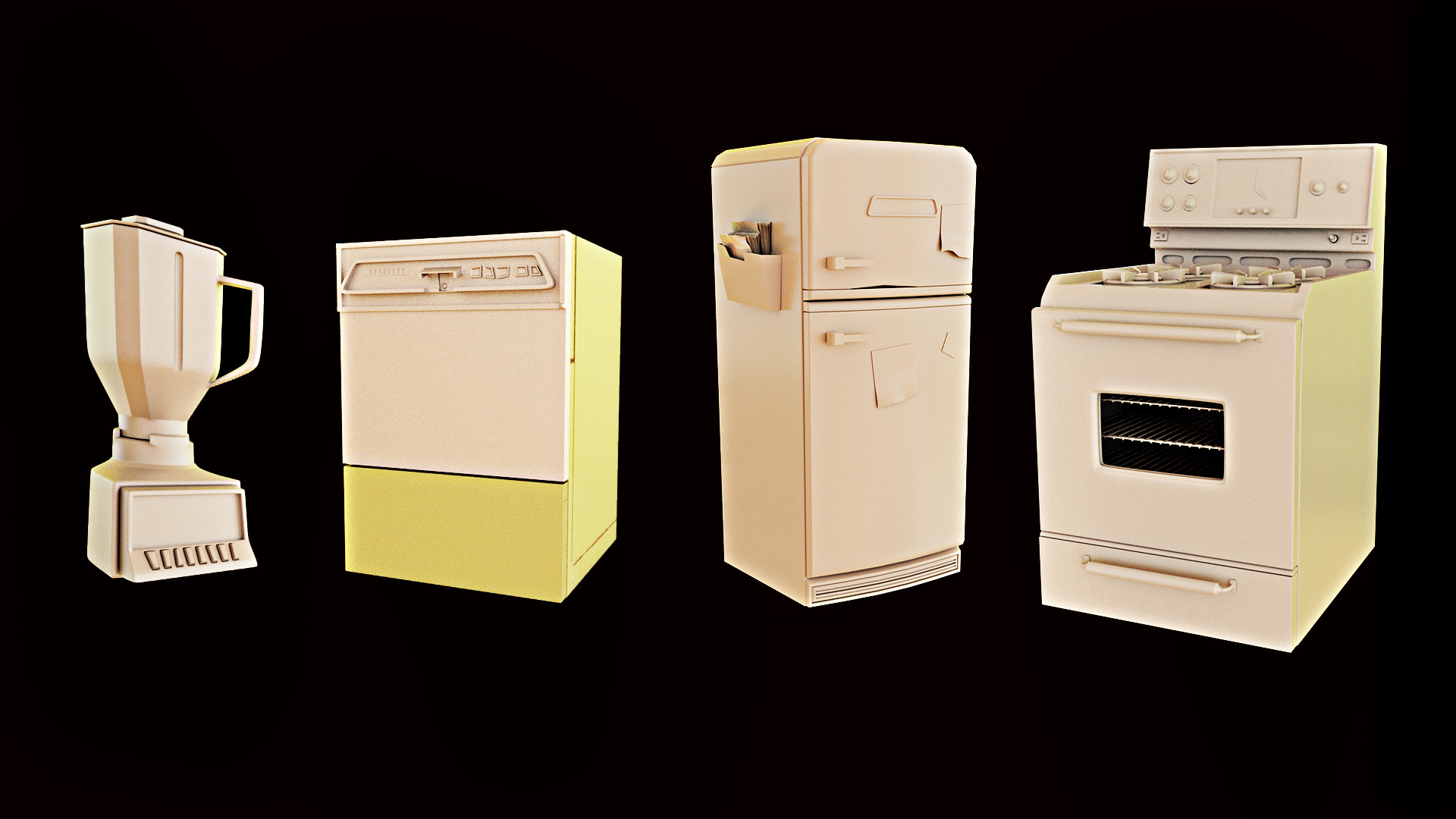
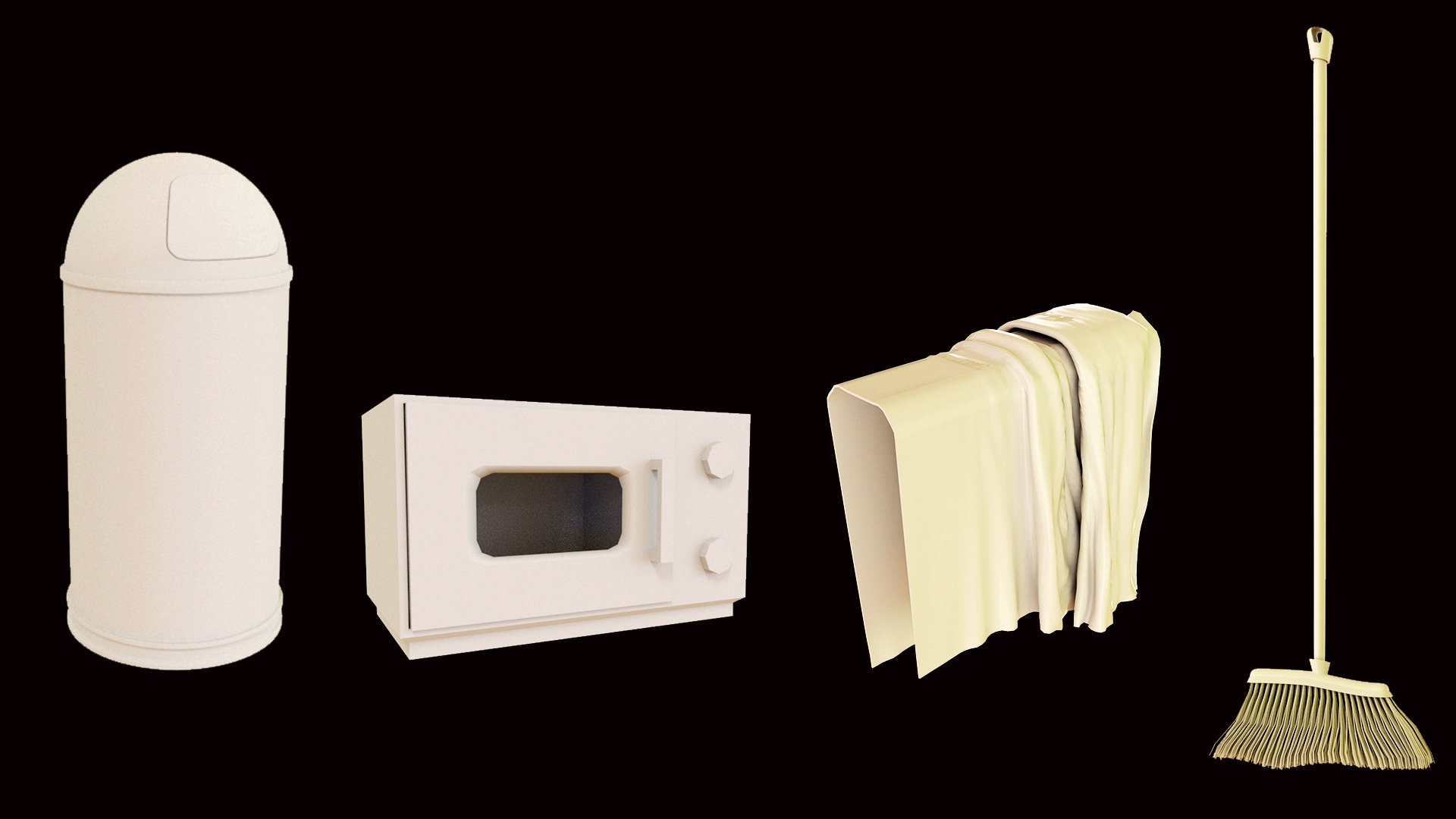
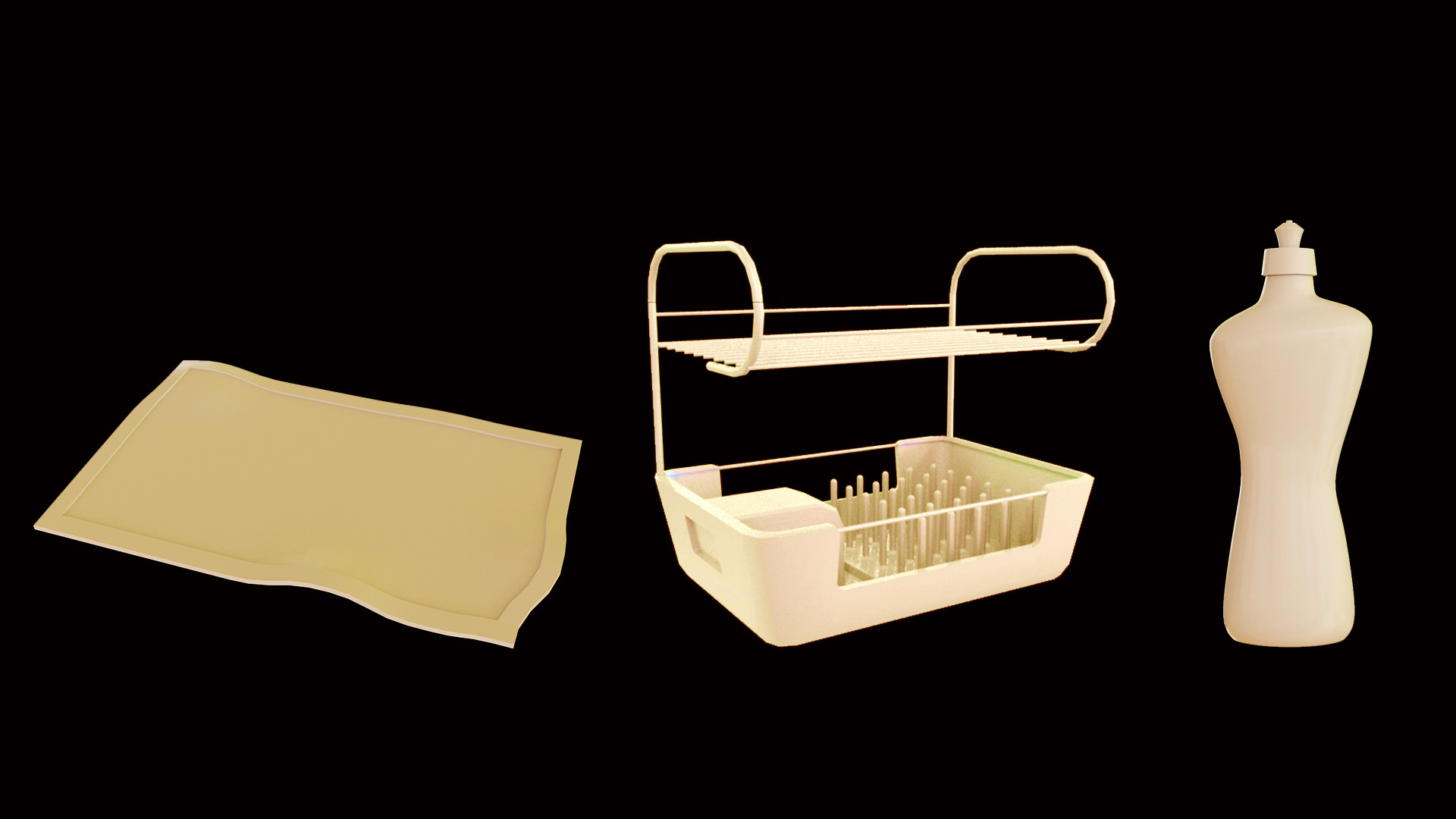
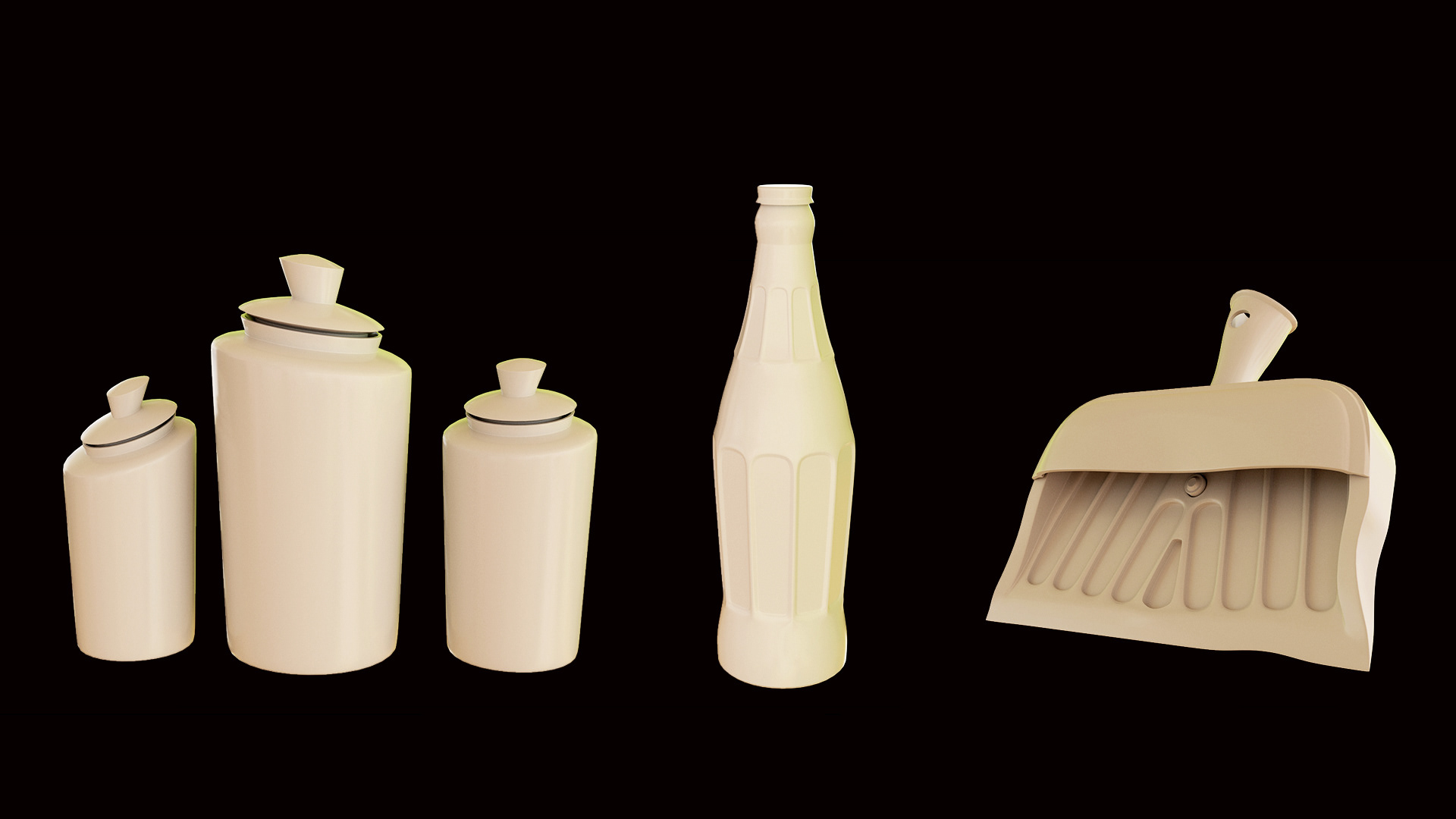
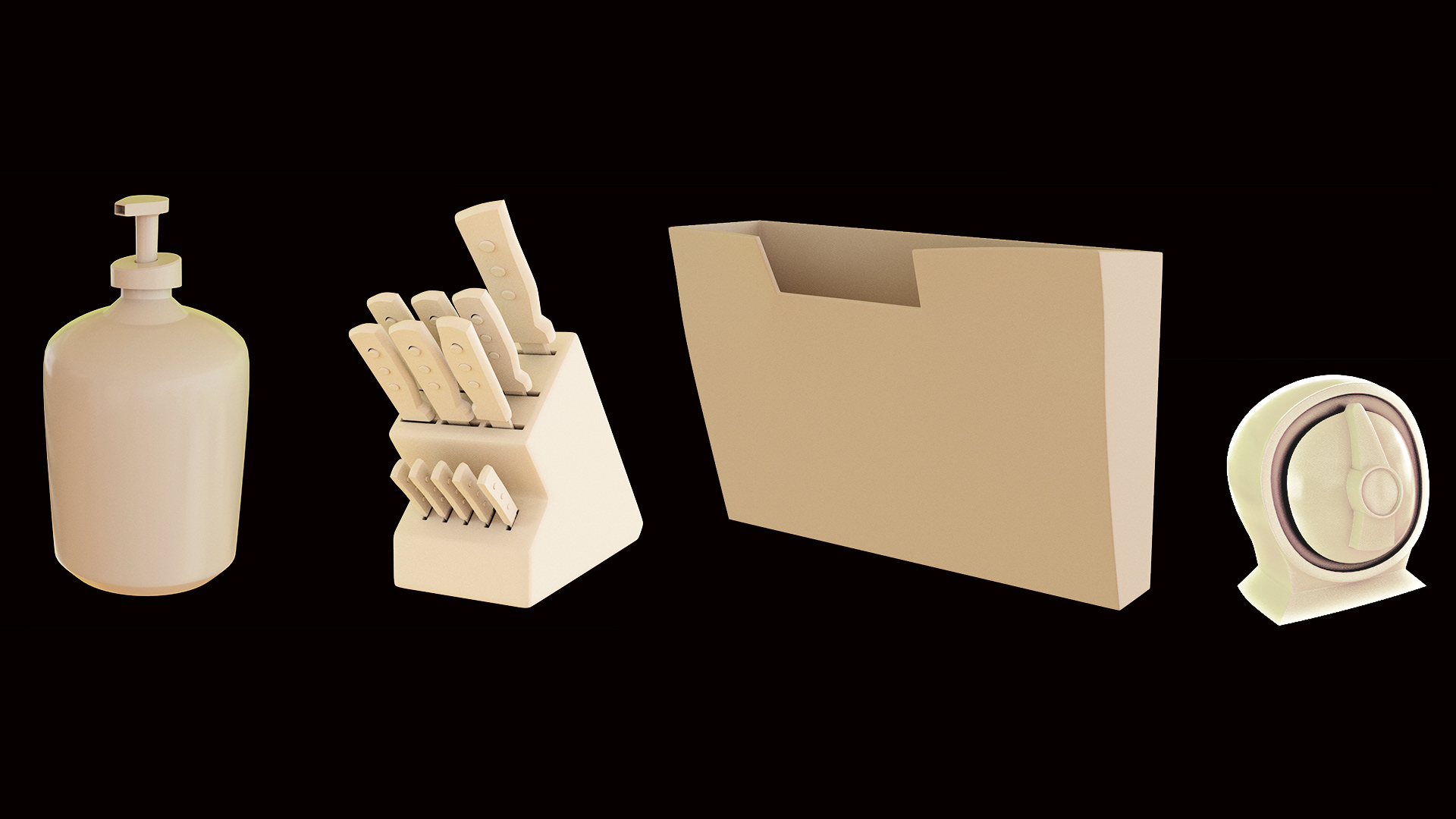
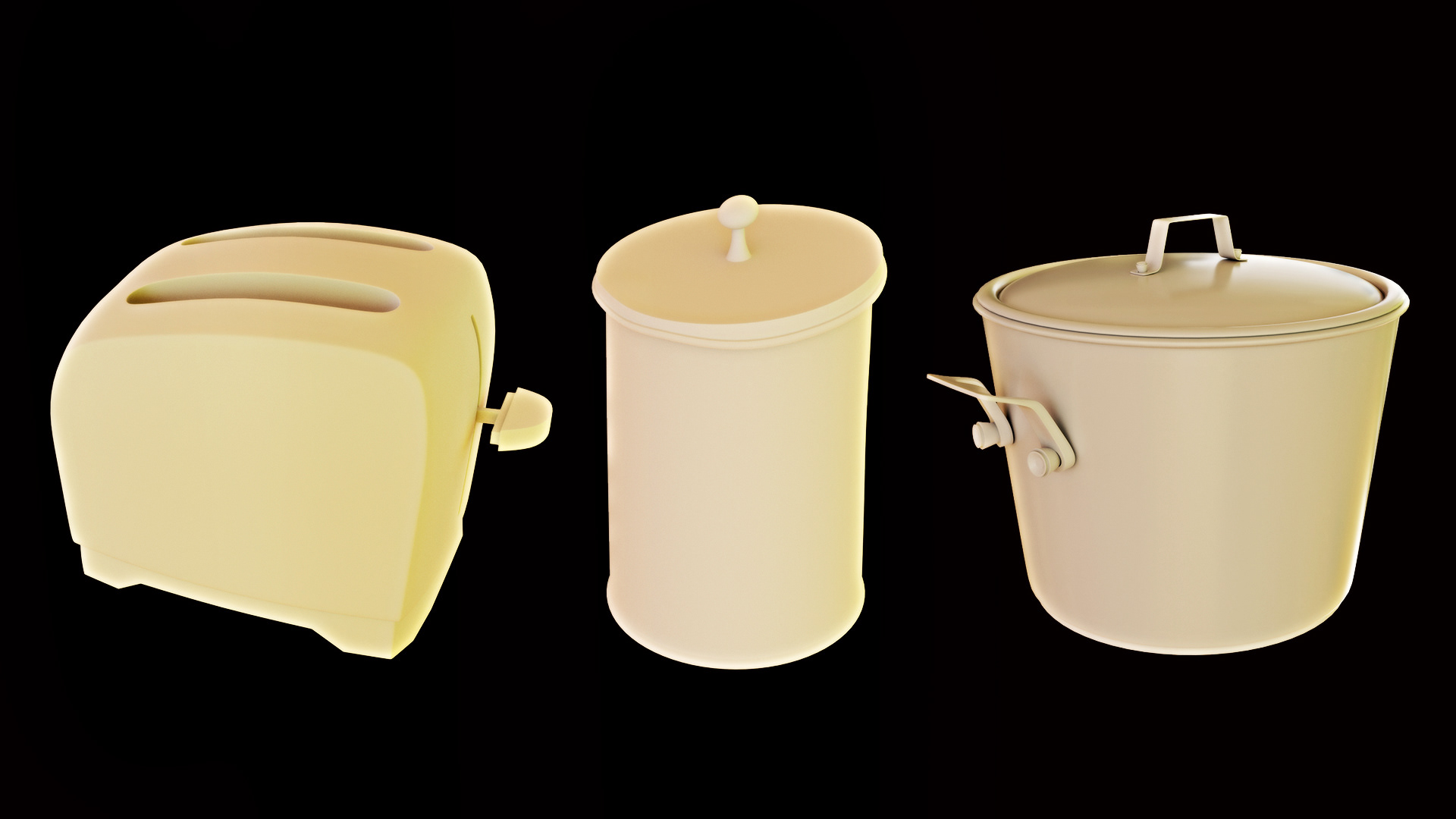
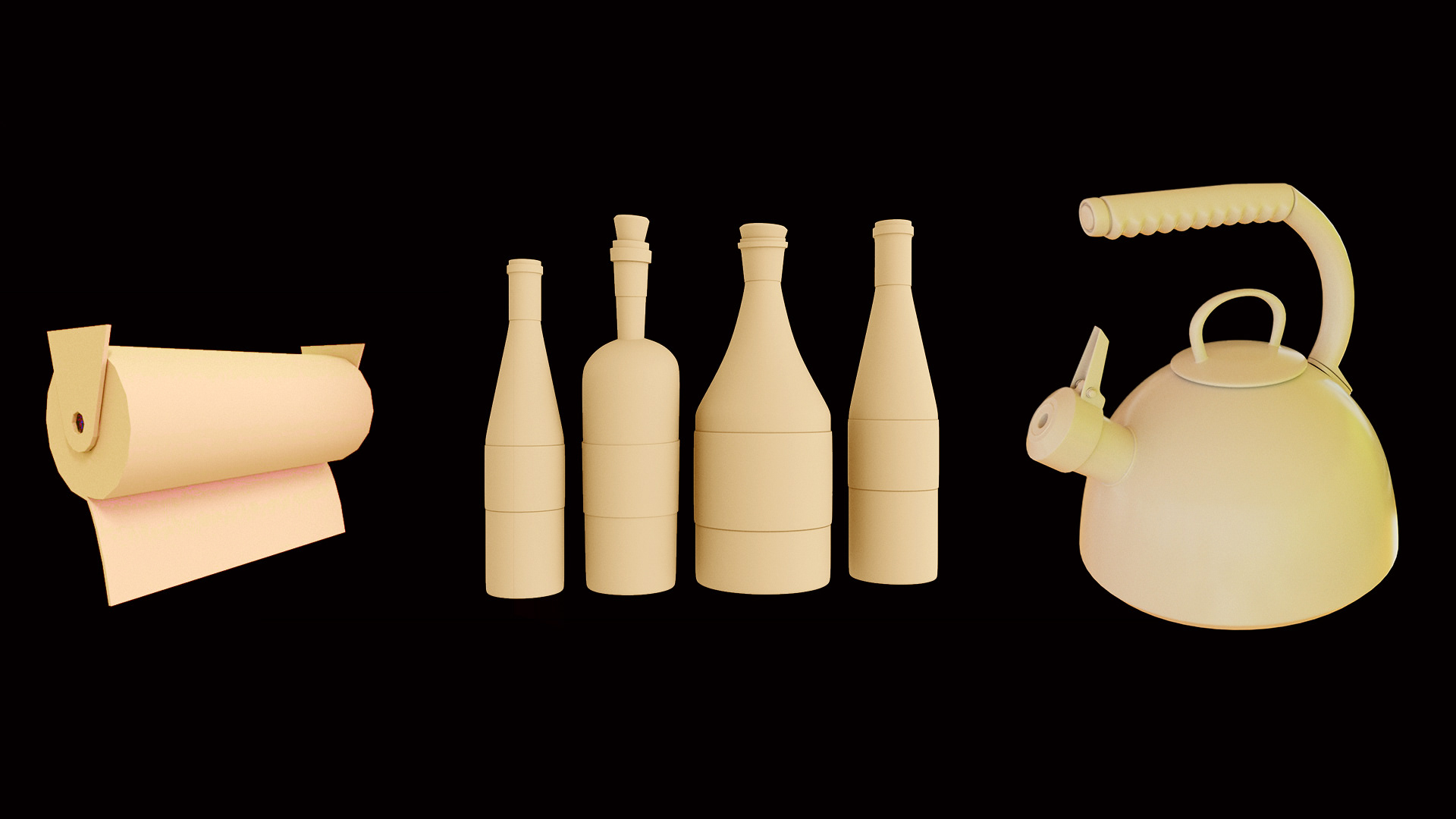
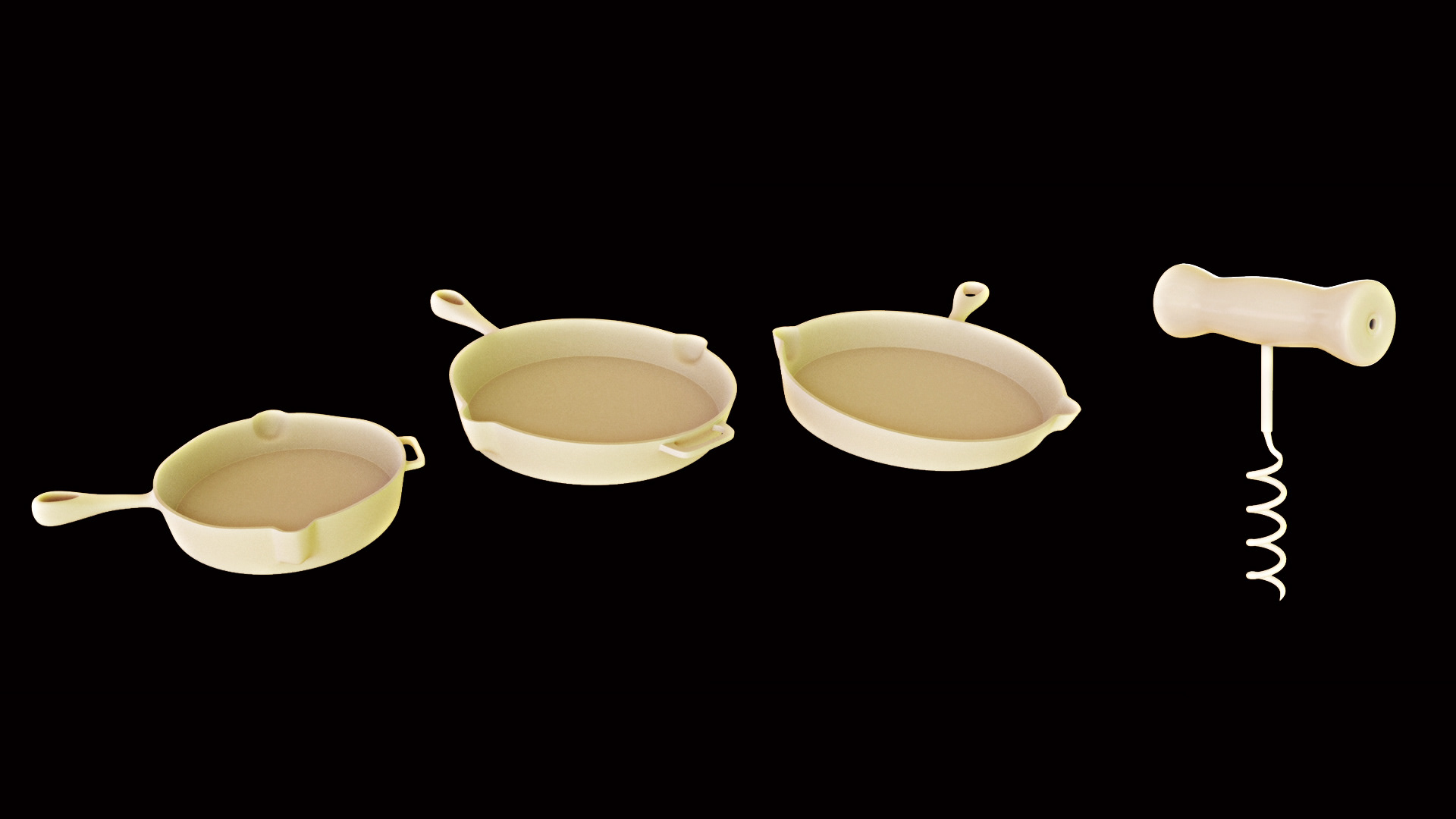
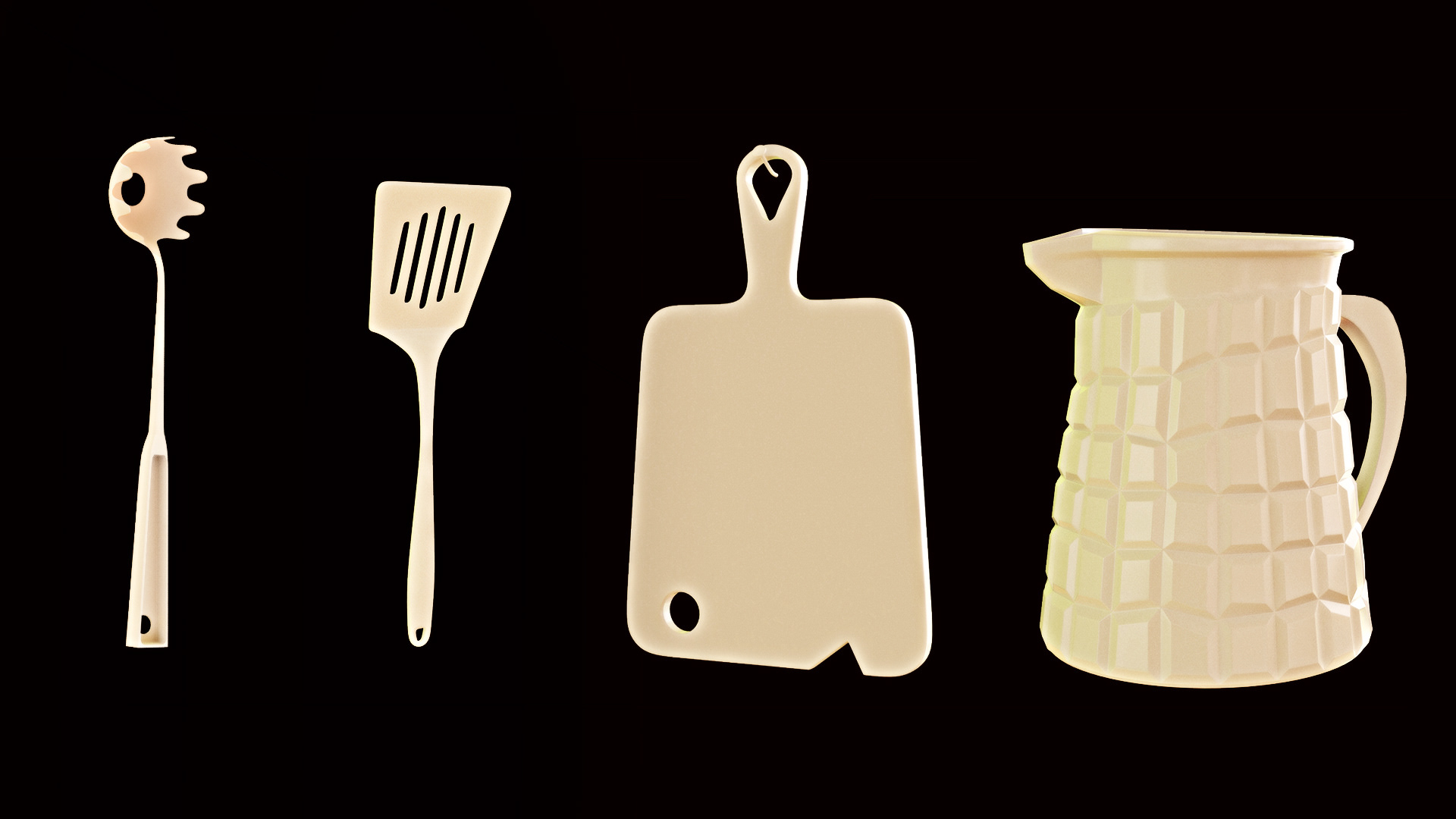
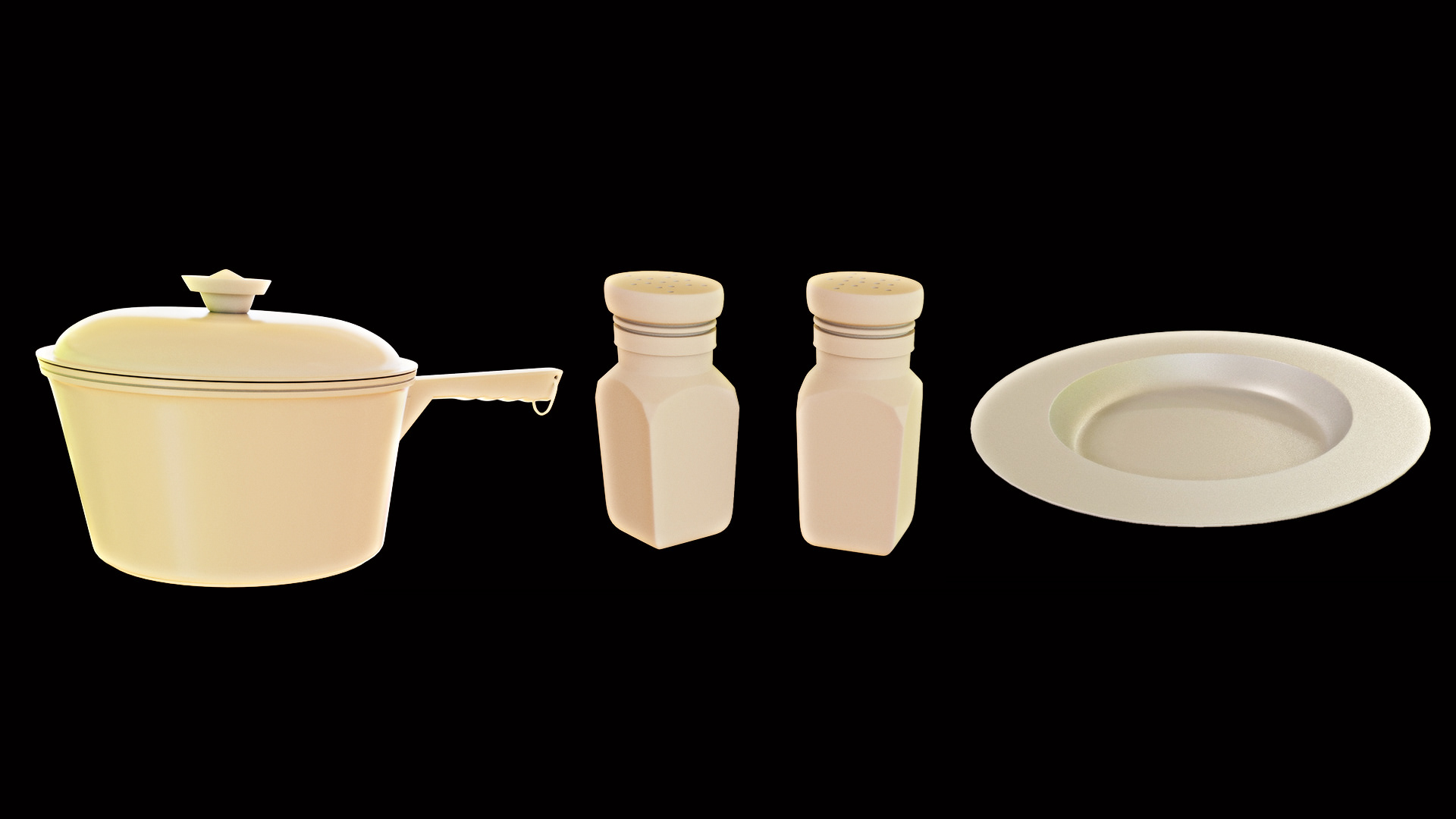
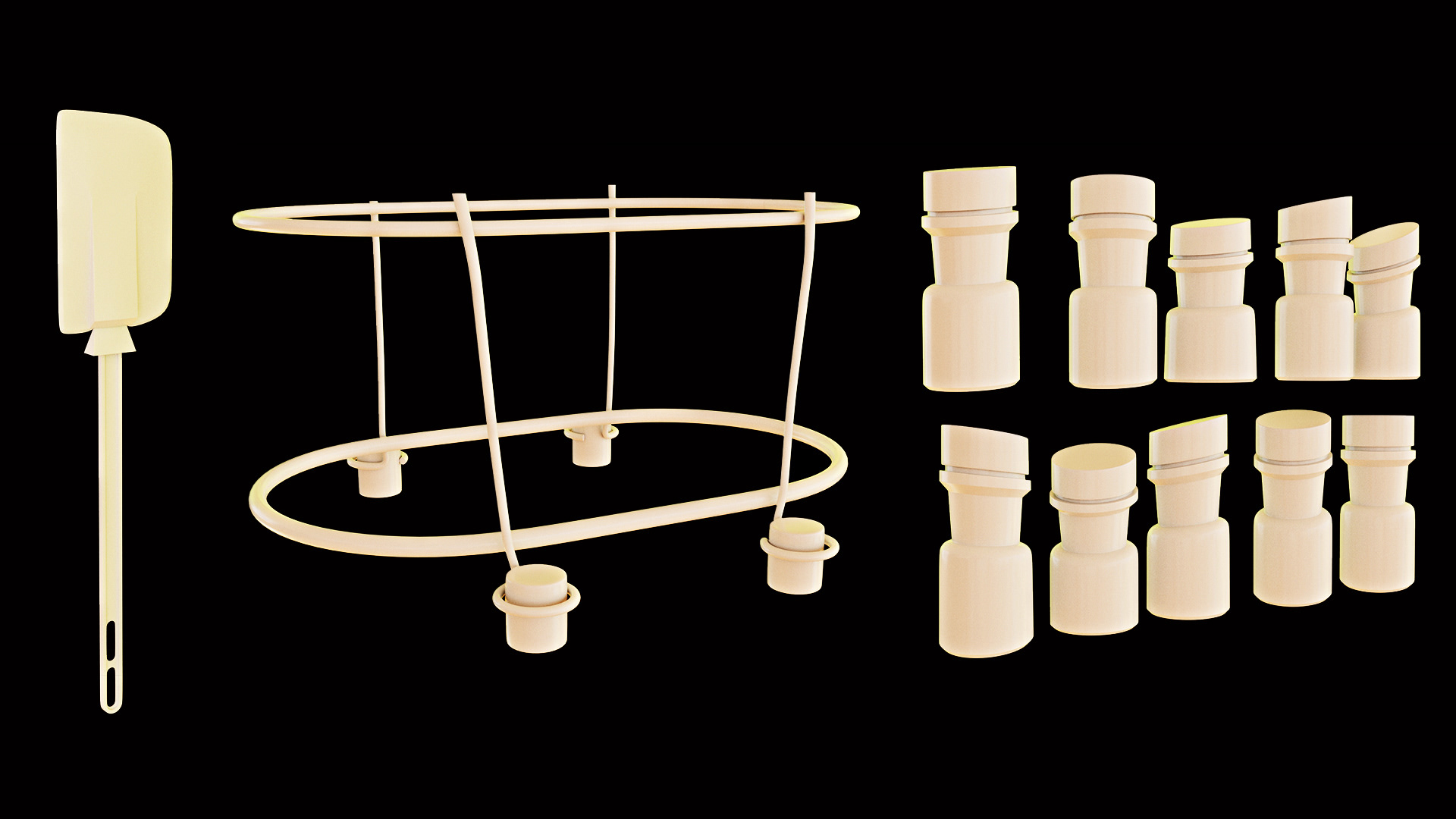
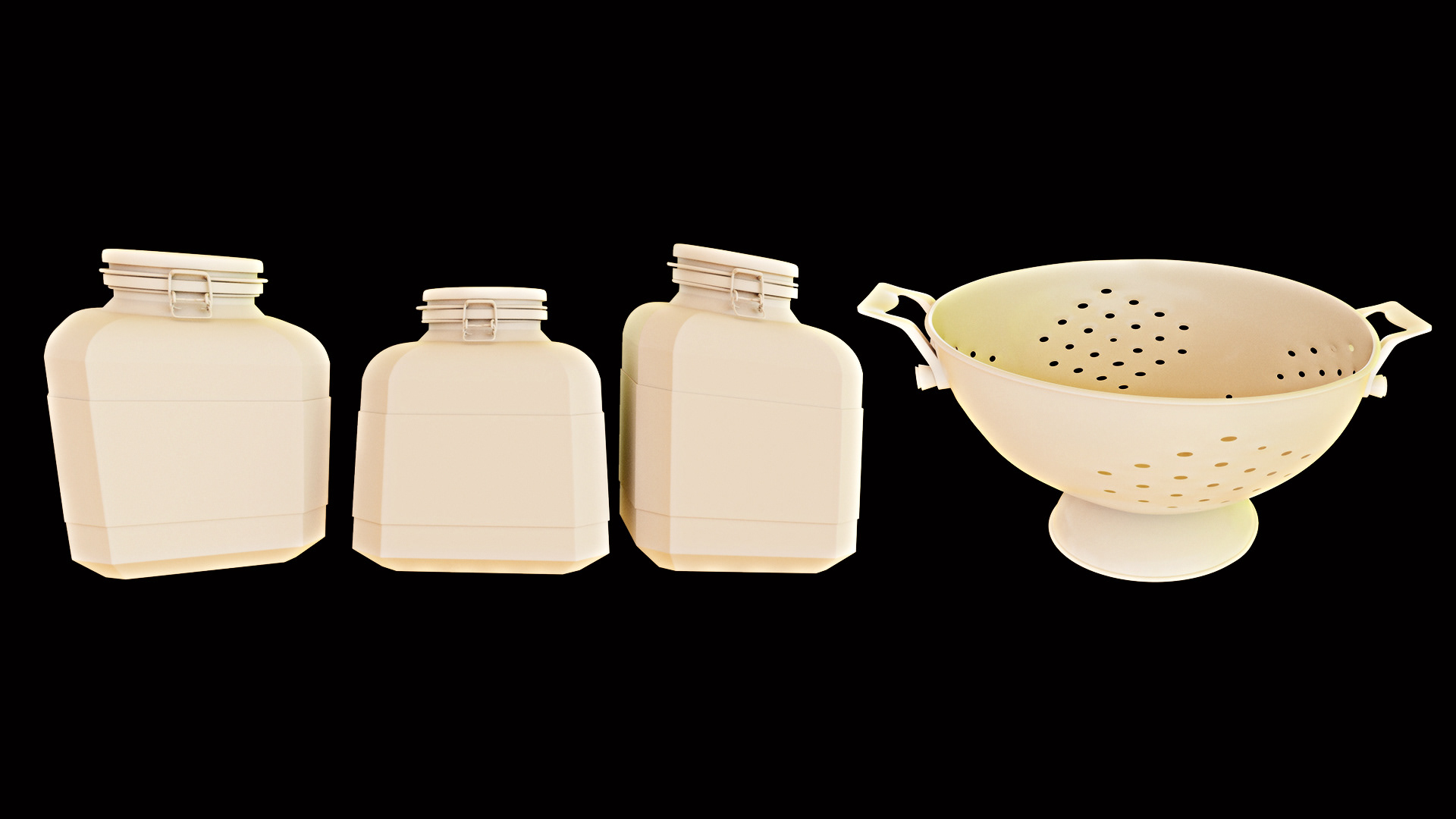
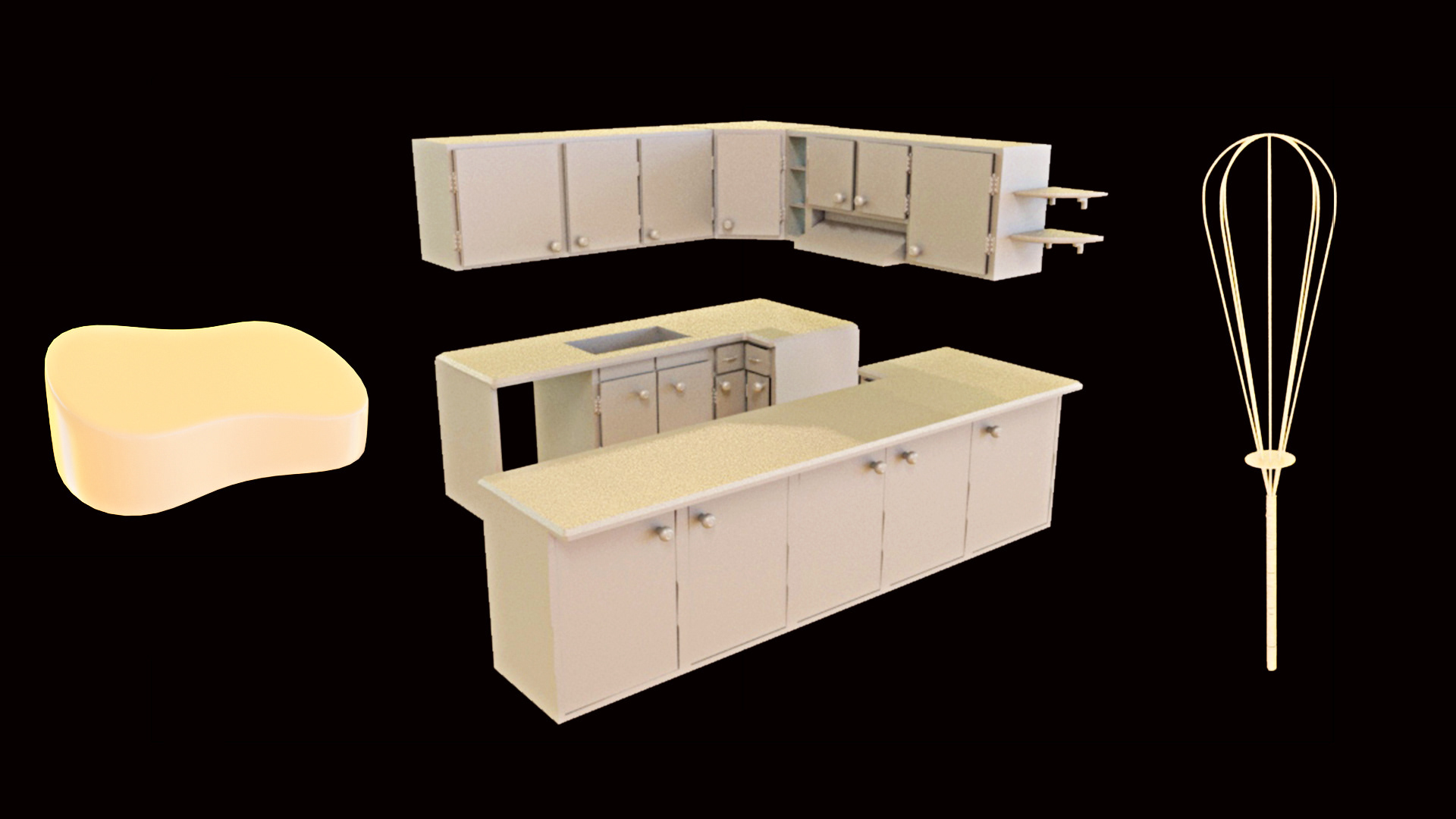
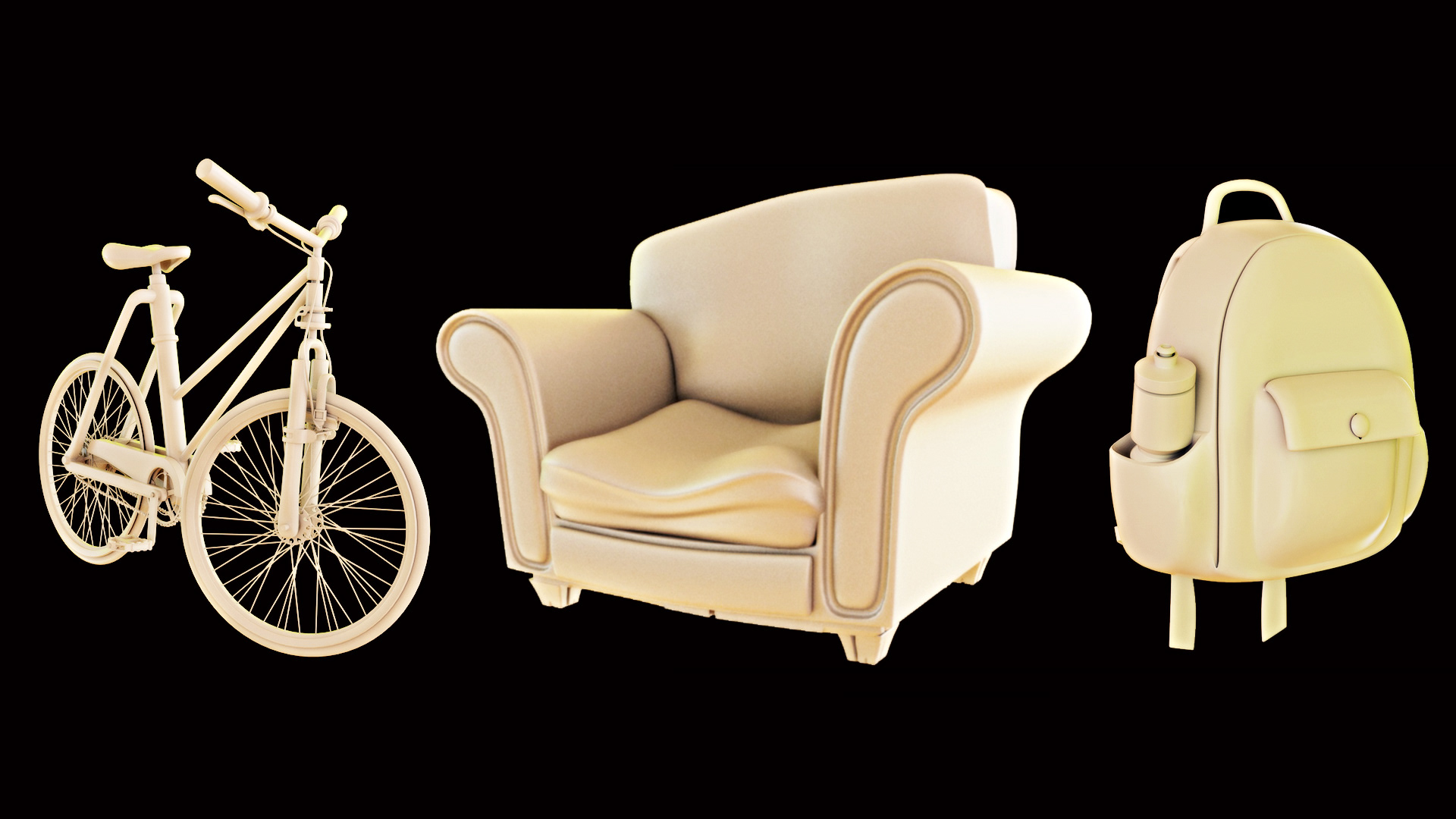
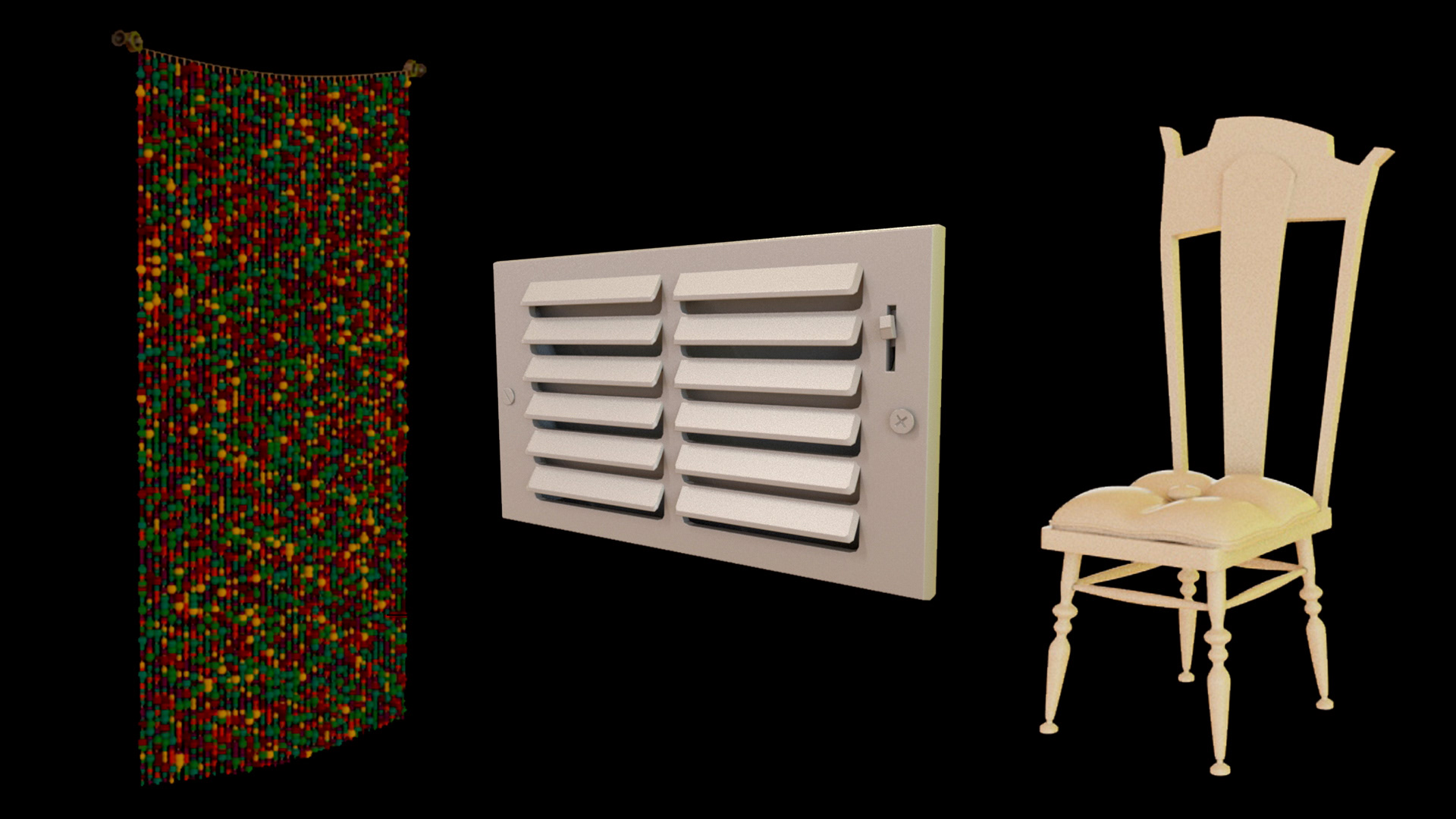
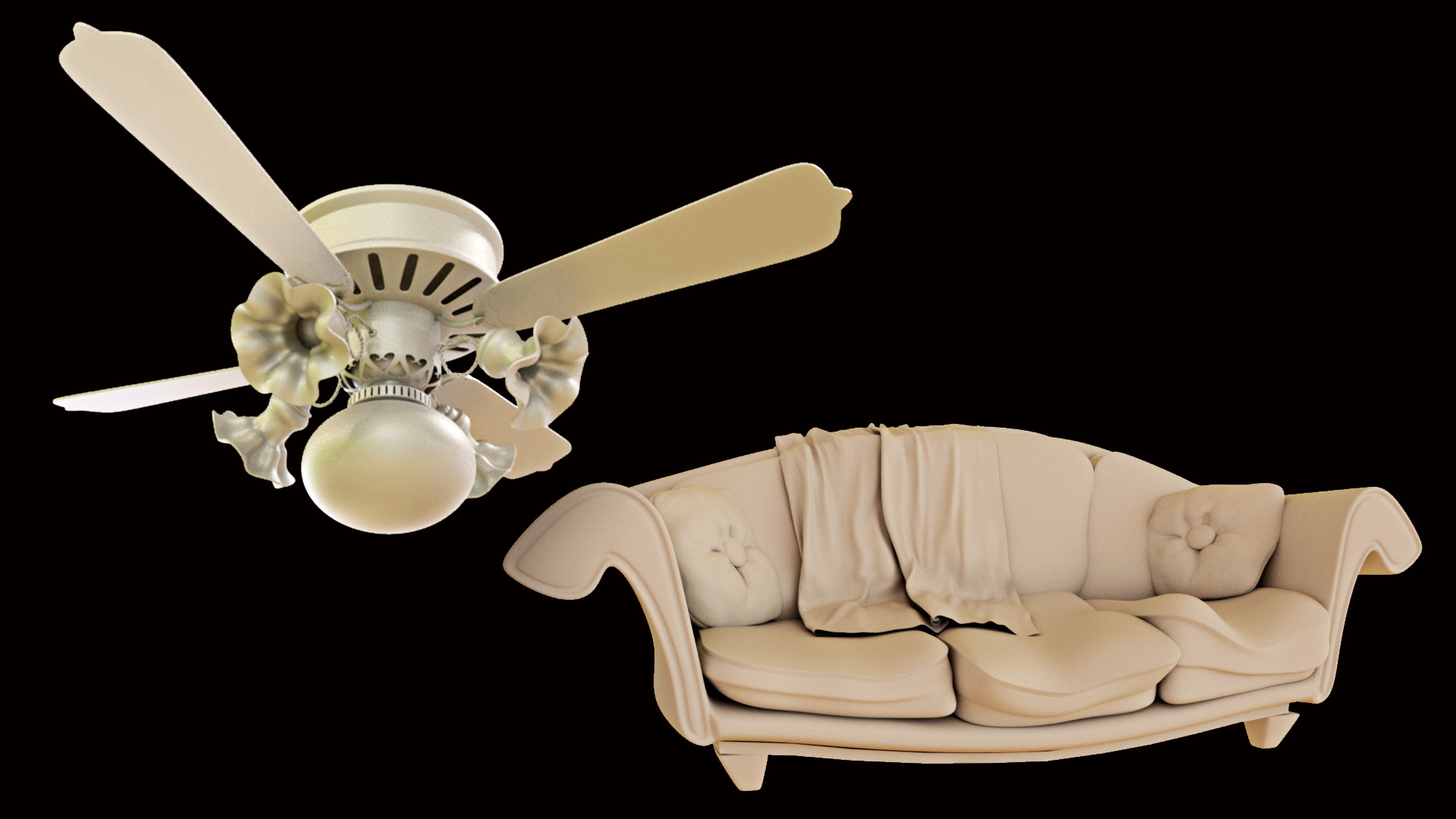
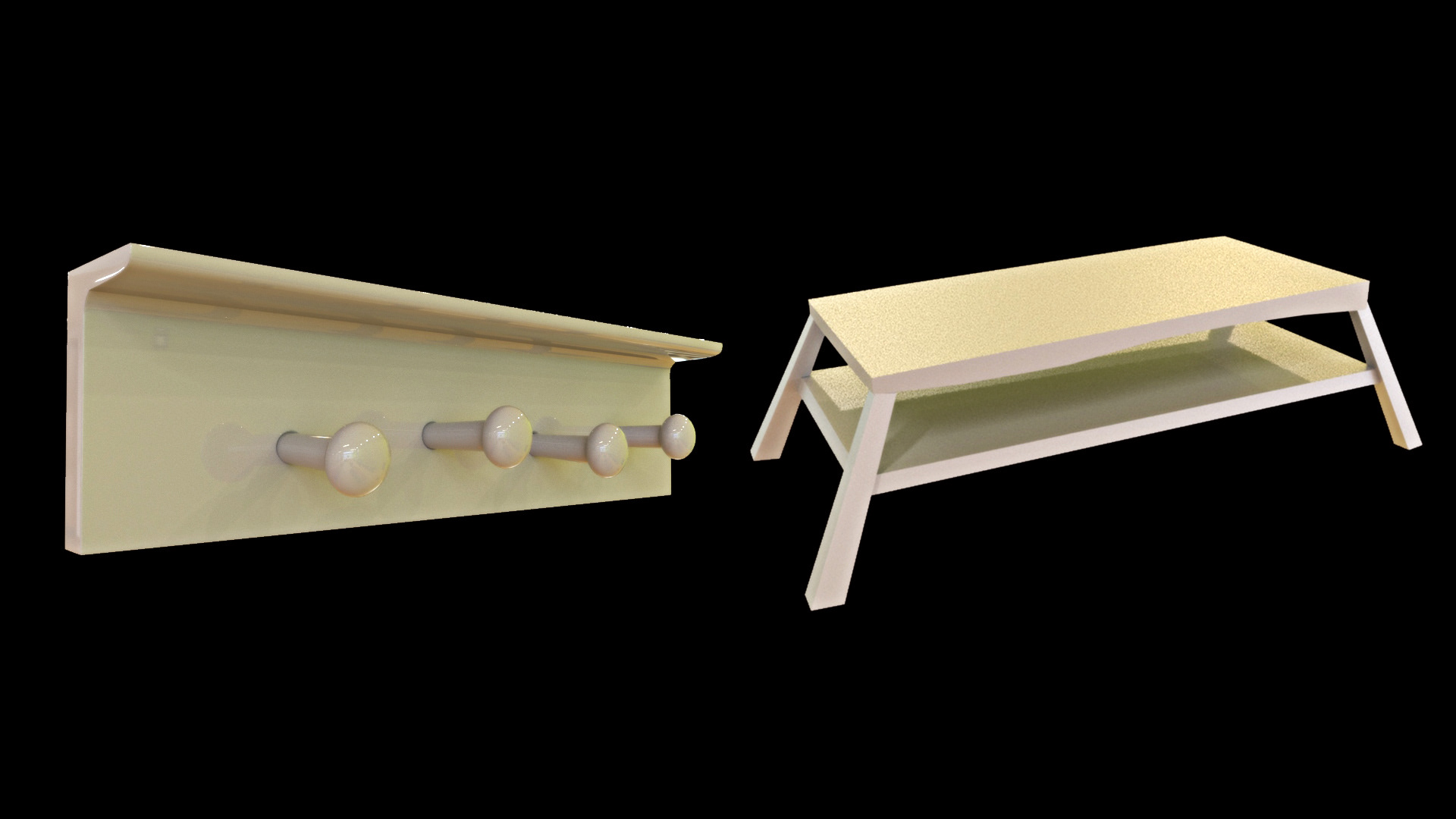
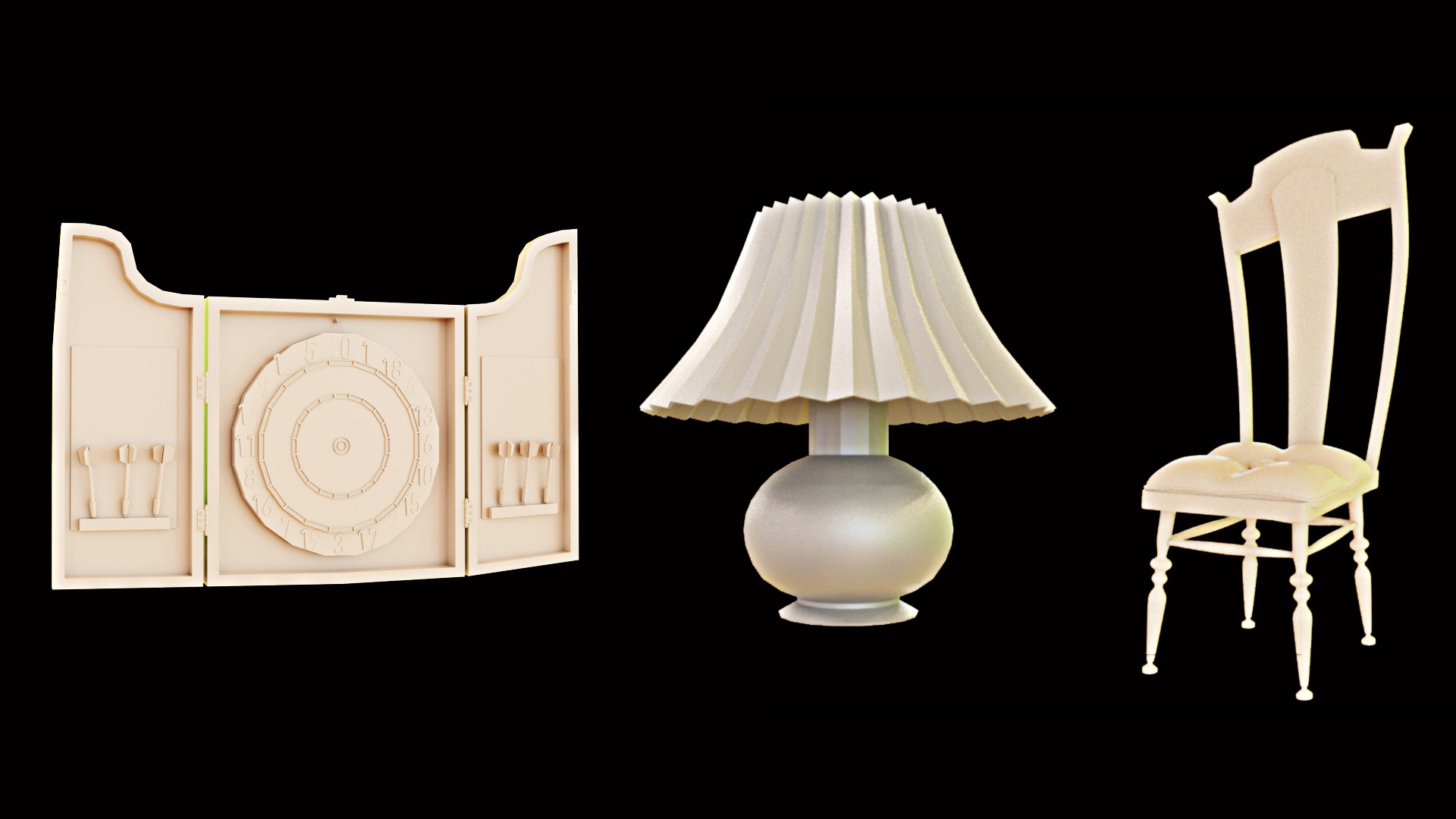
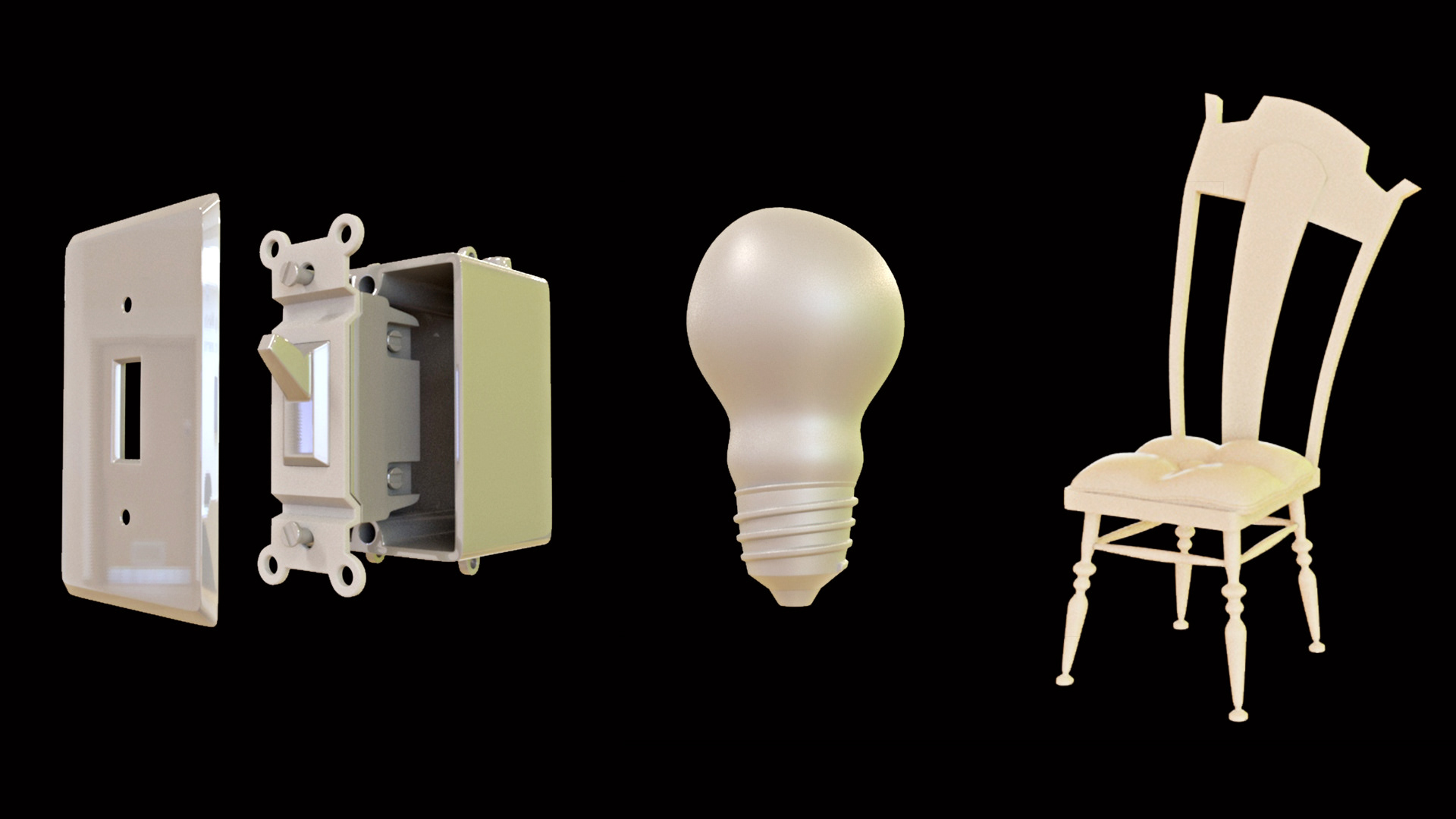
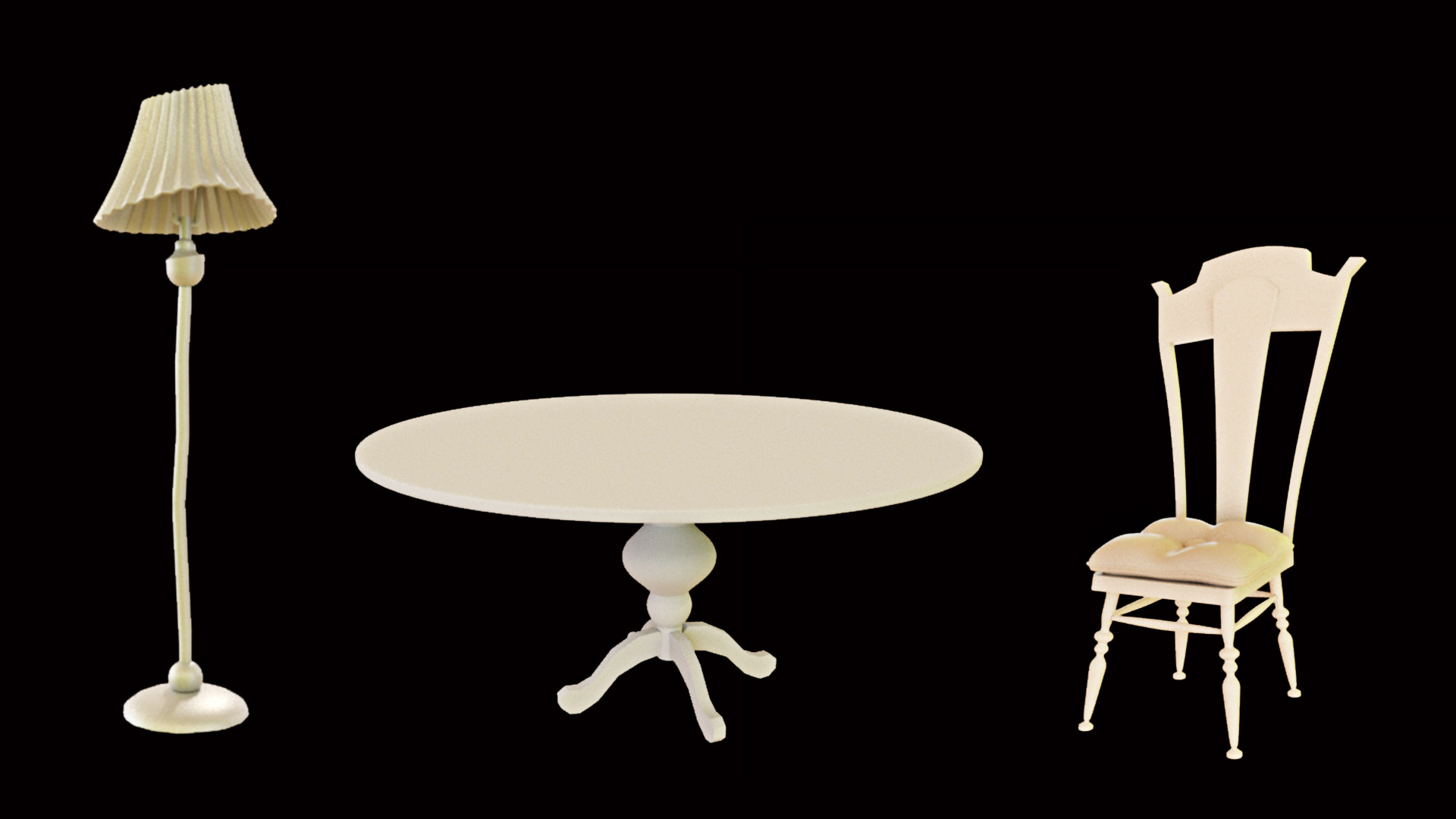

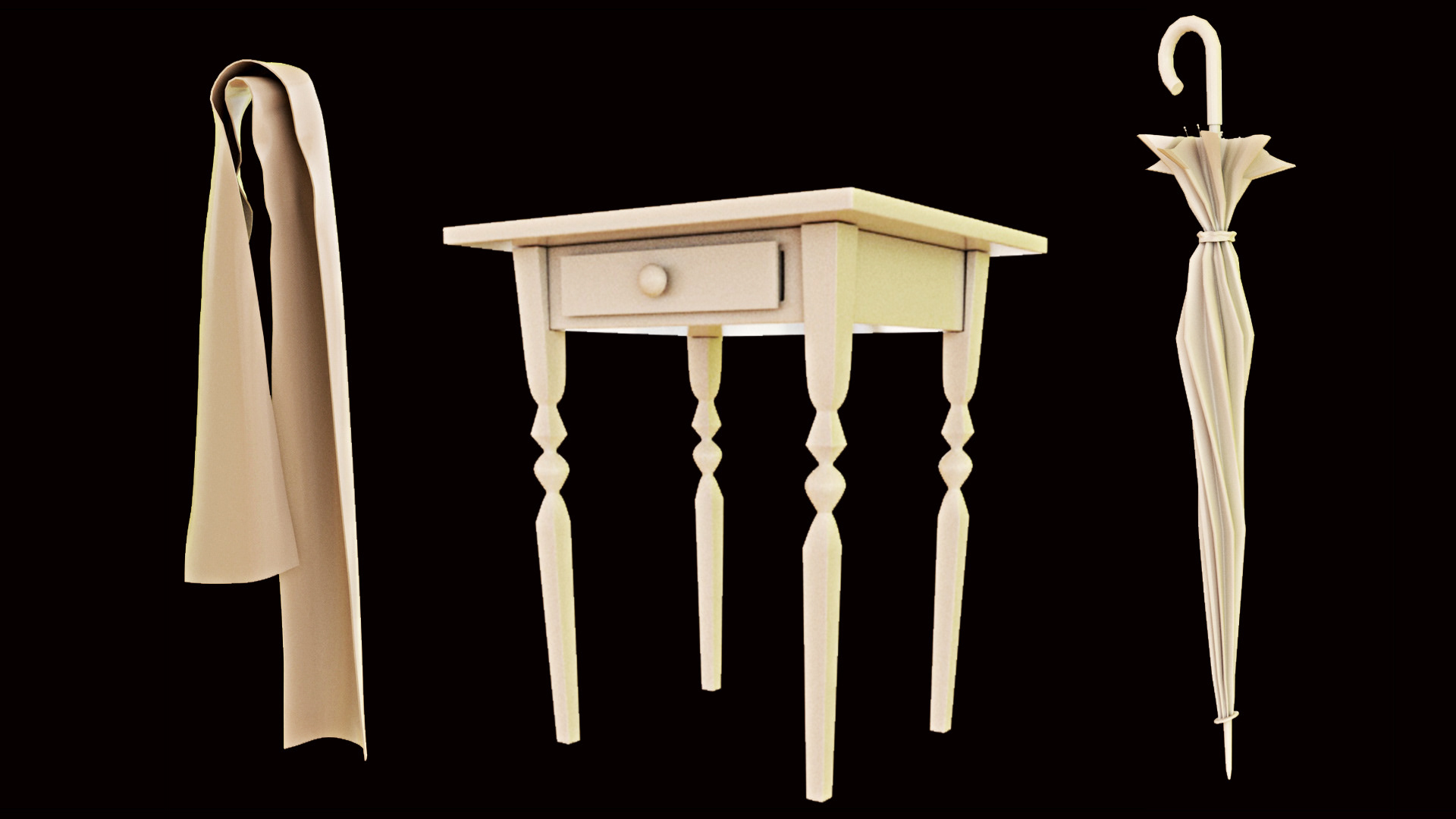

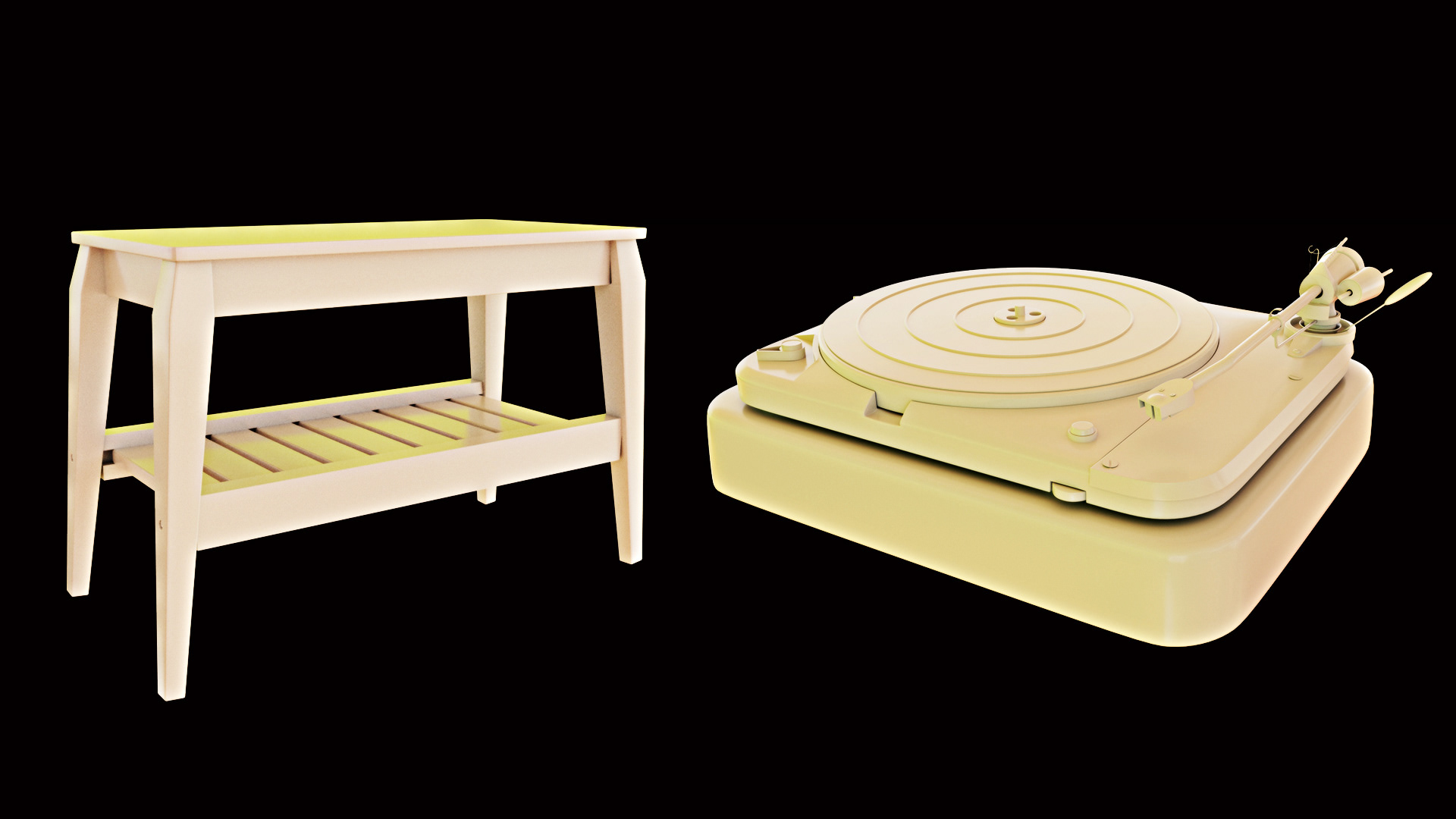
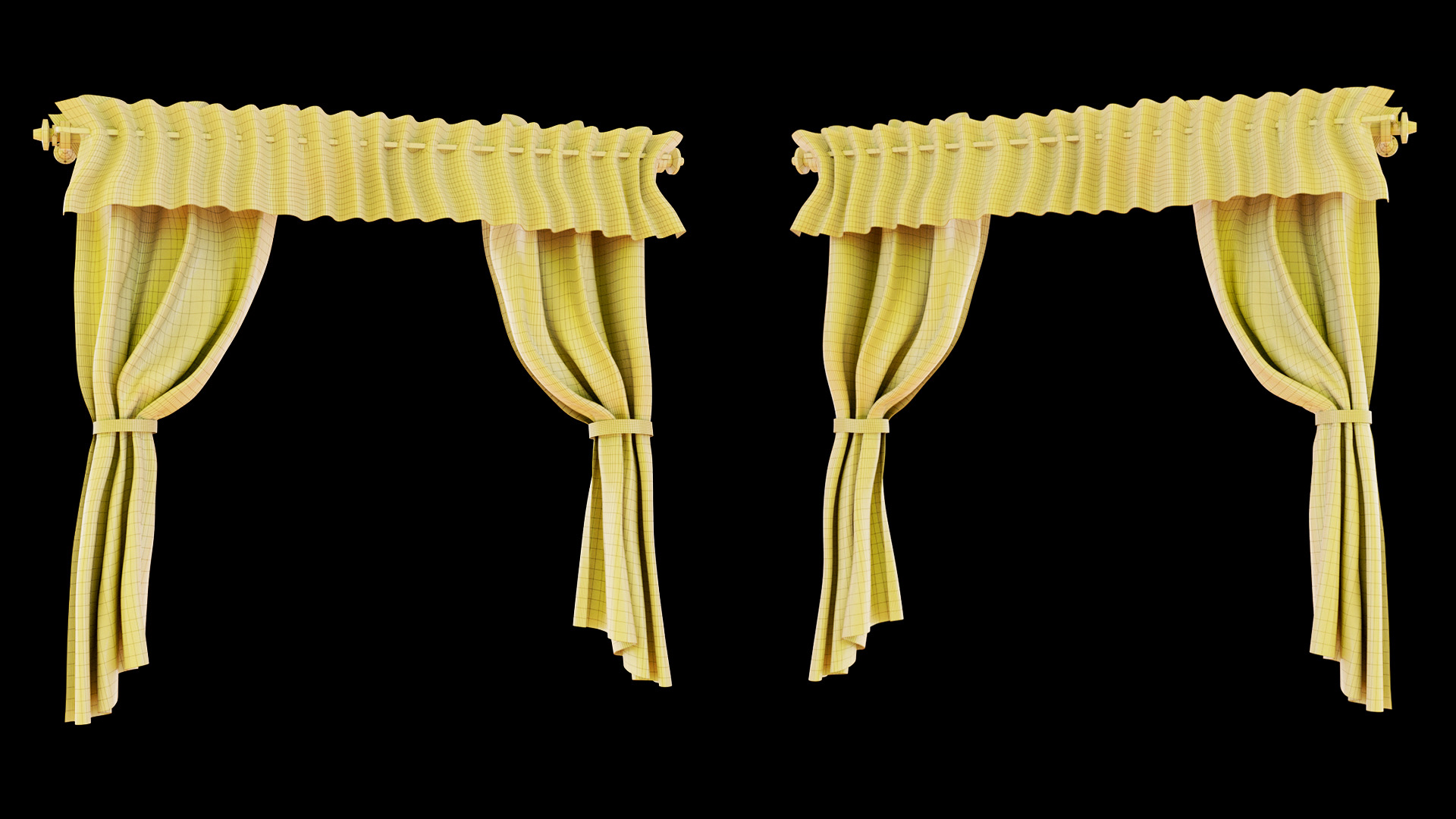
Like in The Human Set Dress Scene I was also in charge of Set Dressing the Destruction set and making sure that the models do not interpenetrate the floor on the asset level and the Set Dressing level.
After we completed the Human Clean Set we moved on to taking the completed assets from Human Clean and started to destroy them in the Destruction part of our set. Each modeler found a method that worked for them. The method I found that worked for me. I made a simple procedural modeling tool inside of SideFX Houdini where I could plug in a 3d model and the tool would run the model through a simple RBD sim. I took the broken pieces of the model back into Maya and fixed the flawed geometry that Houdini spit out.
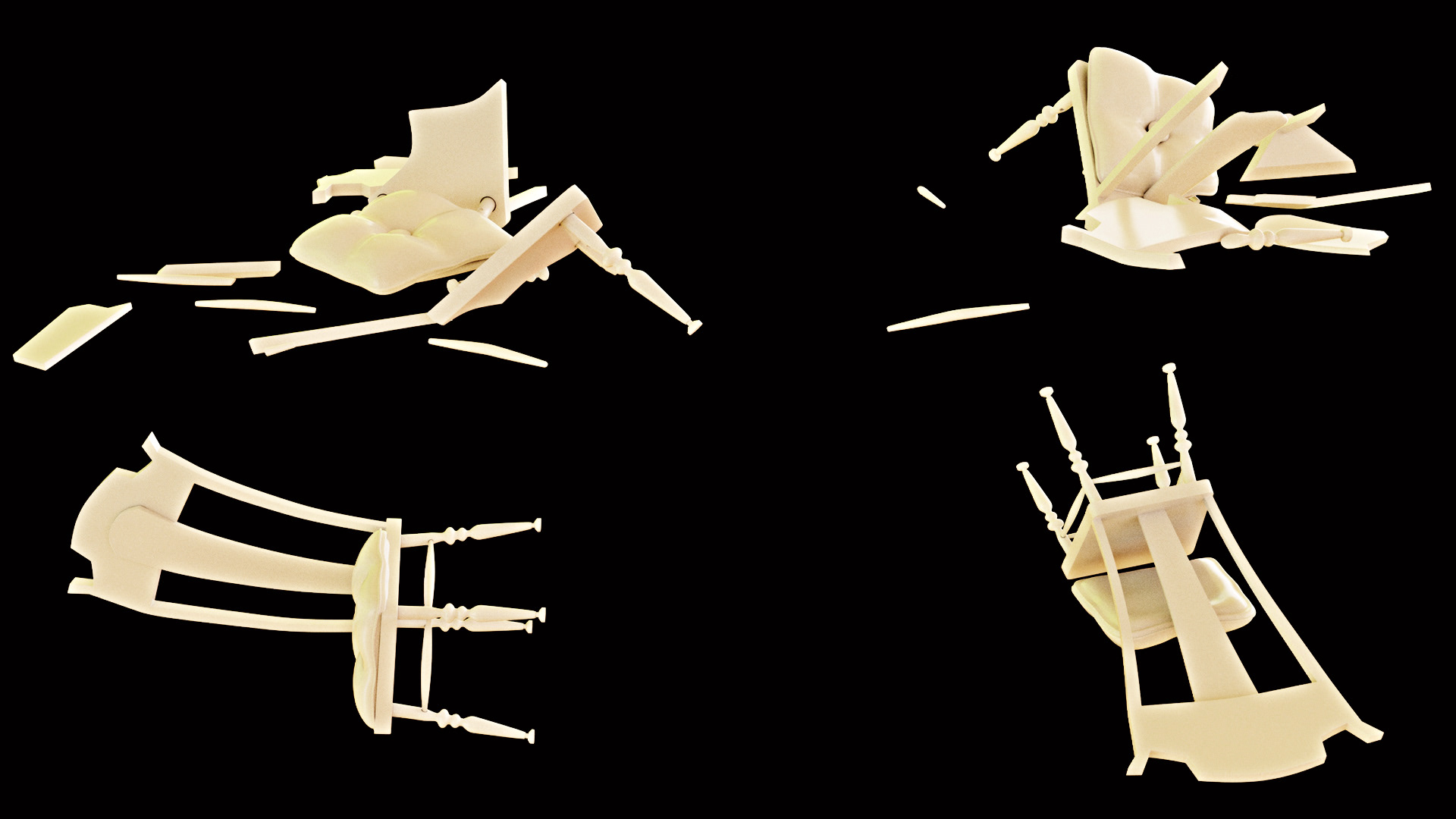
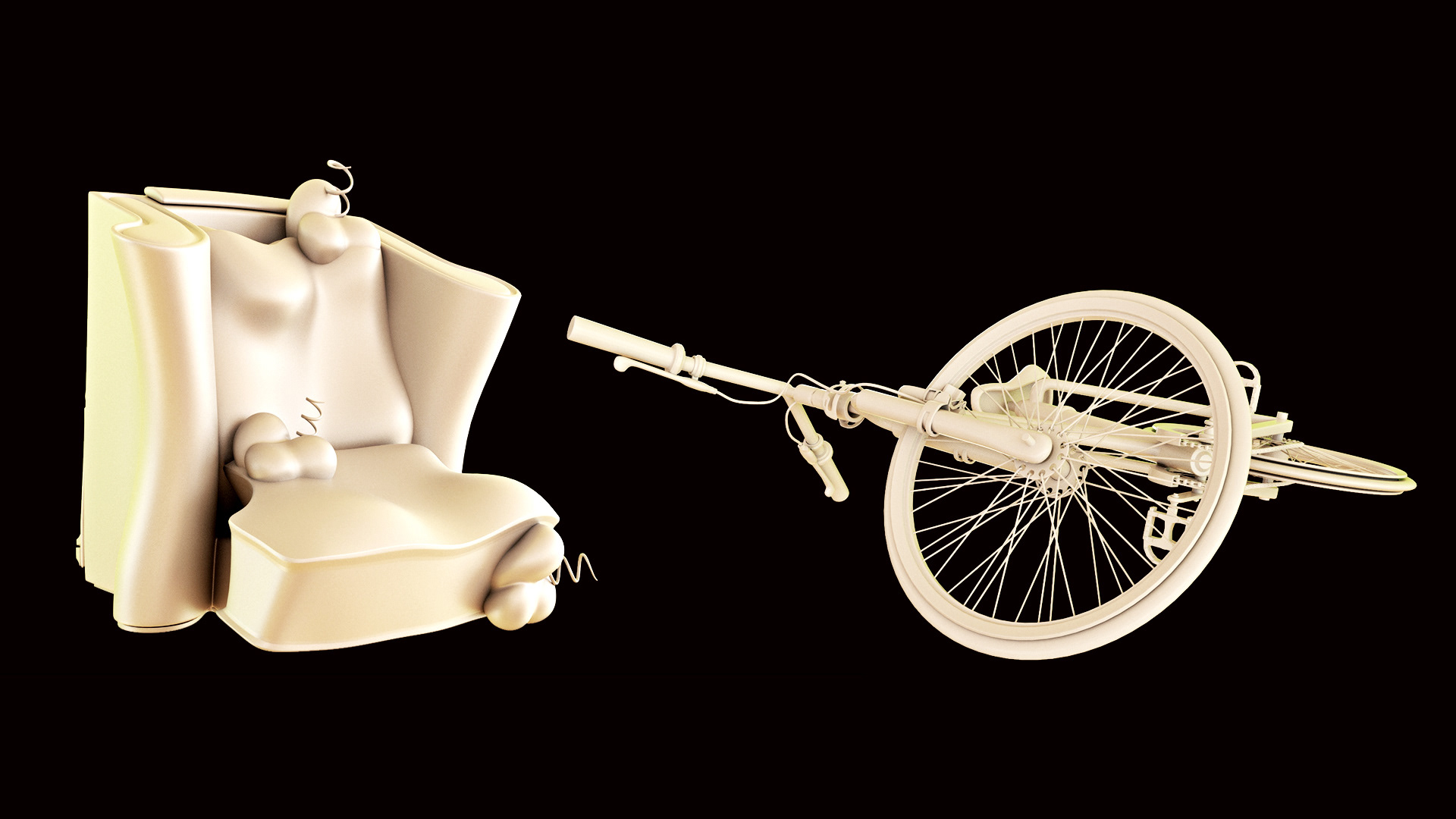
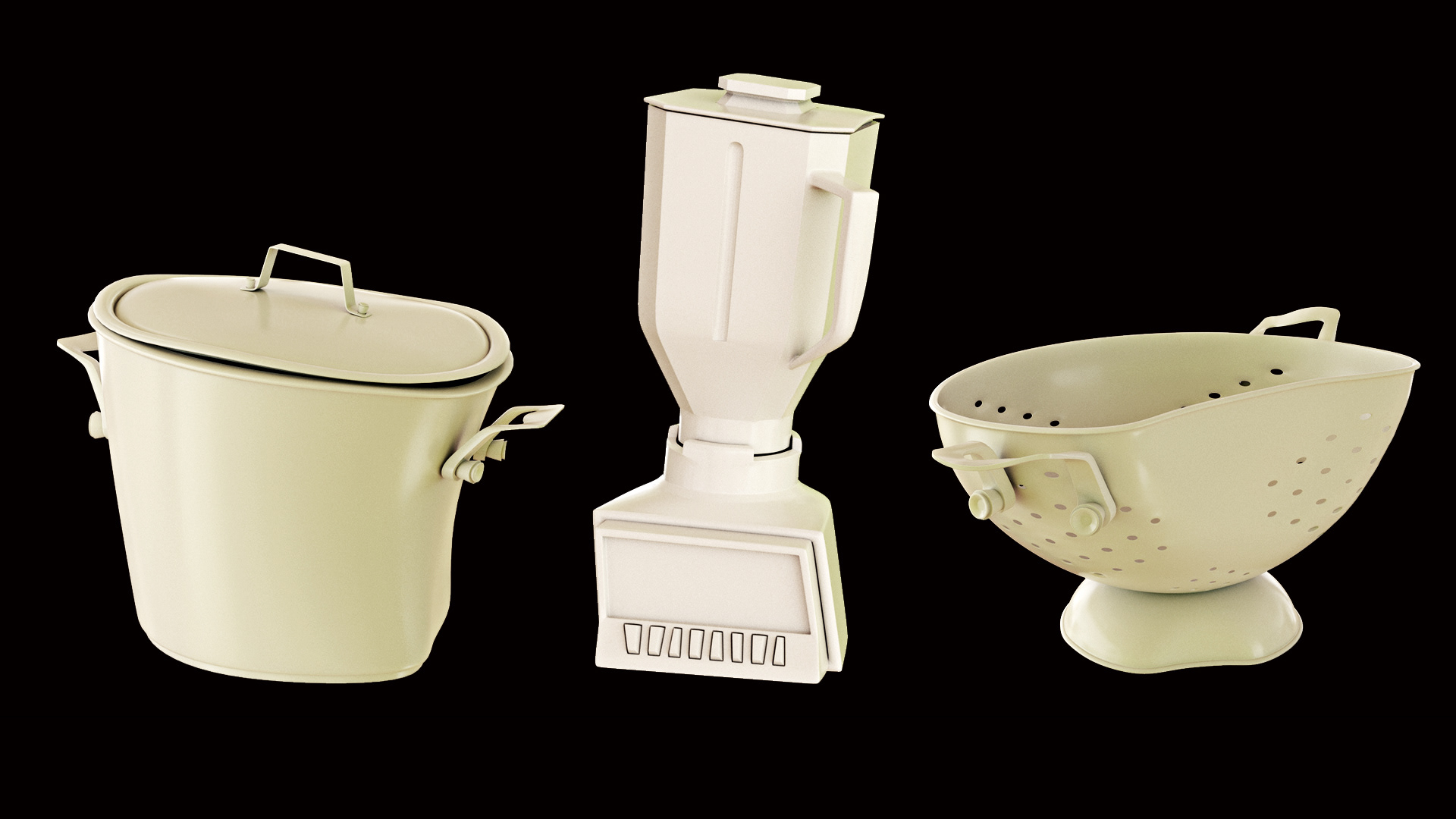
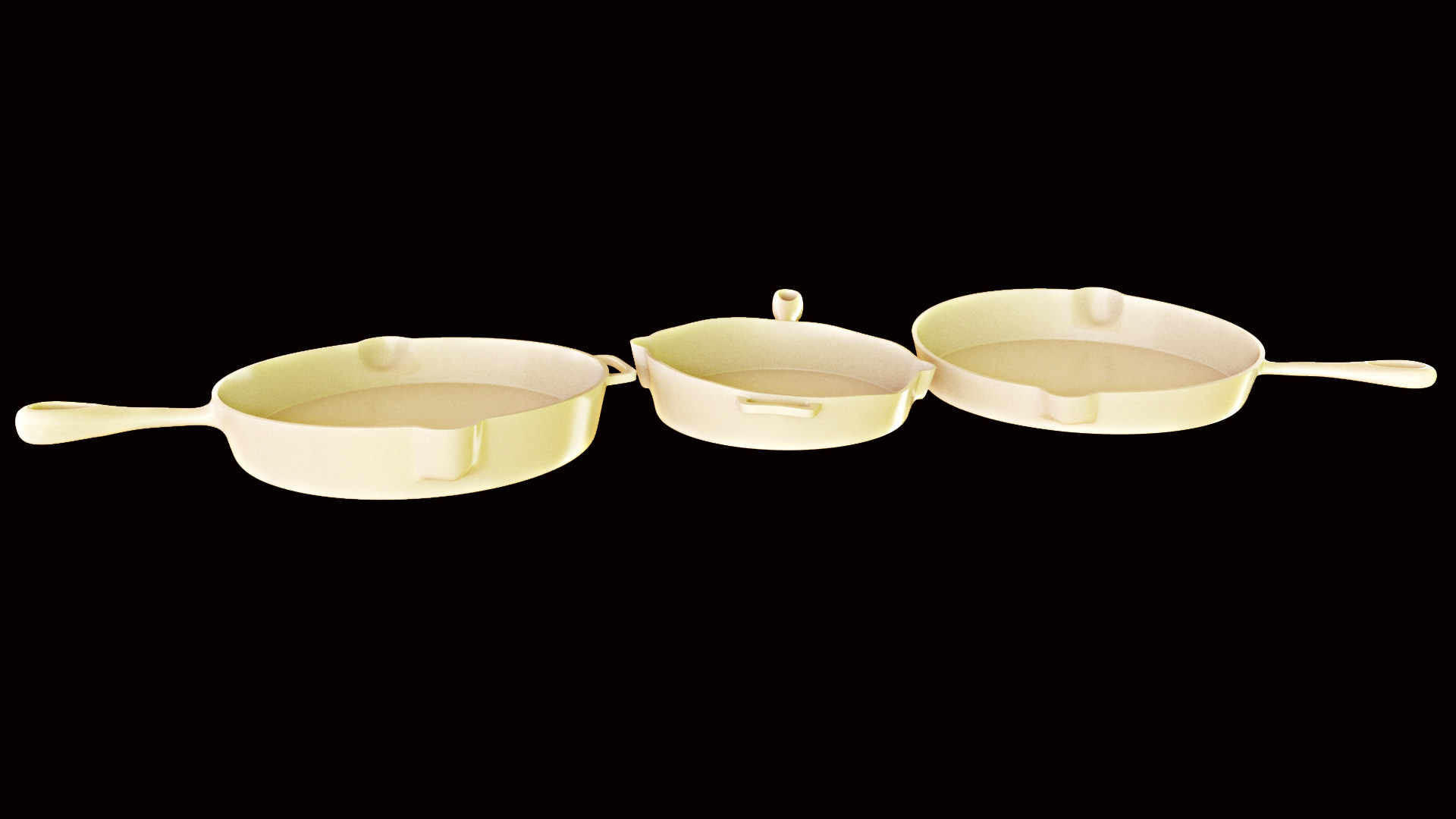
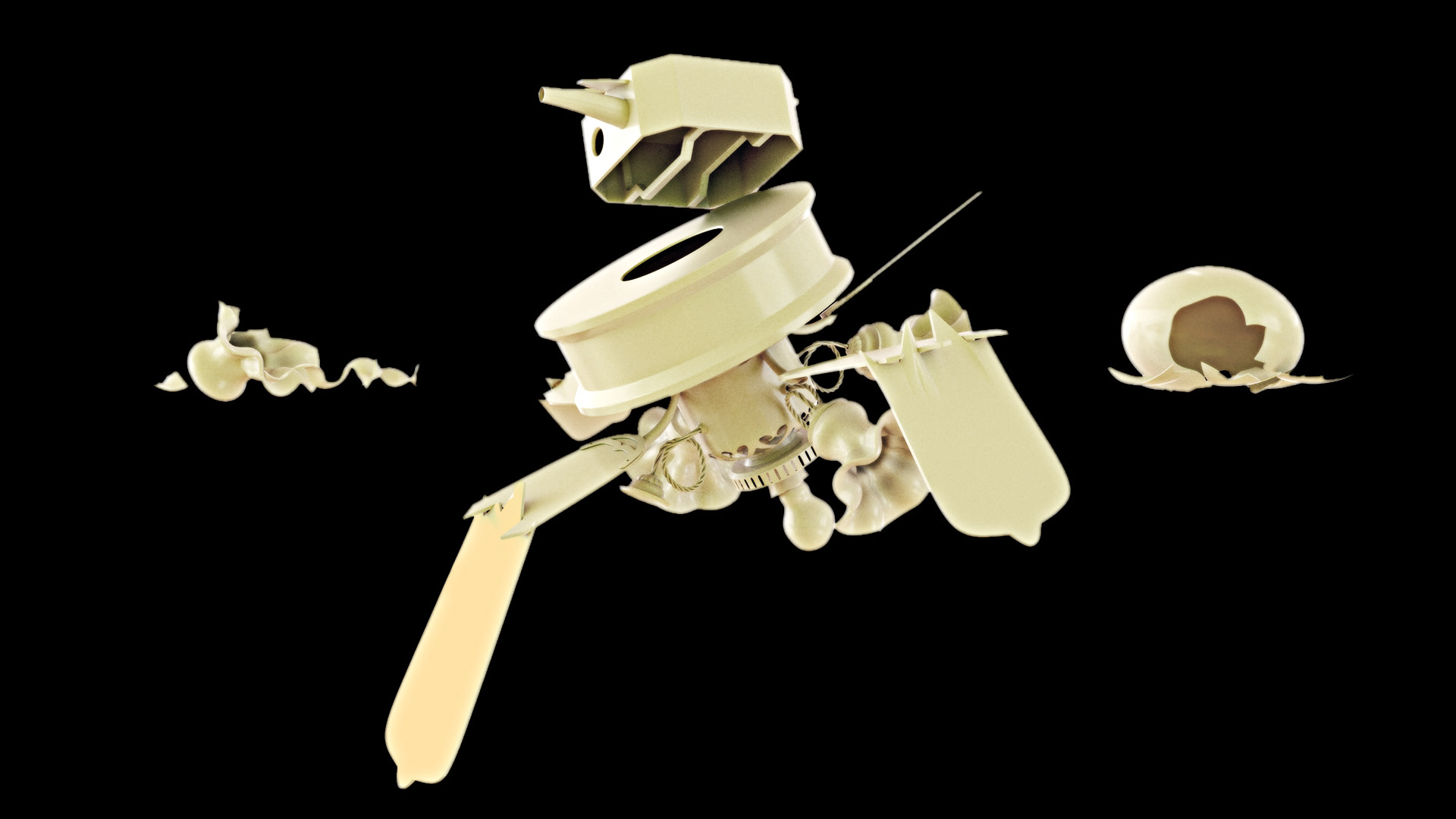
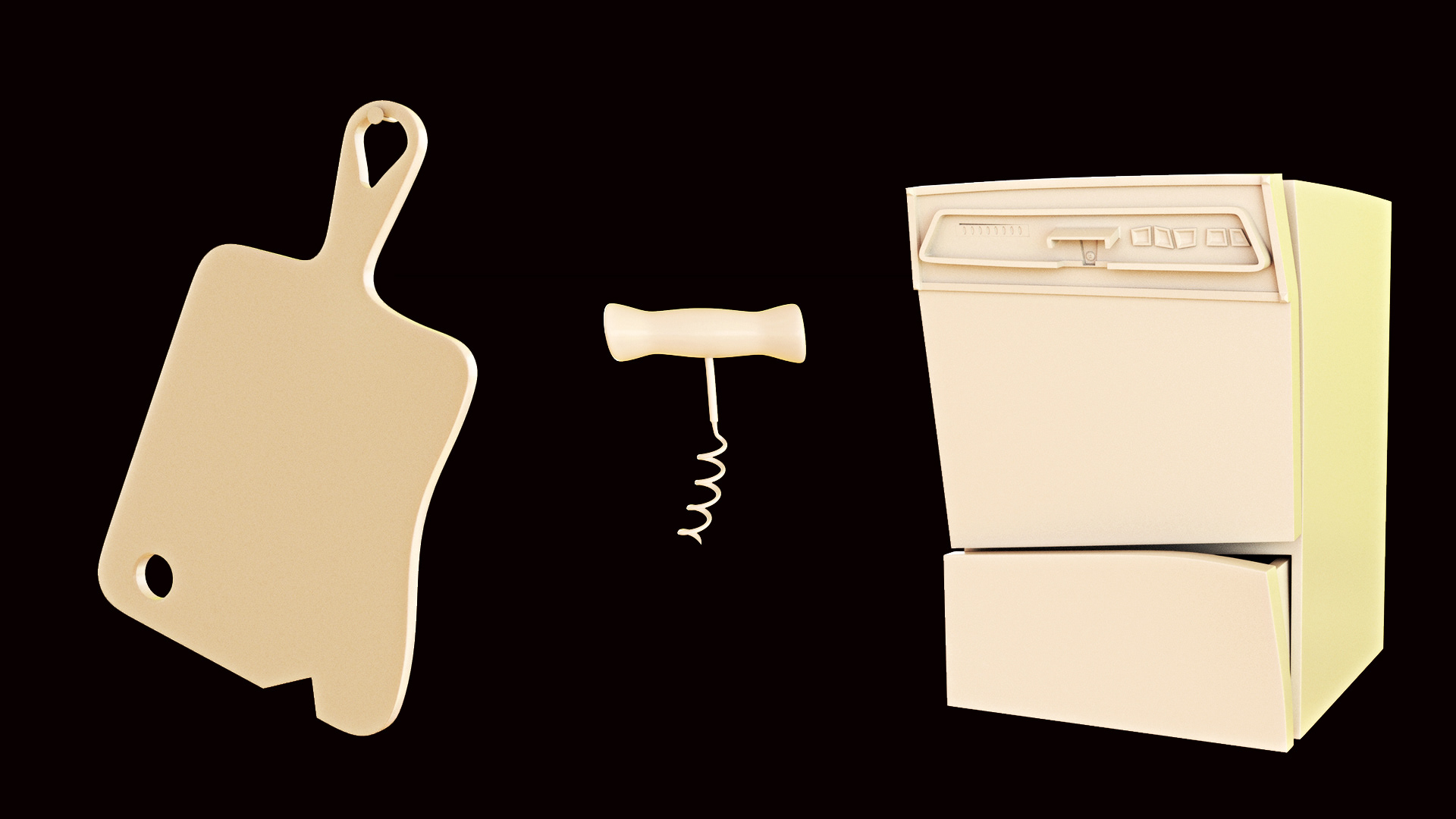
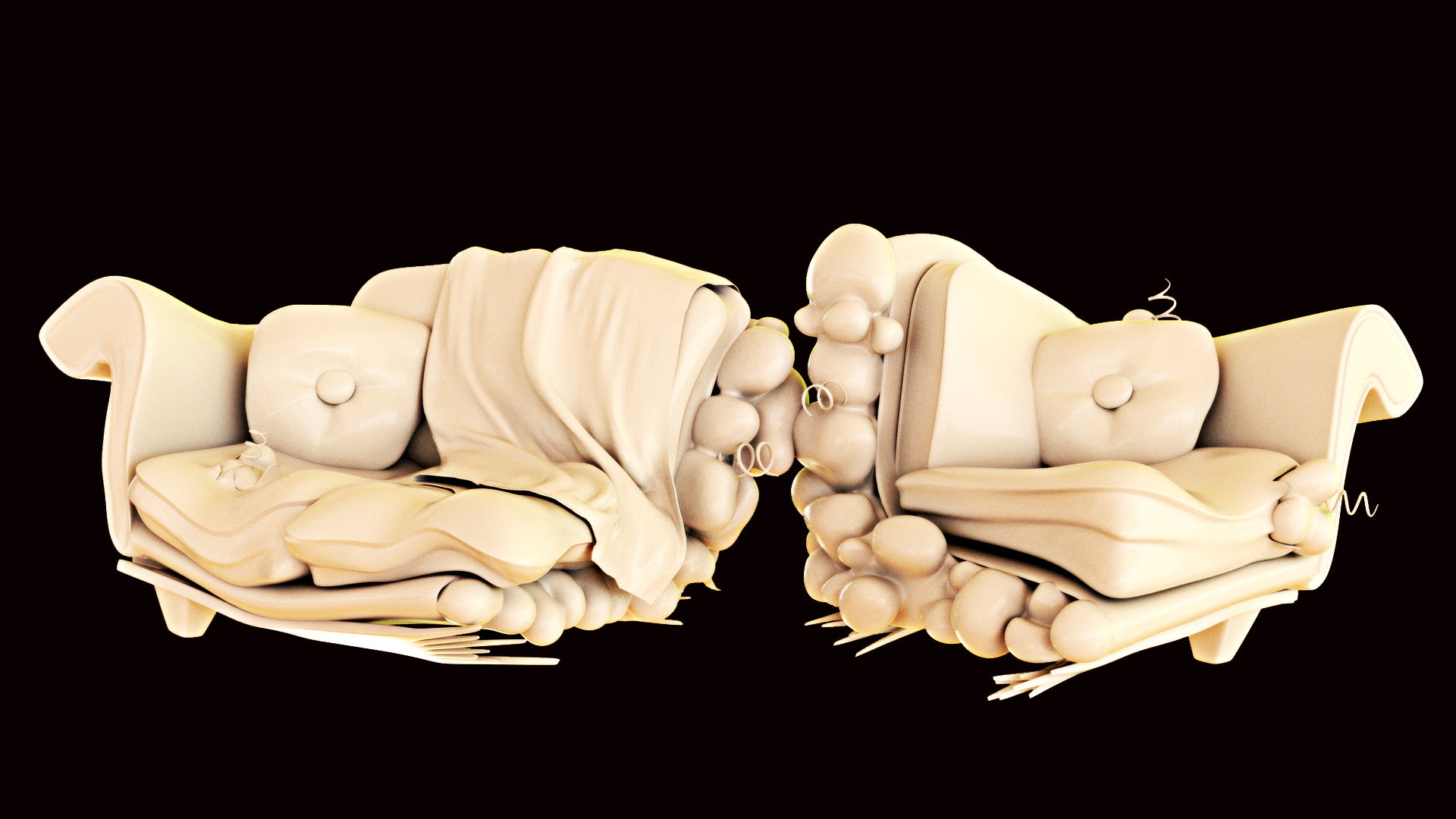
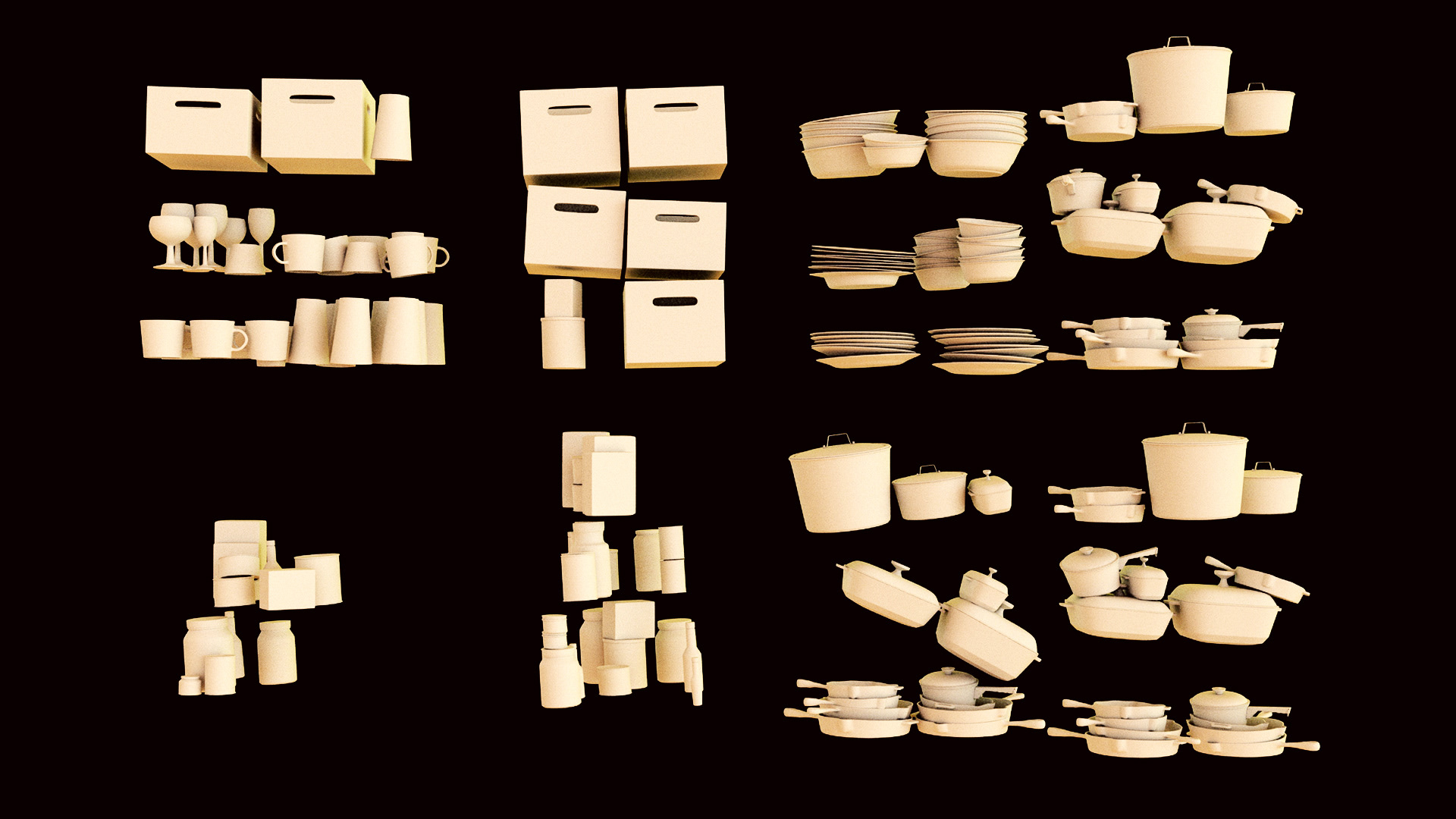
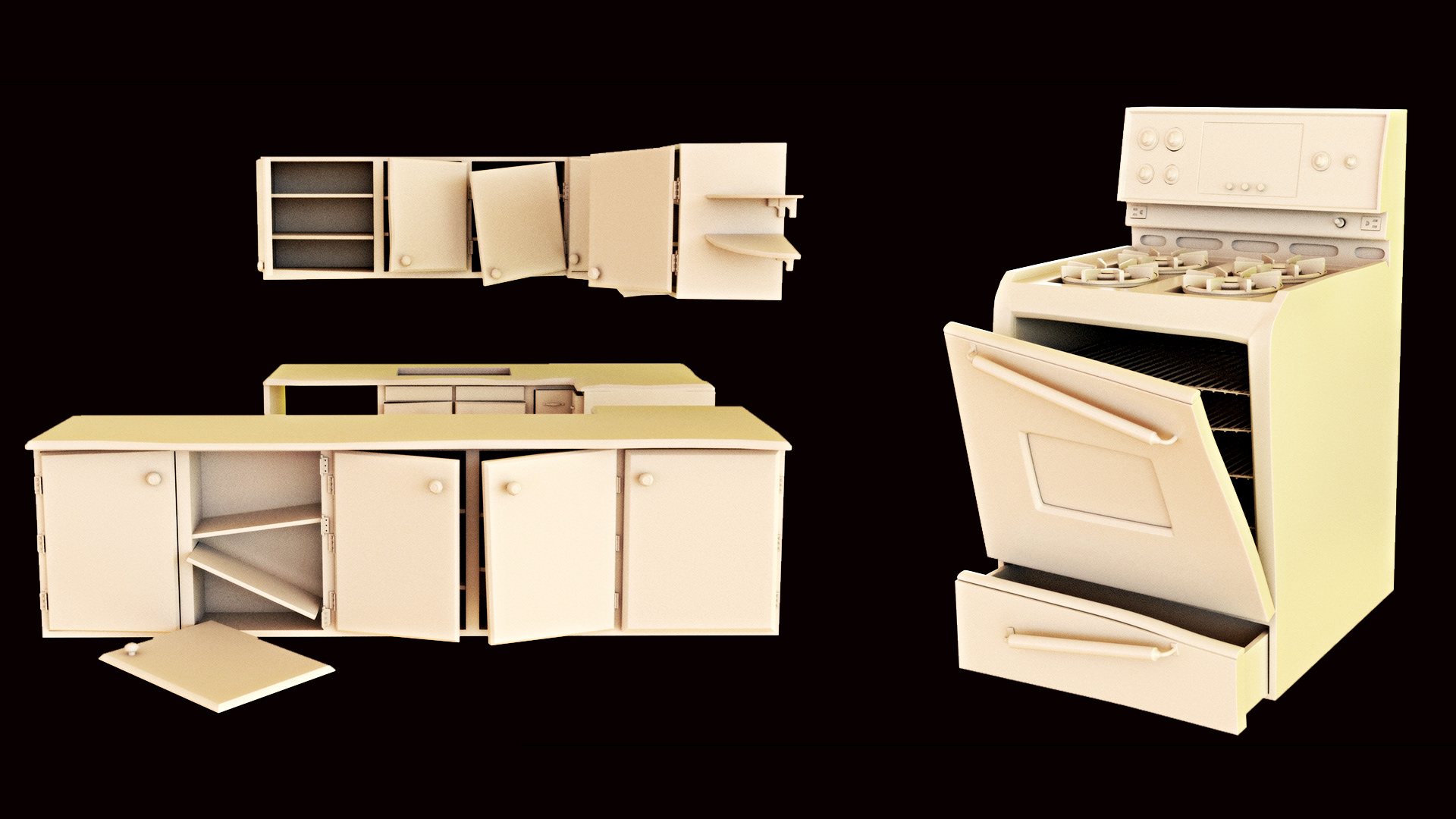
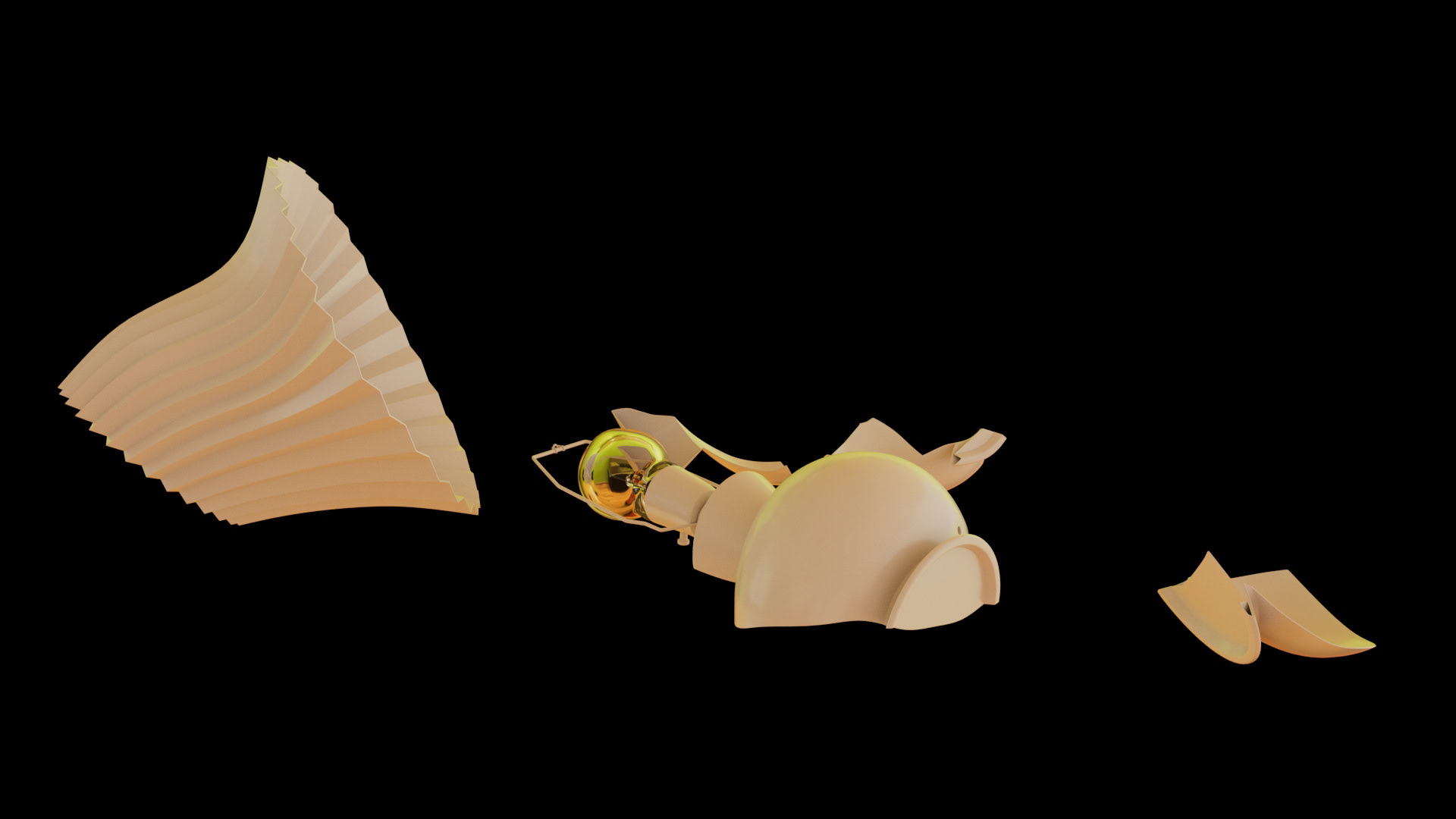
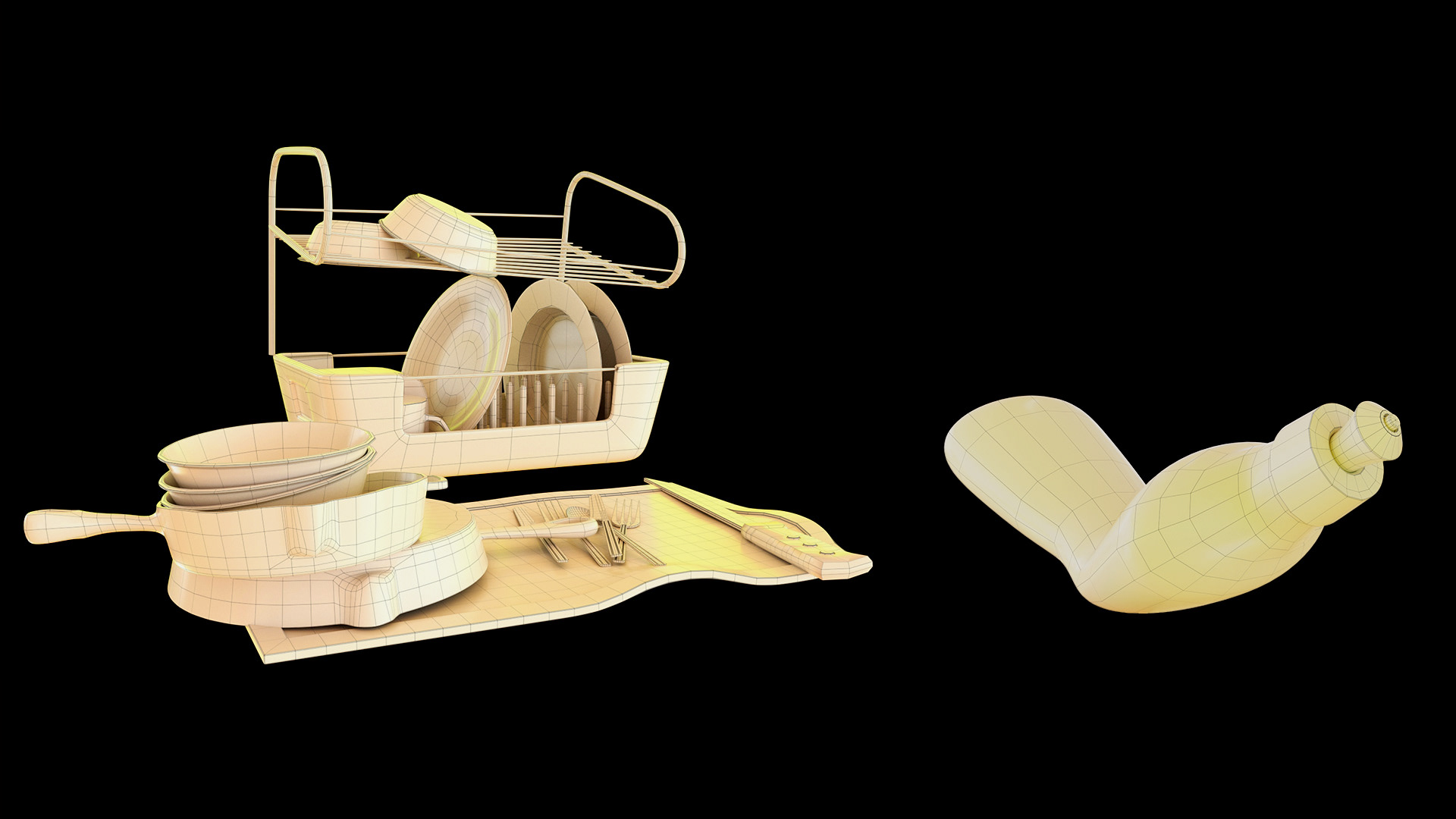
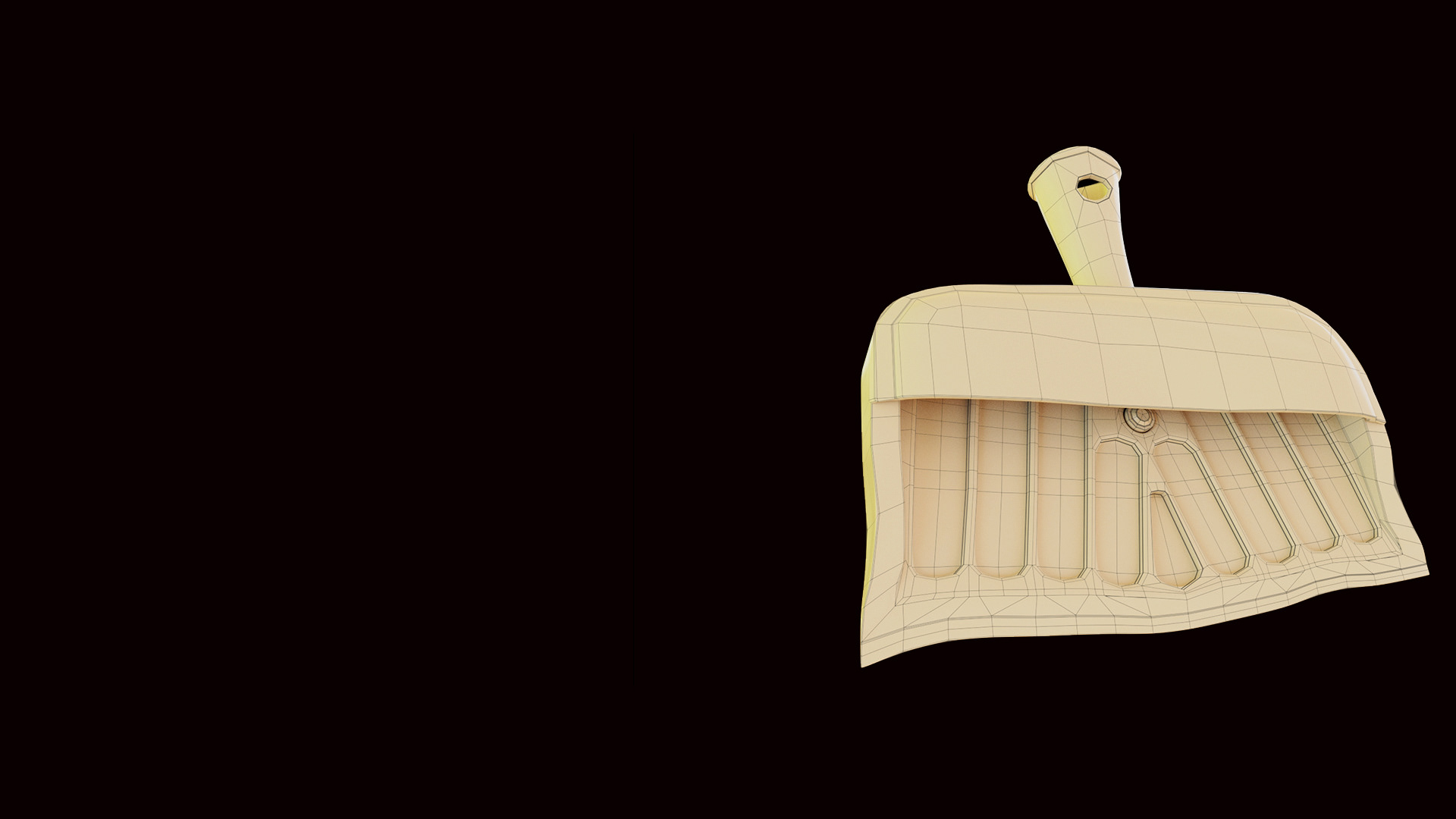
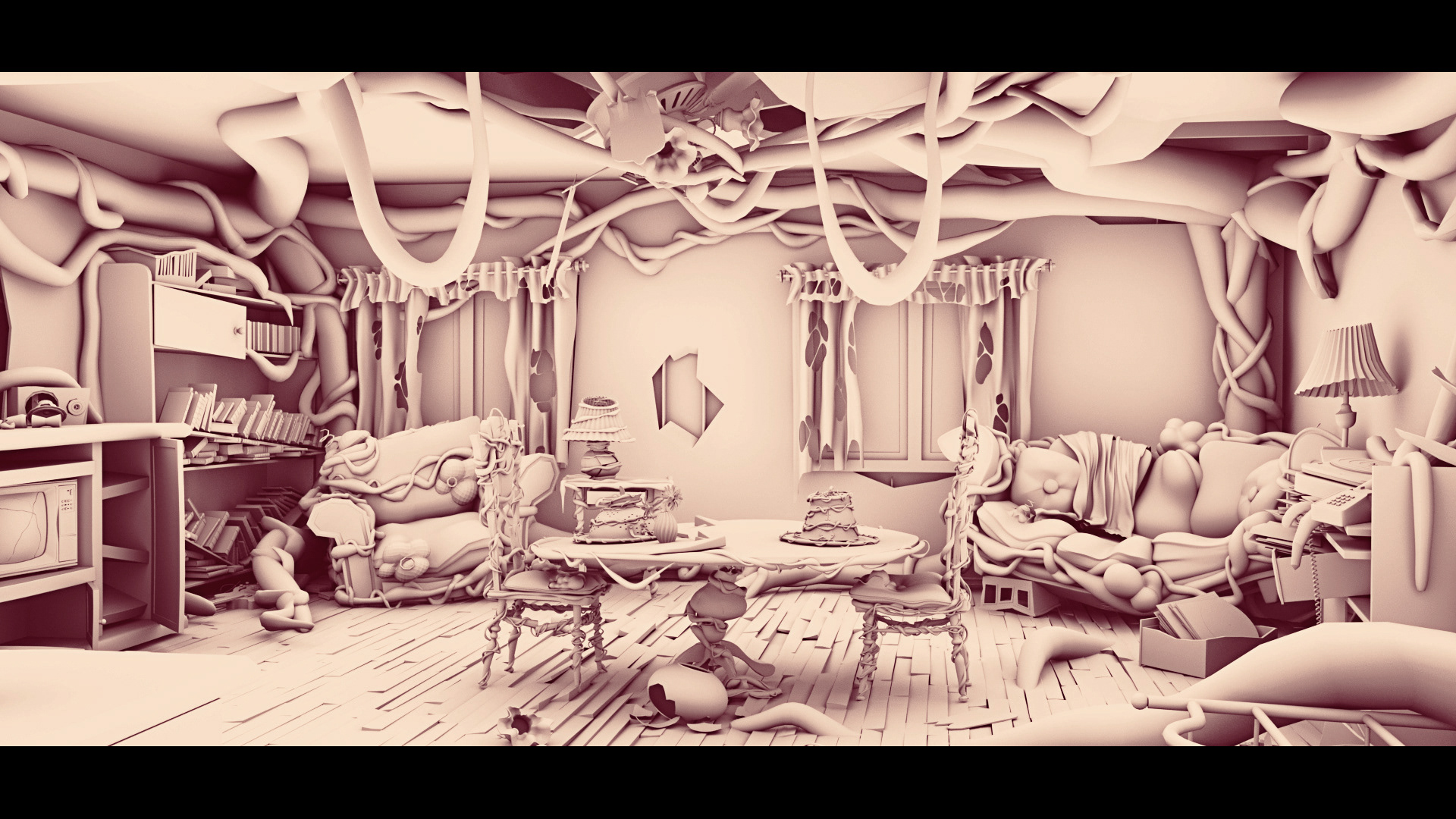
The state of Aldo clean is currently in the blocking stage sense we are currently finishing the Destruction version of the set and we need the destroyed assets in order to put them together with vines in the Aldo Clean version of the set. From what I have observed from the progress We have made with the destruction set is that once the previous stage is done the next stage goes a lot faster.
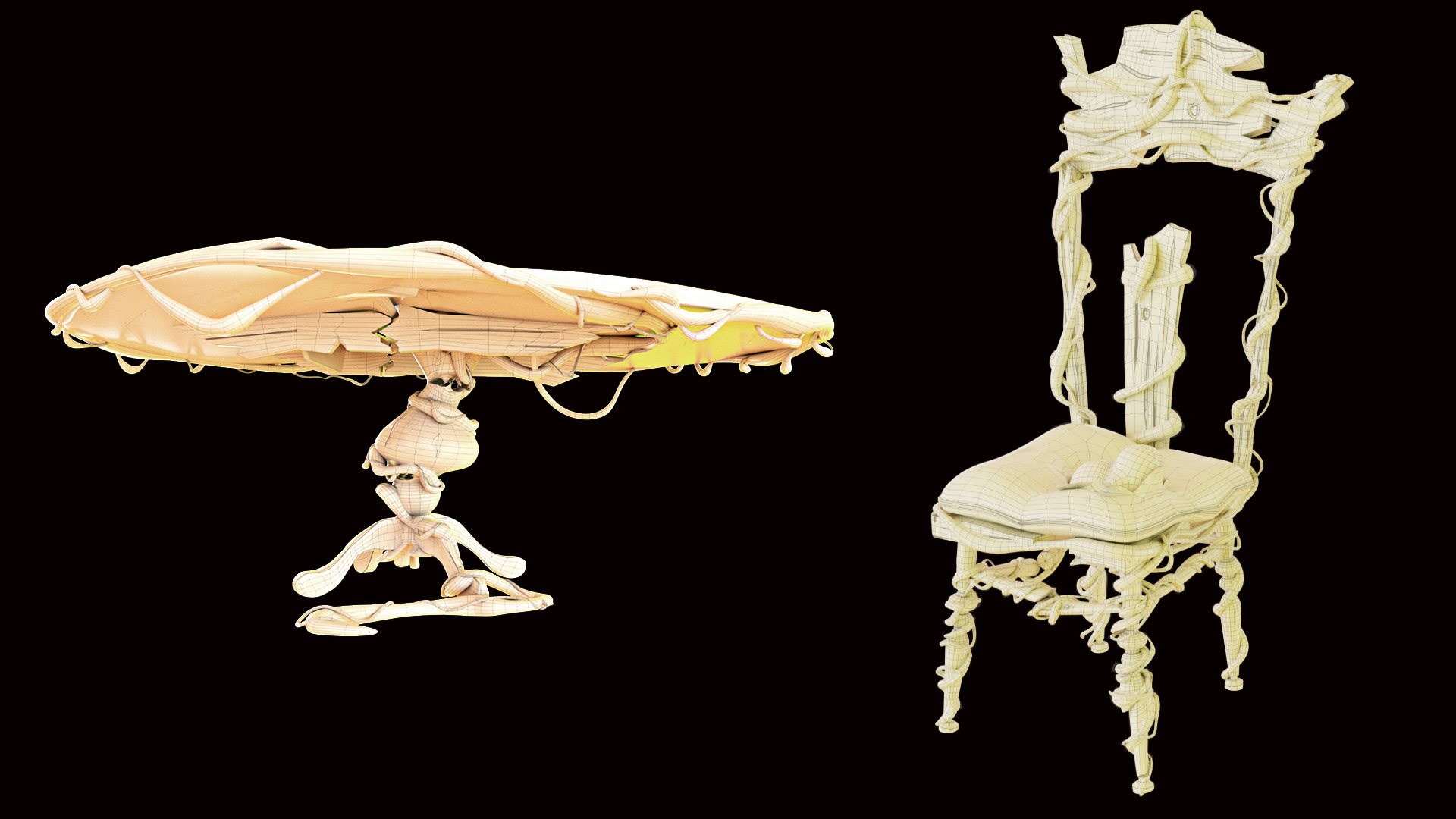

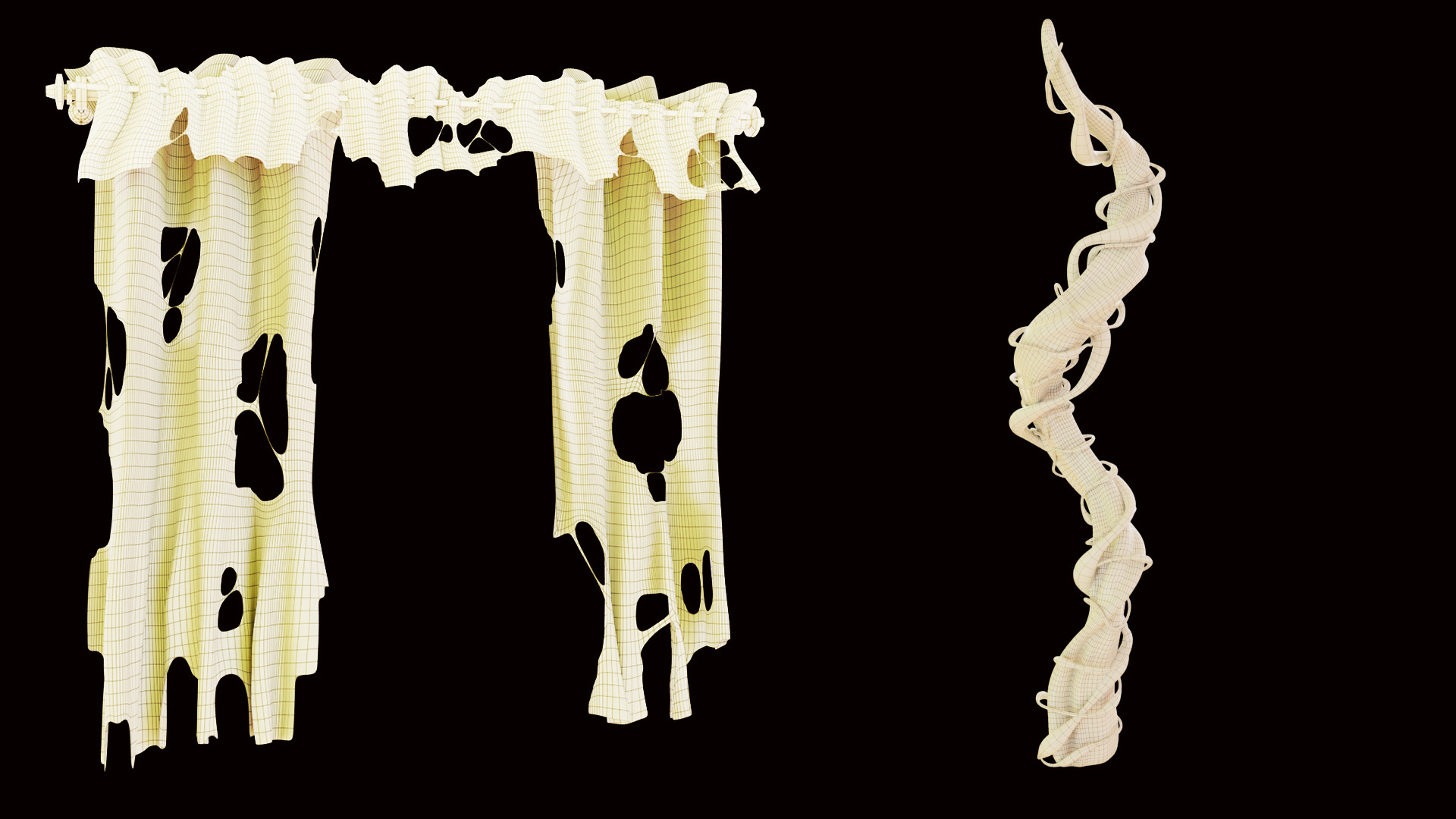
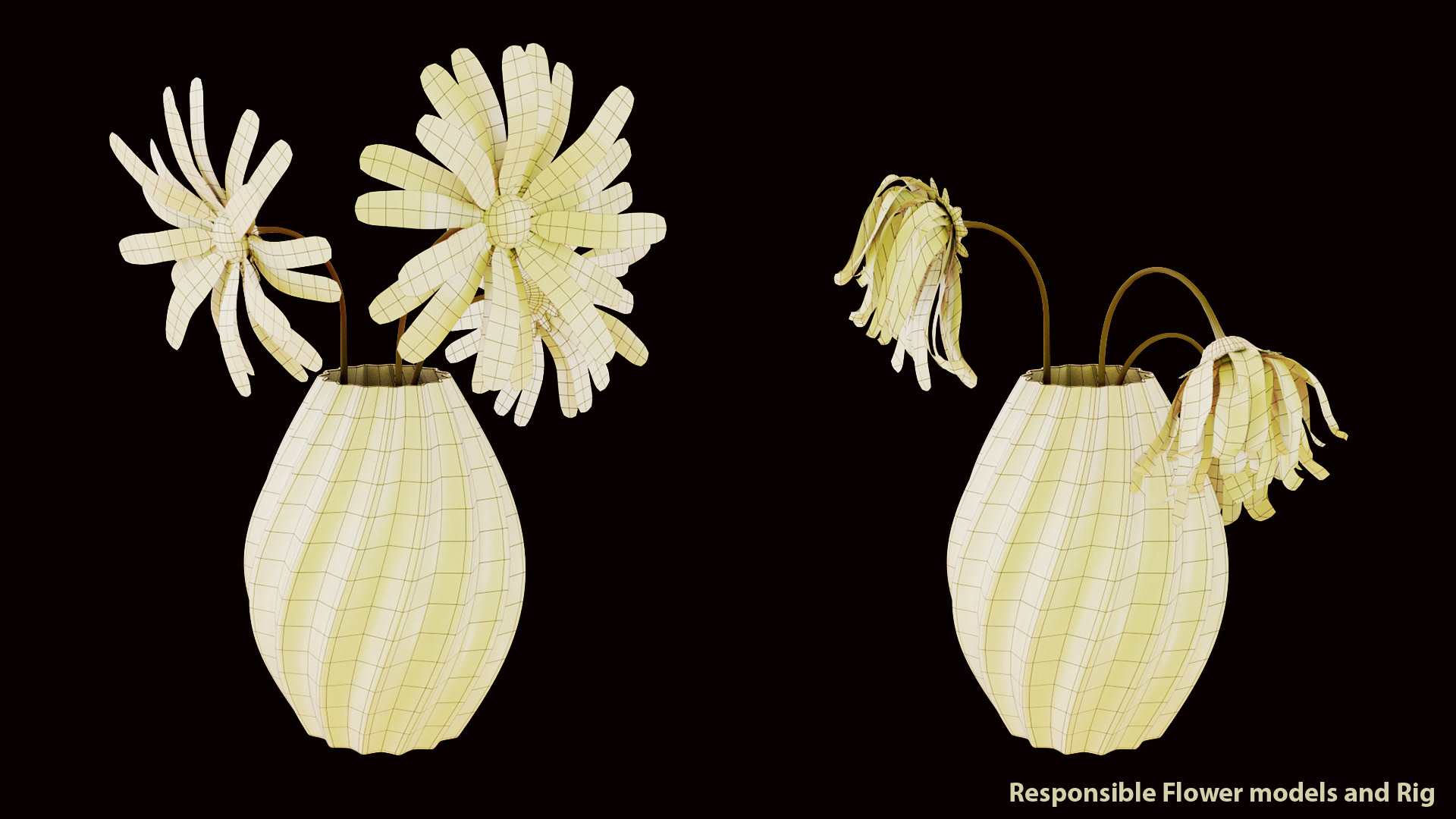
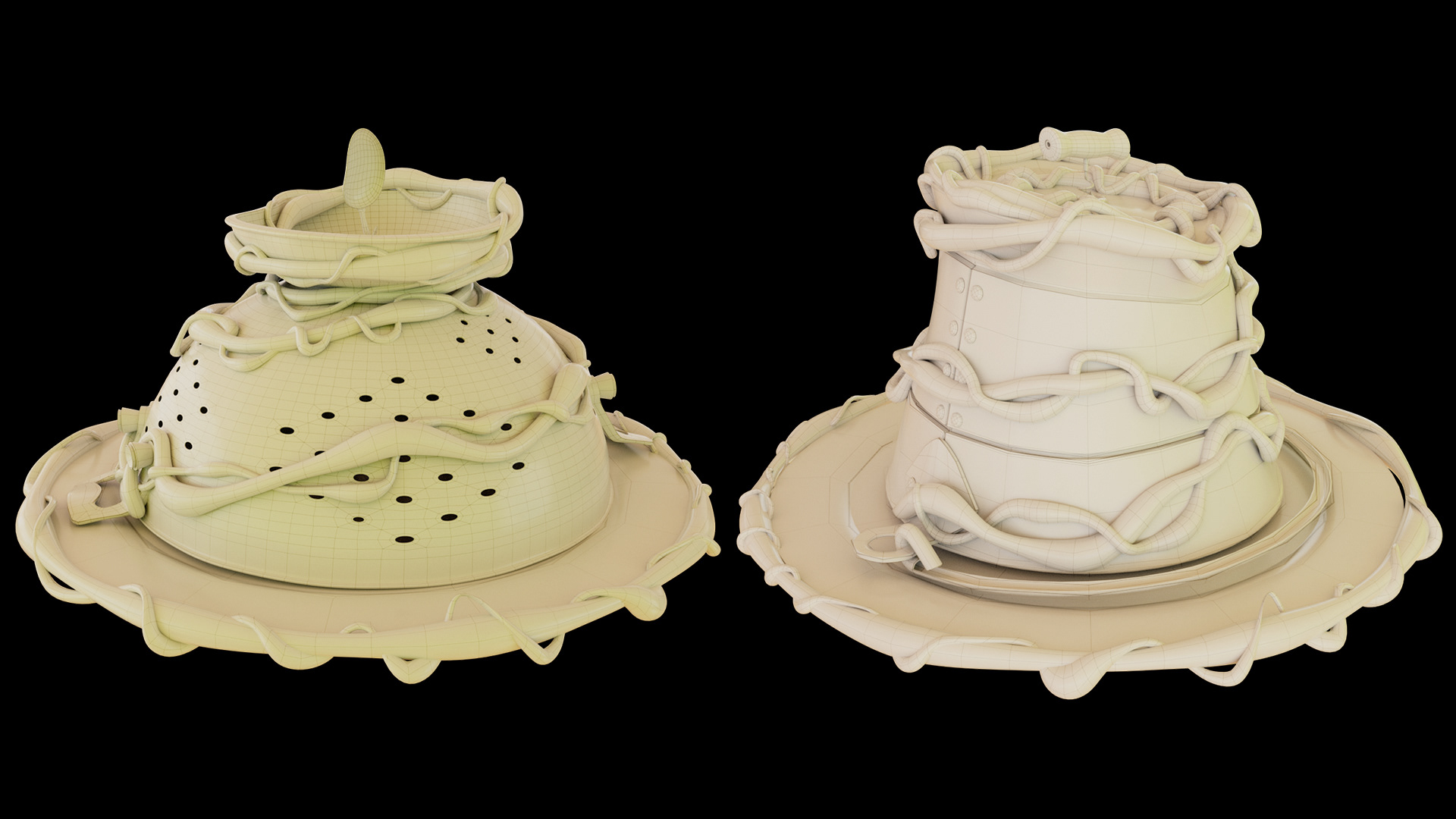
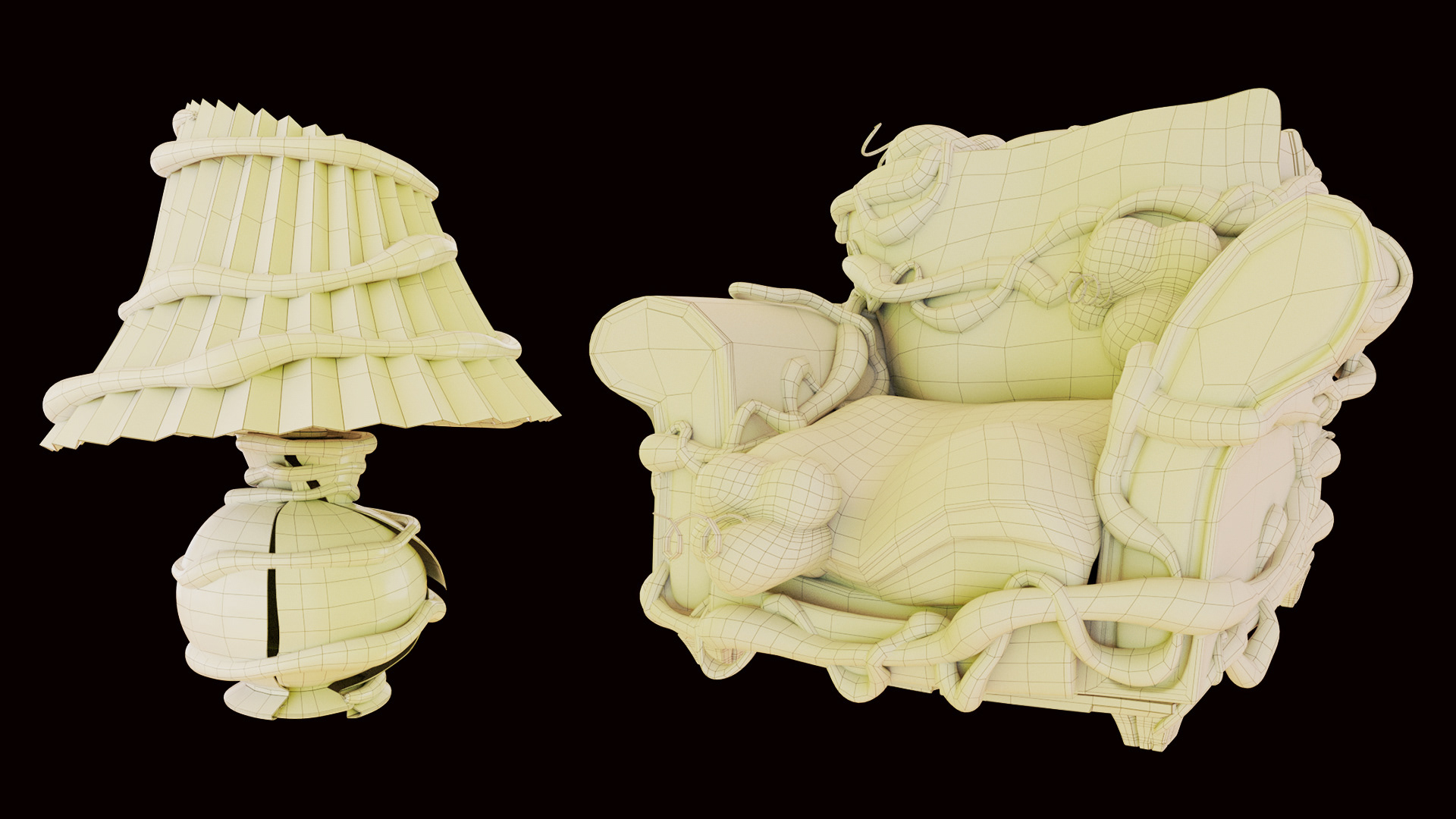
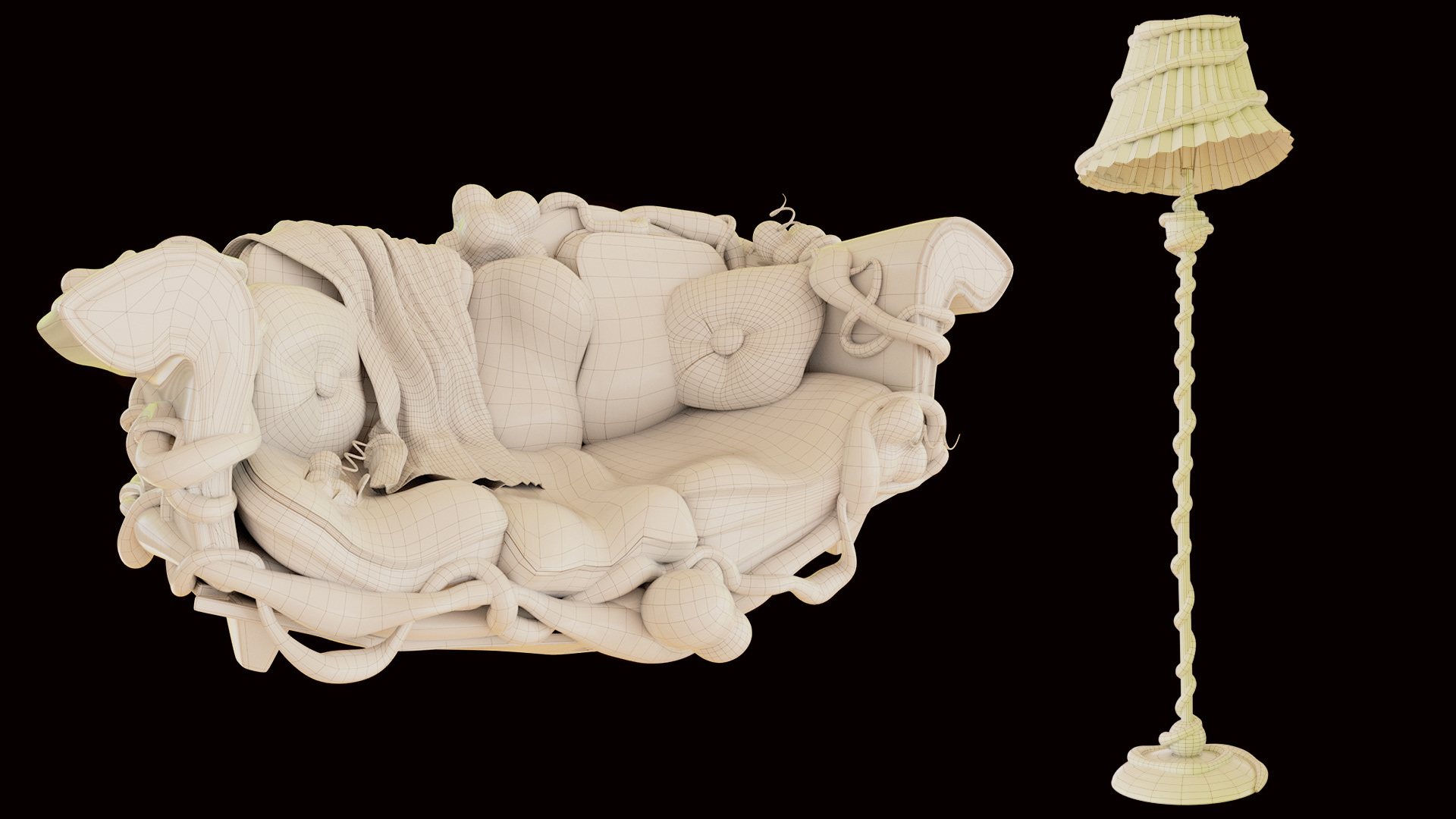
Throughout the last semester I ran support to Violet and Christine as they worked to further work on Aldo’s character effects for his leaves. I helped provide some assistance to the VEX Scripting that is in Aldo’s Houdini node tree, but Violet and Christine really developed Aldo’s groom to what it is today! I modeled the character in our short which we call plant friend. After I modeled him Mason took the character and rigged him.
Color Key
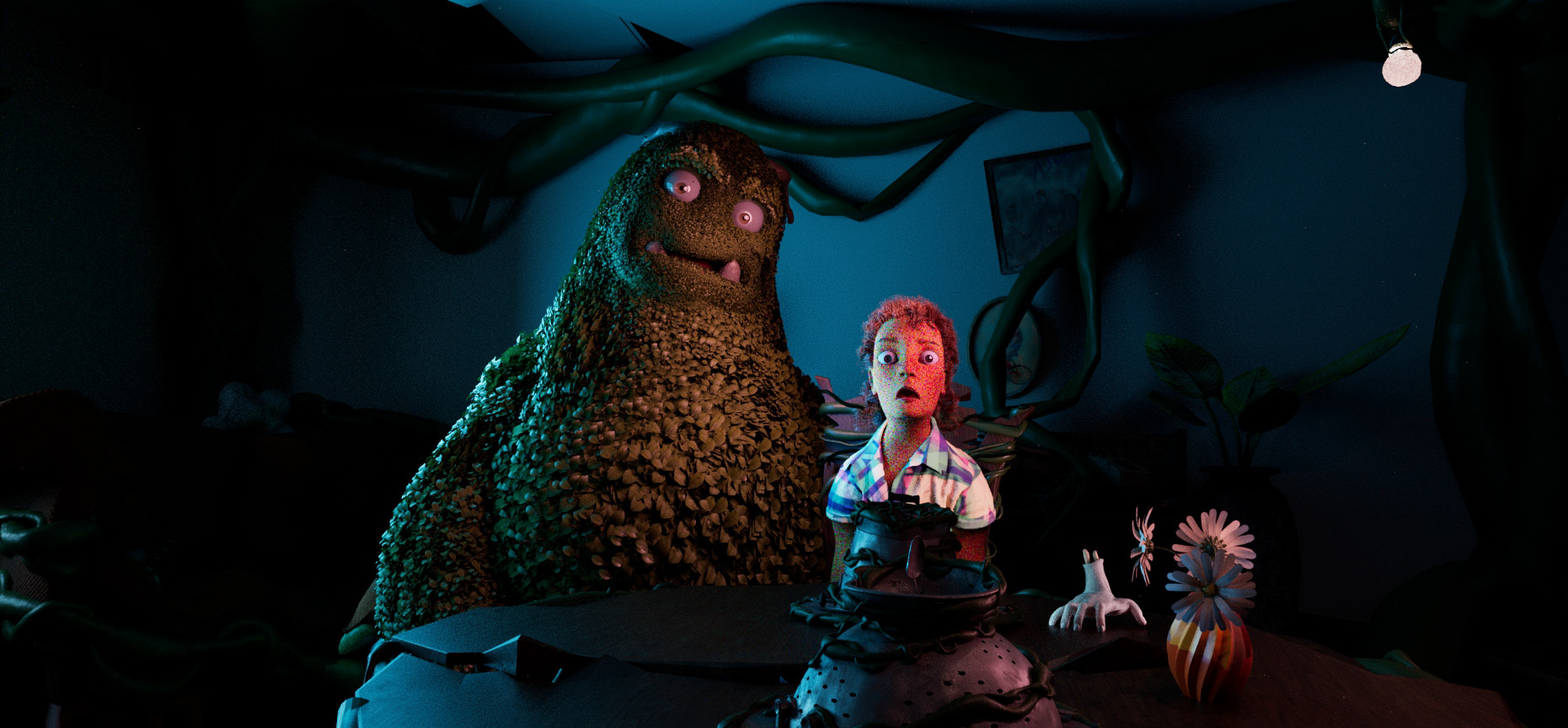
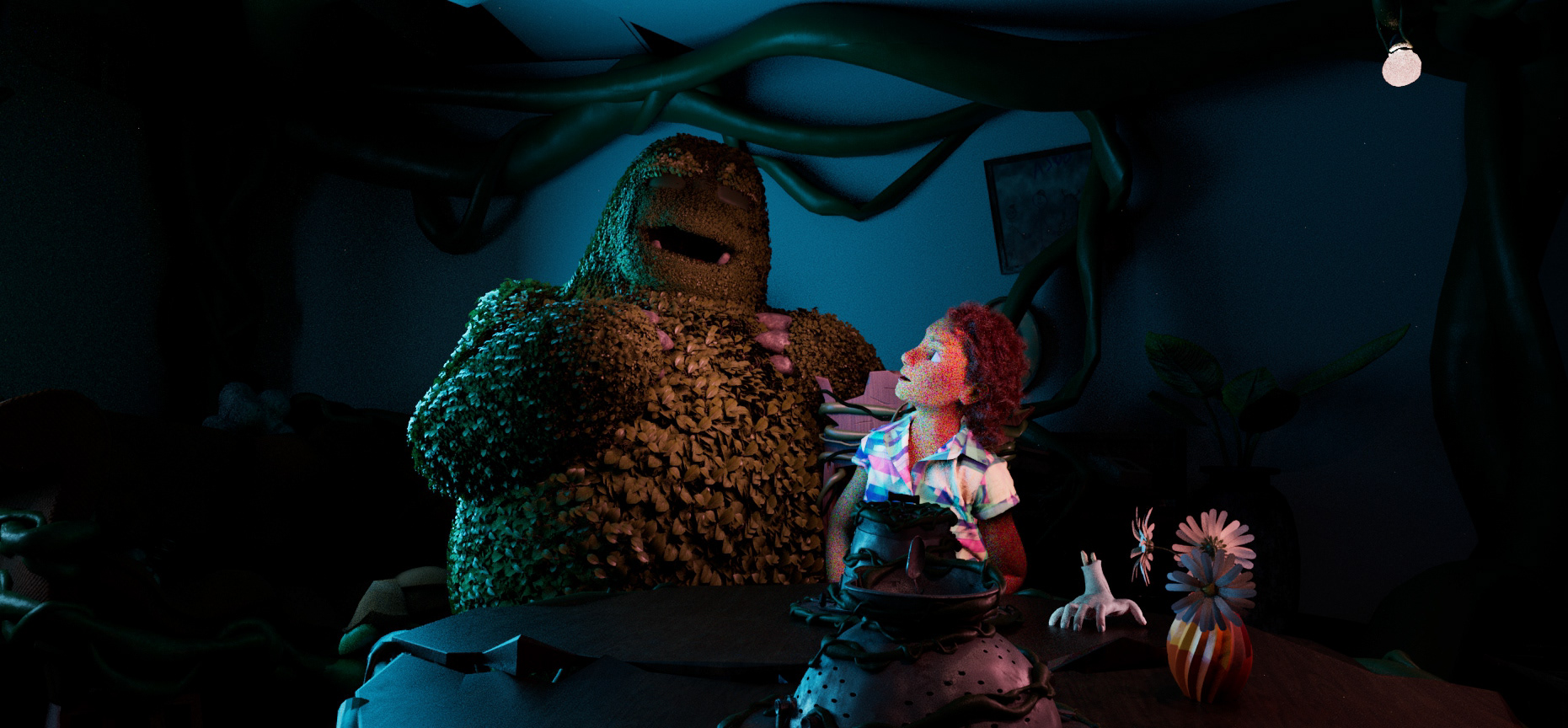
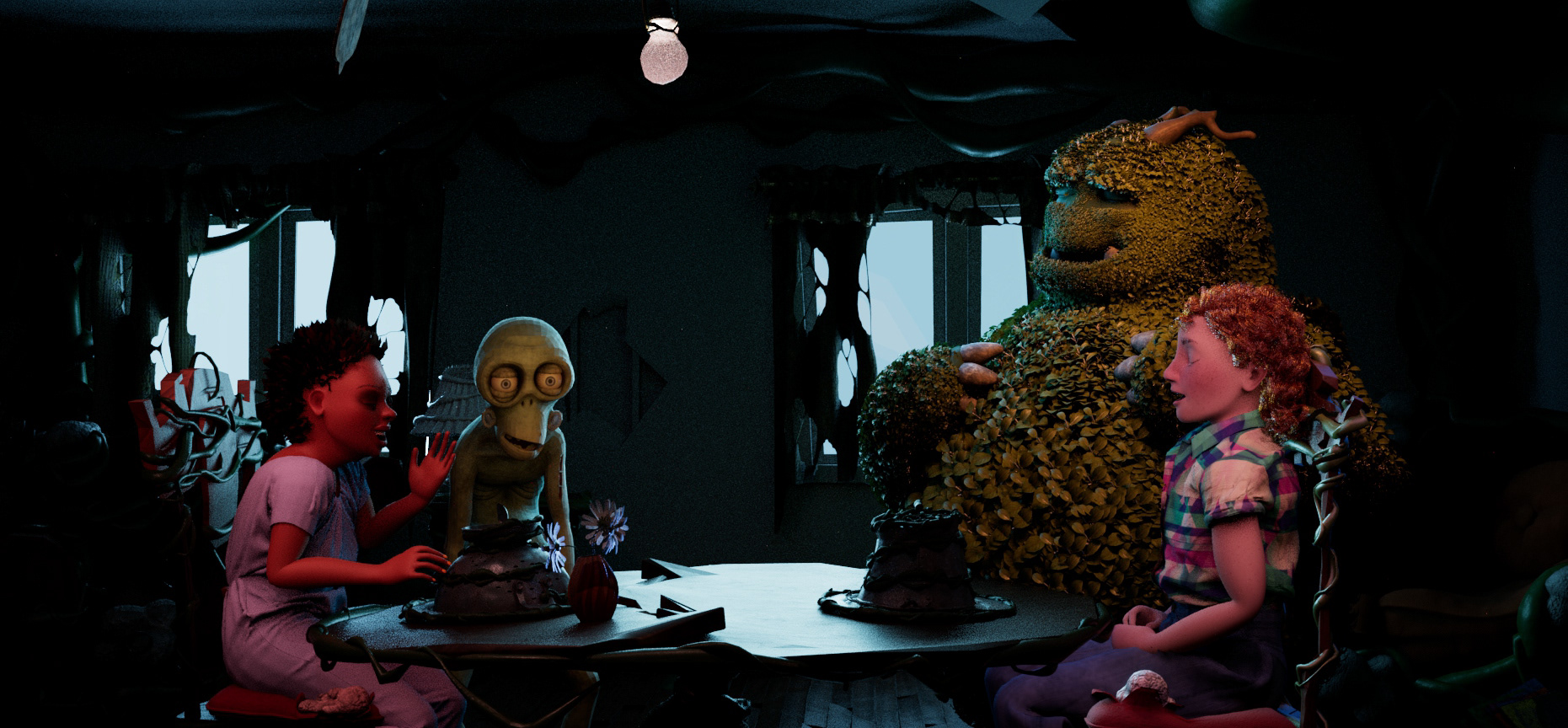
Current Animatic
